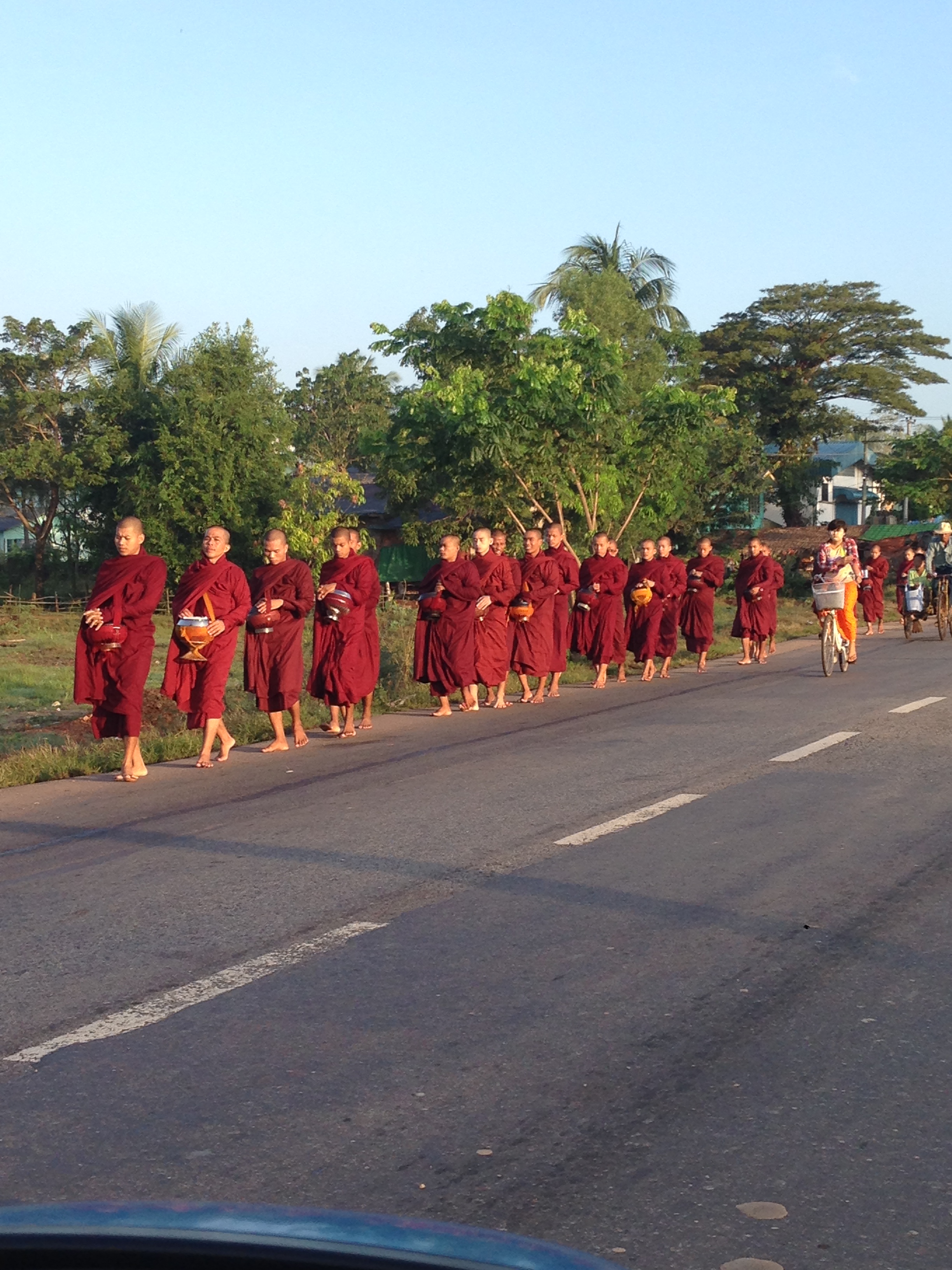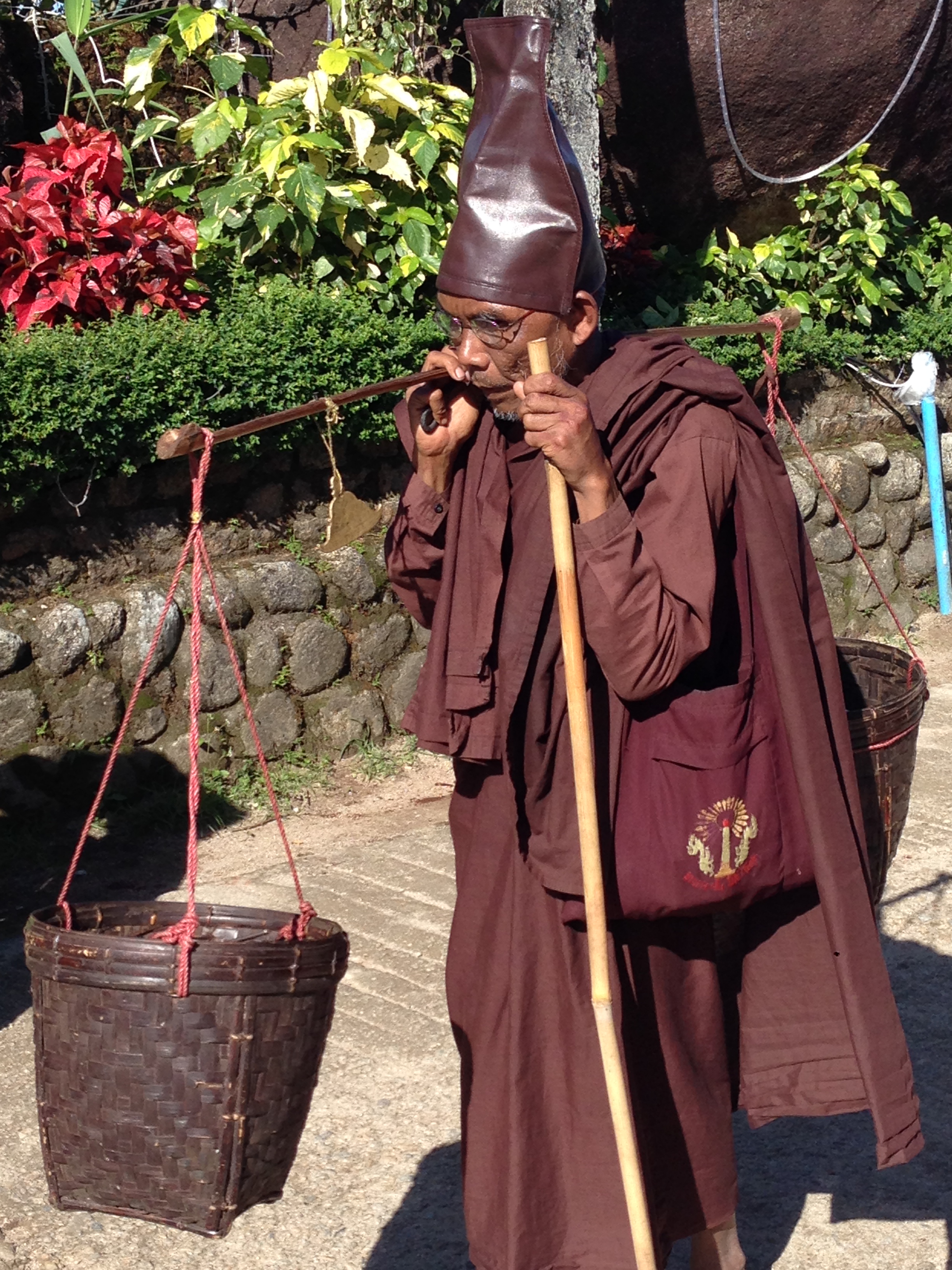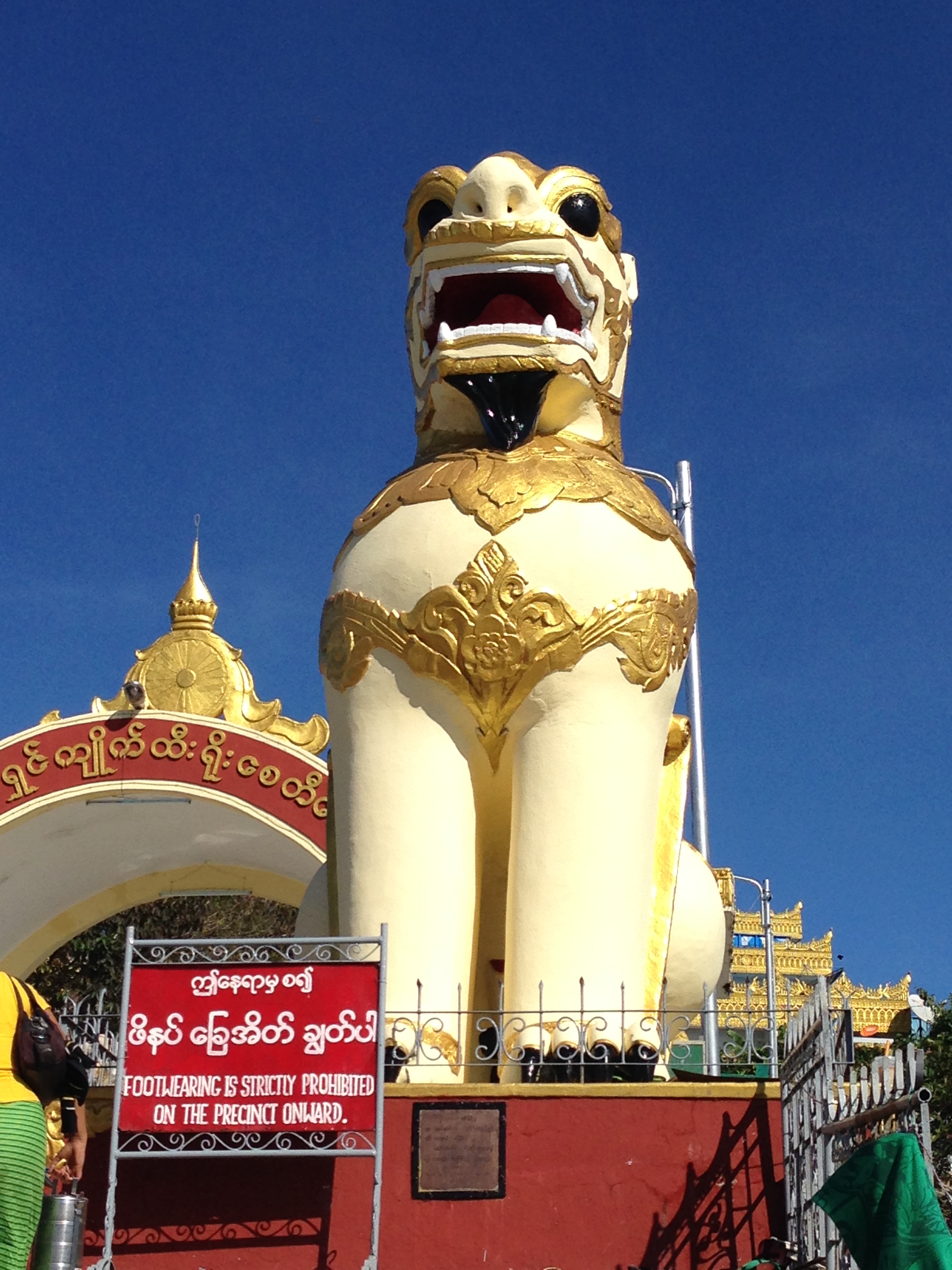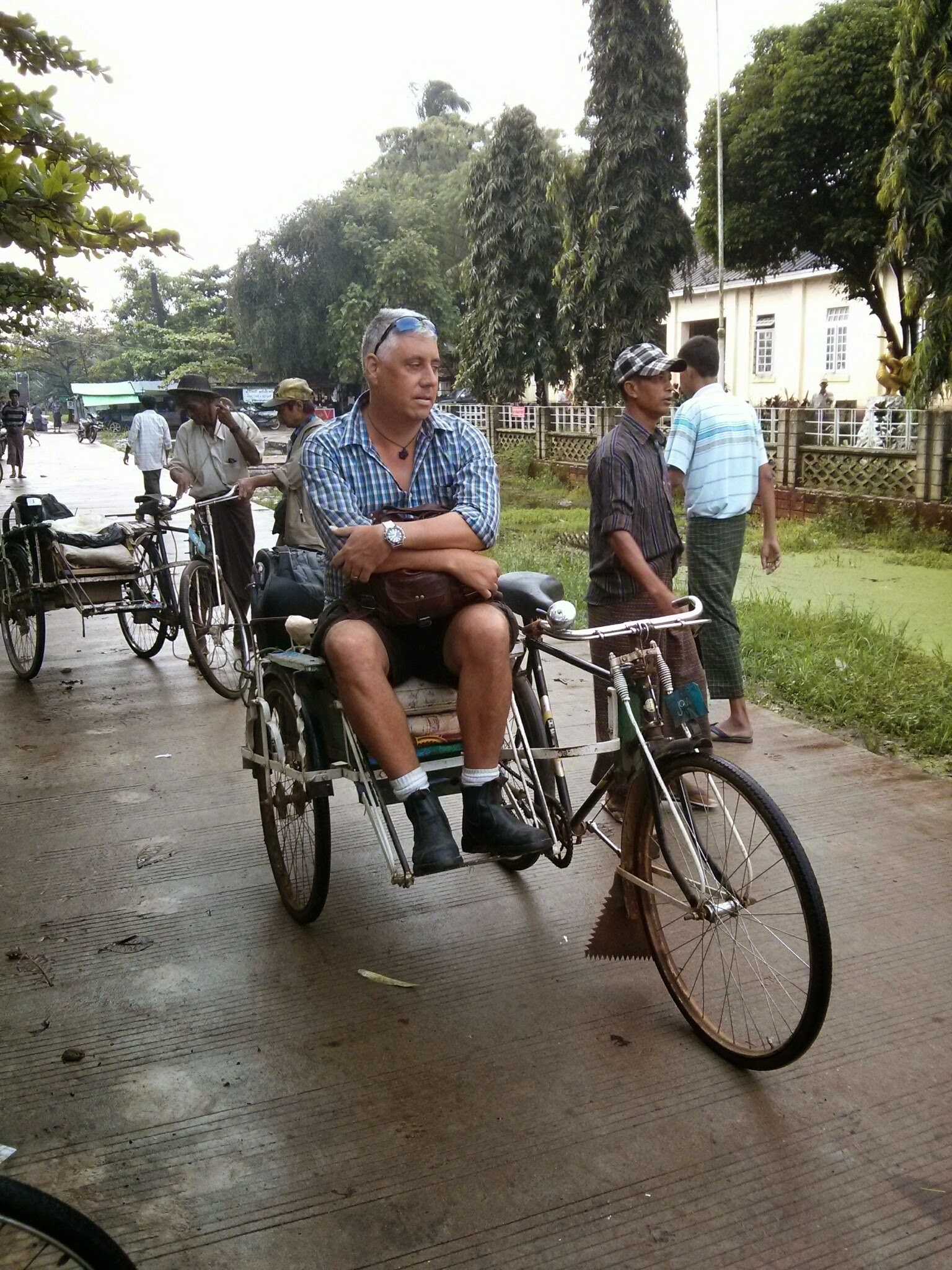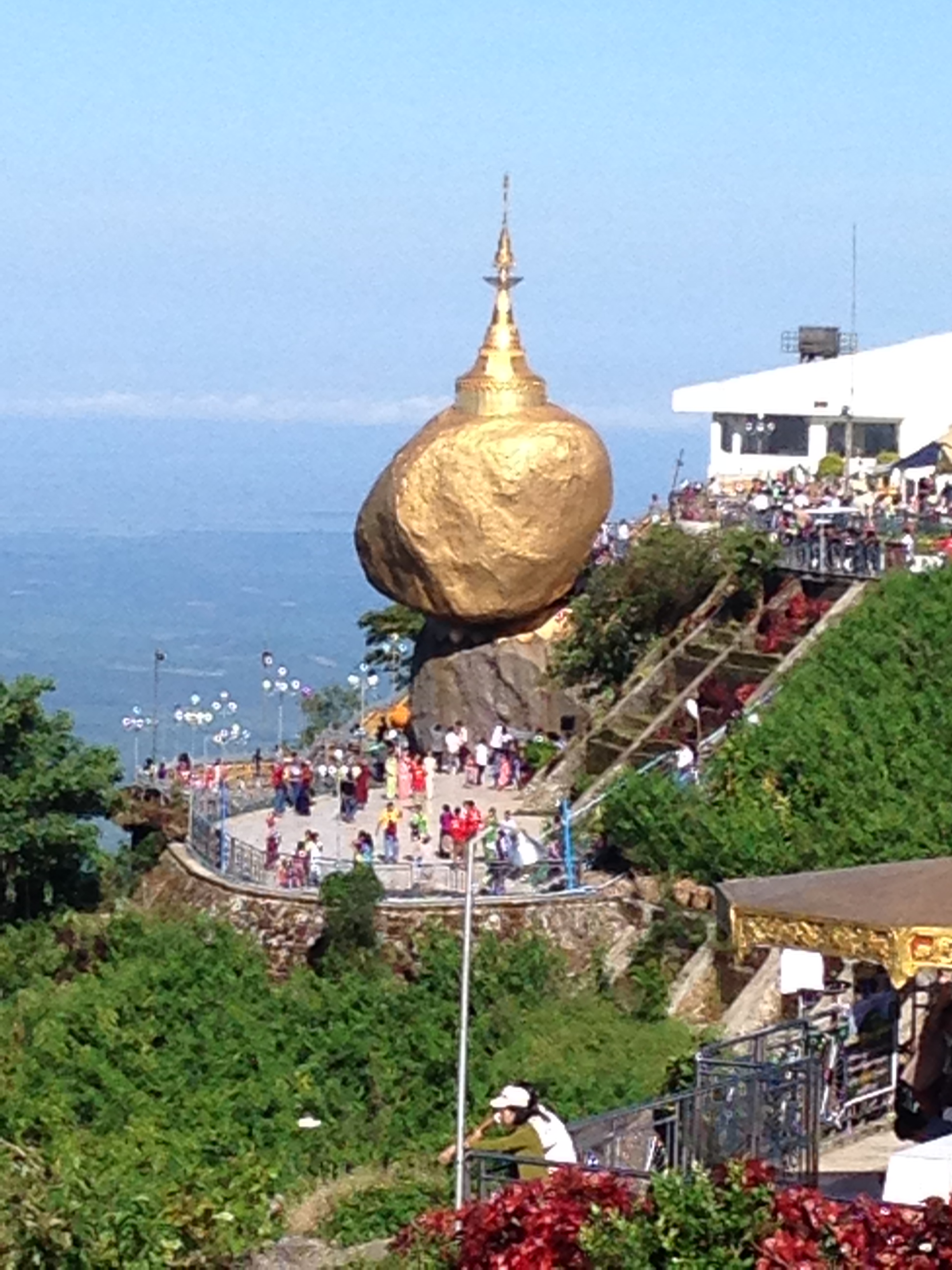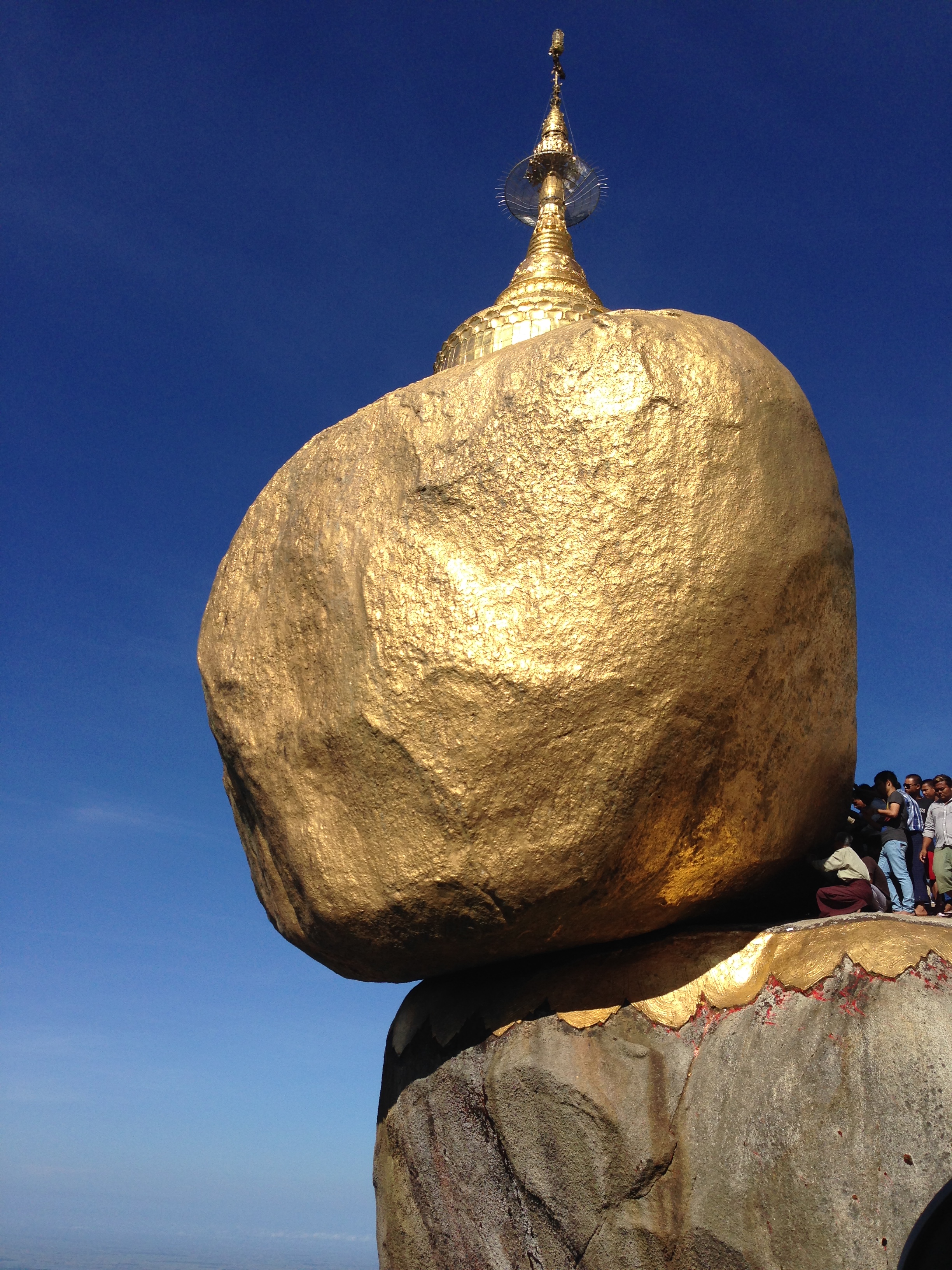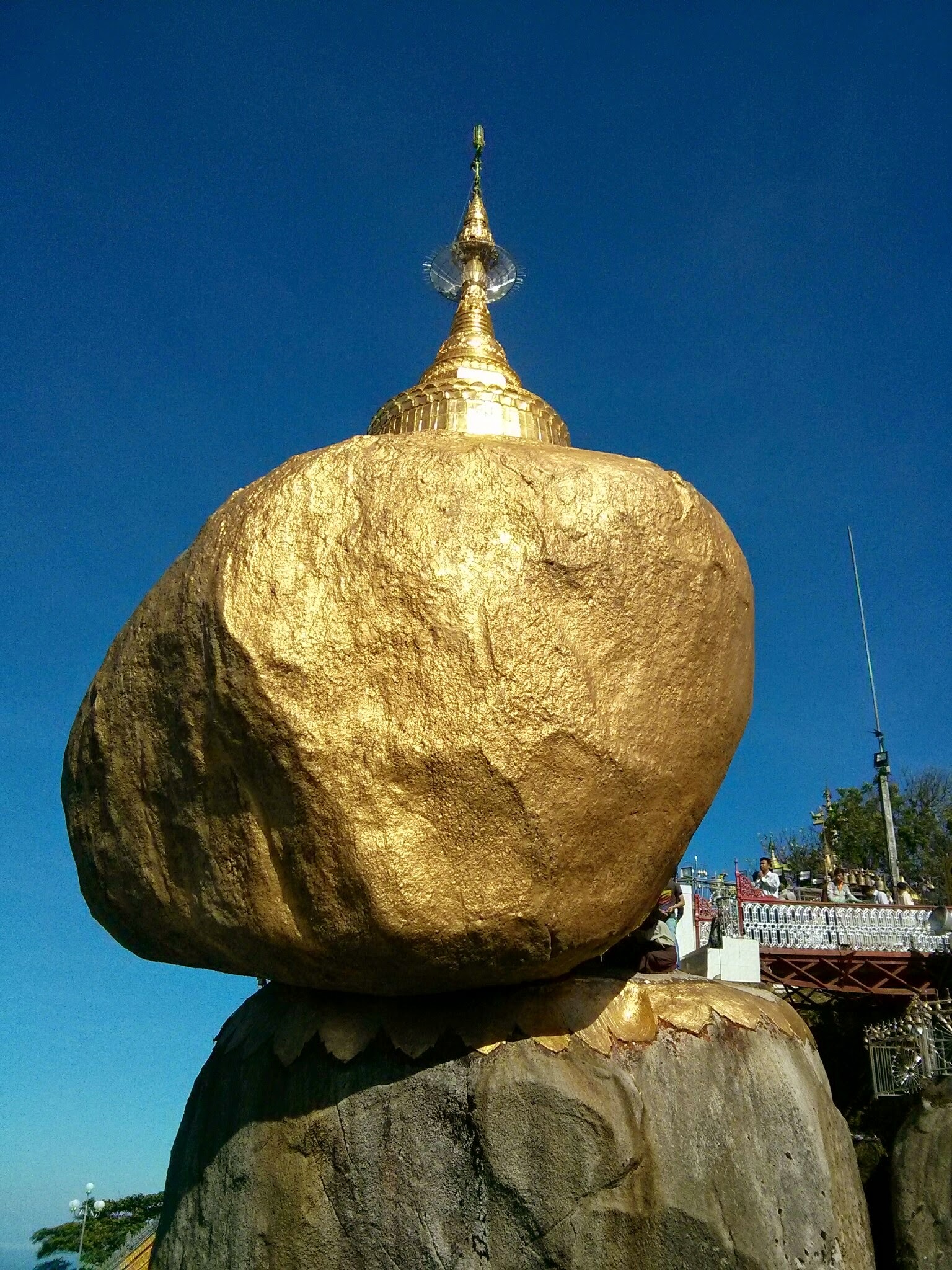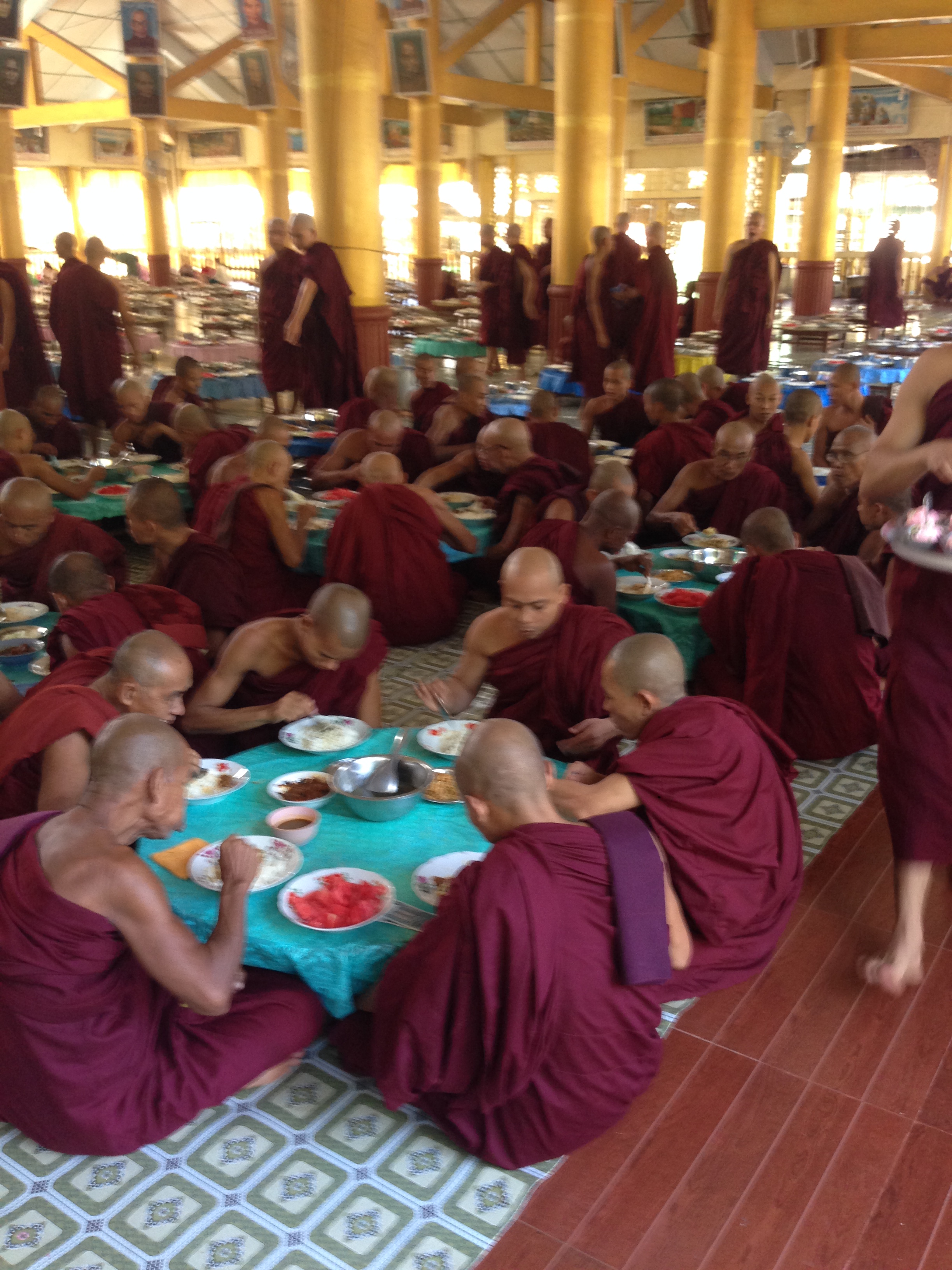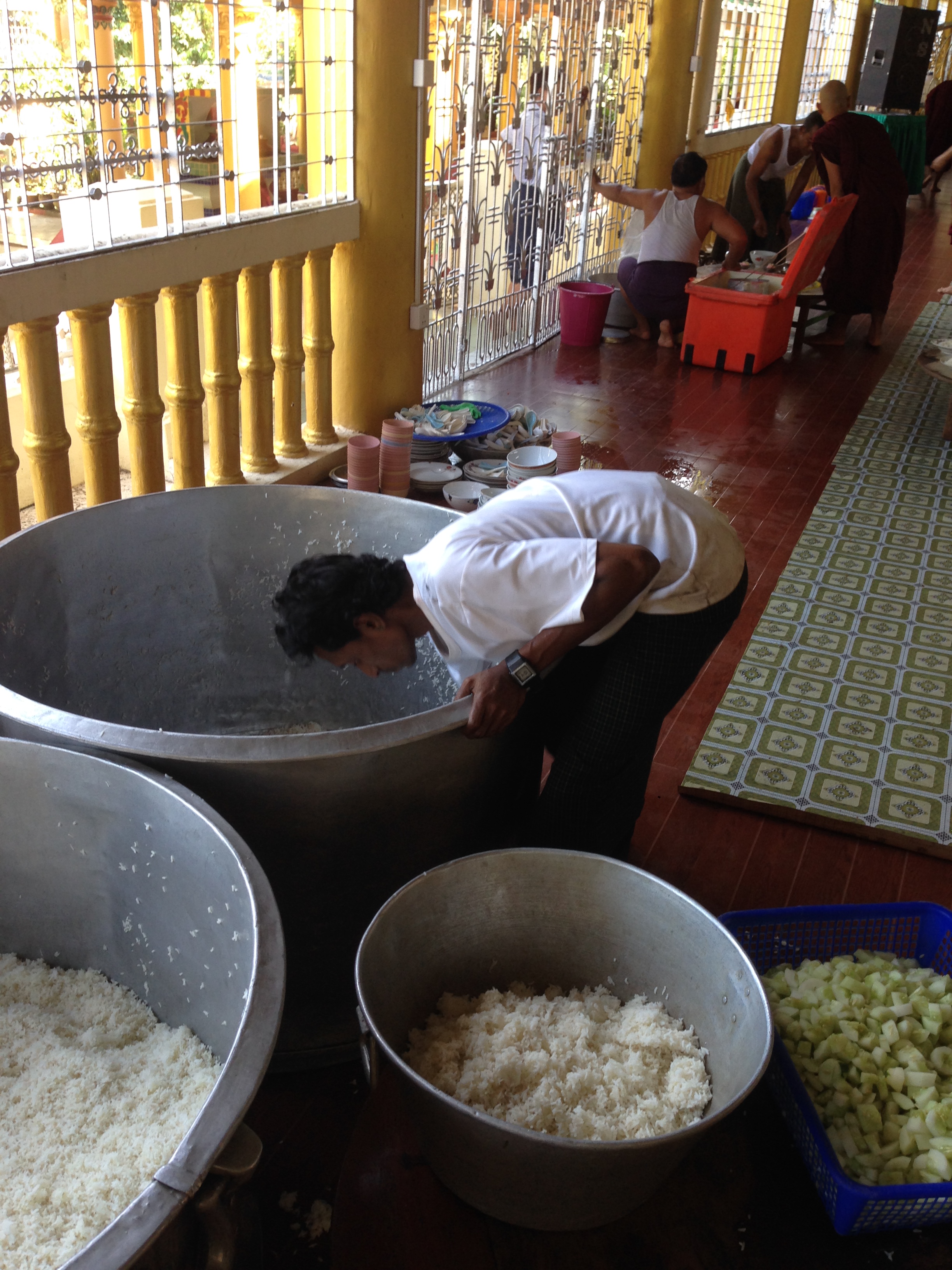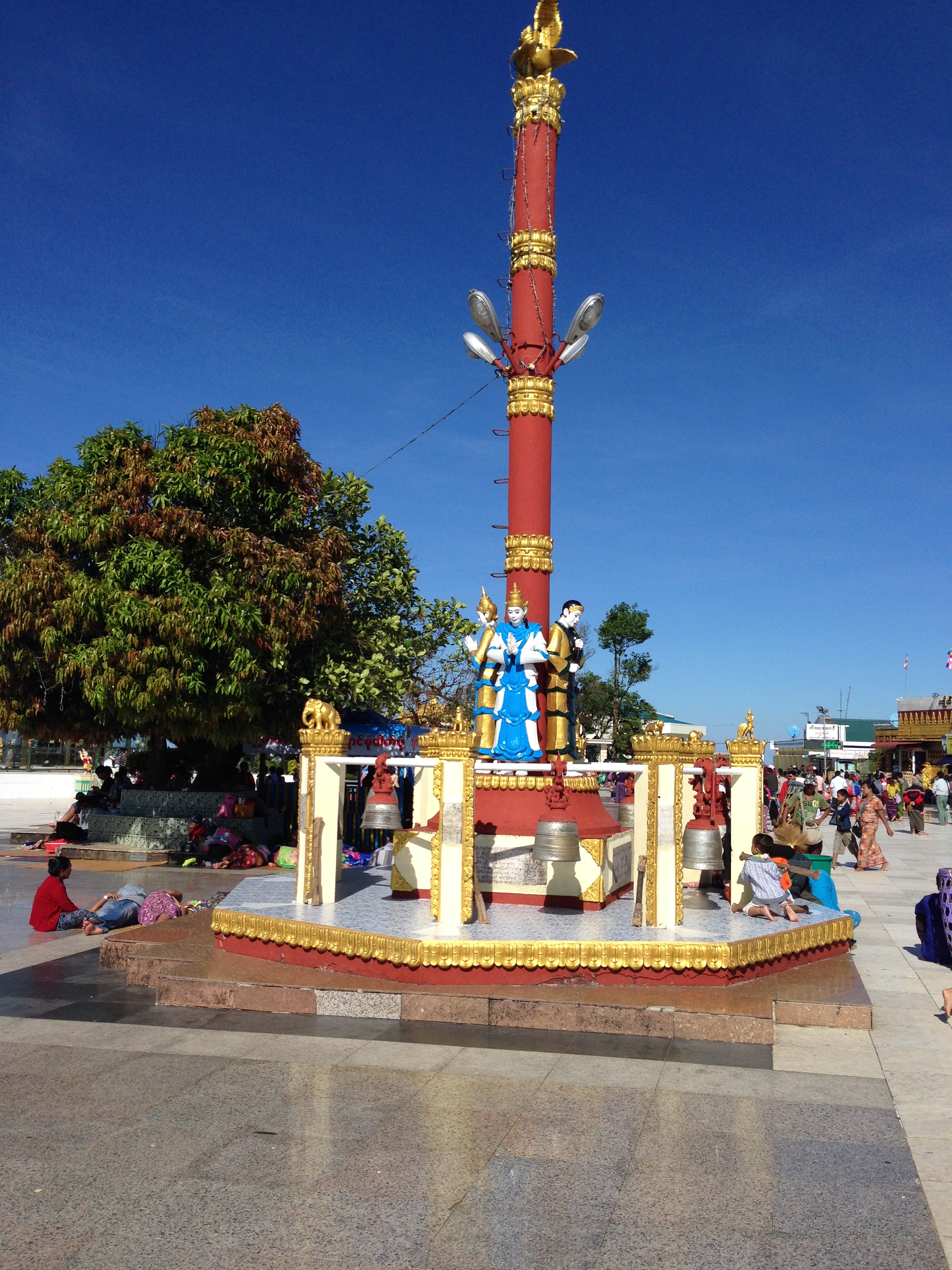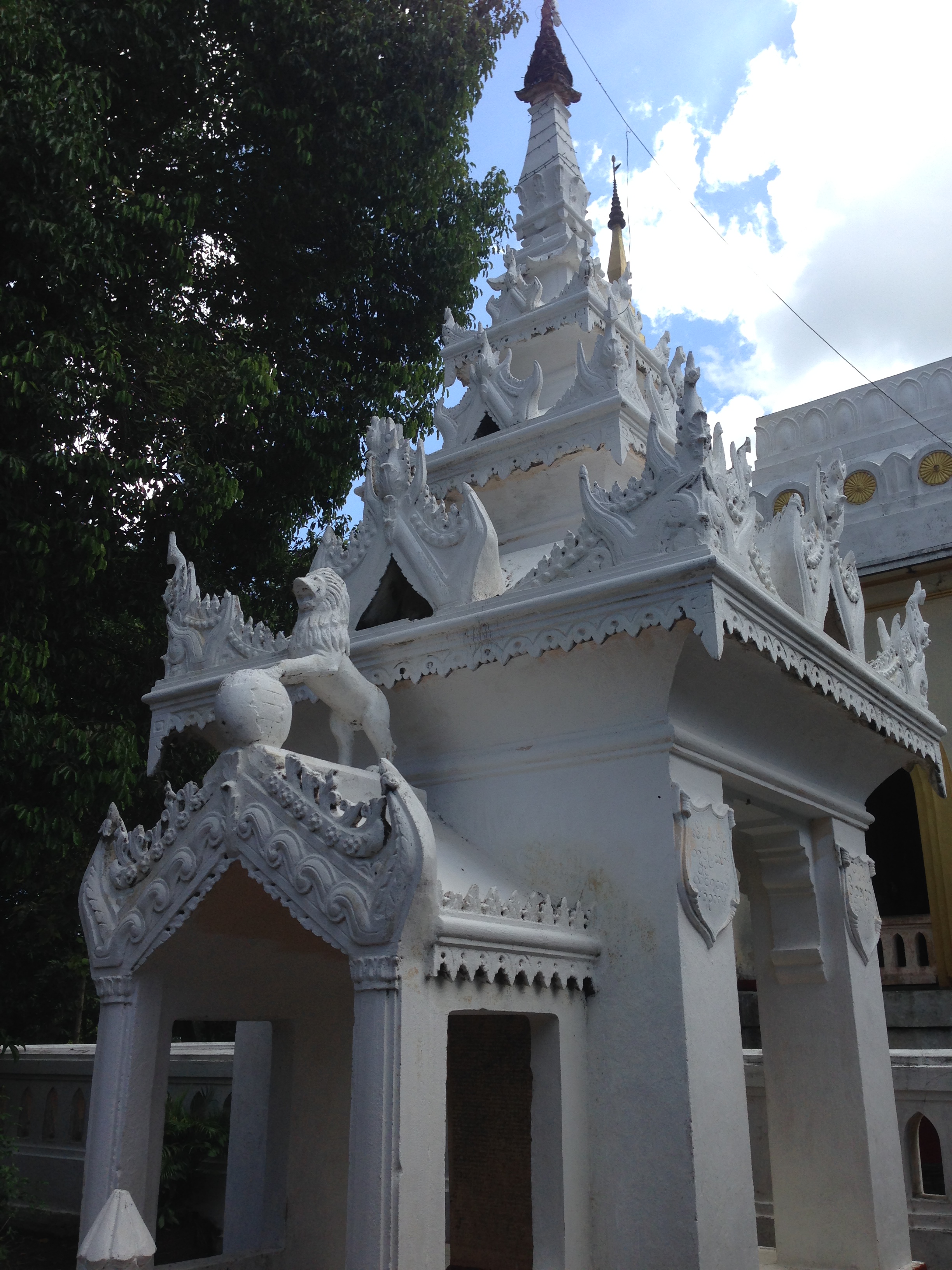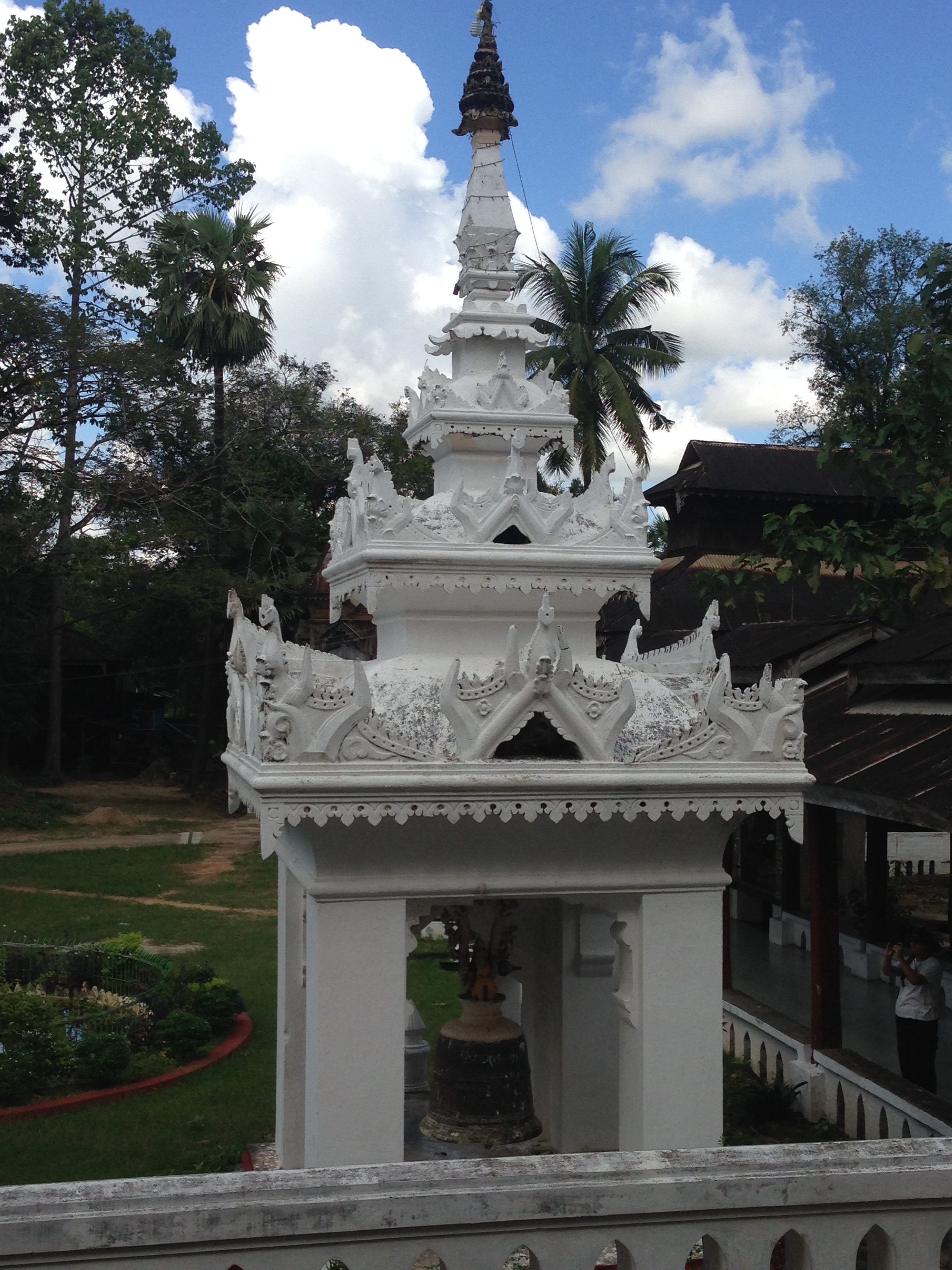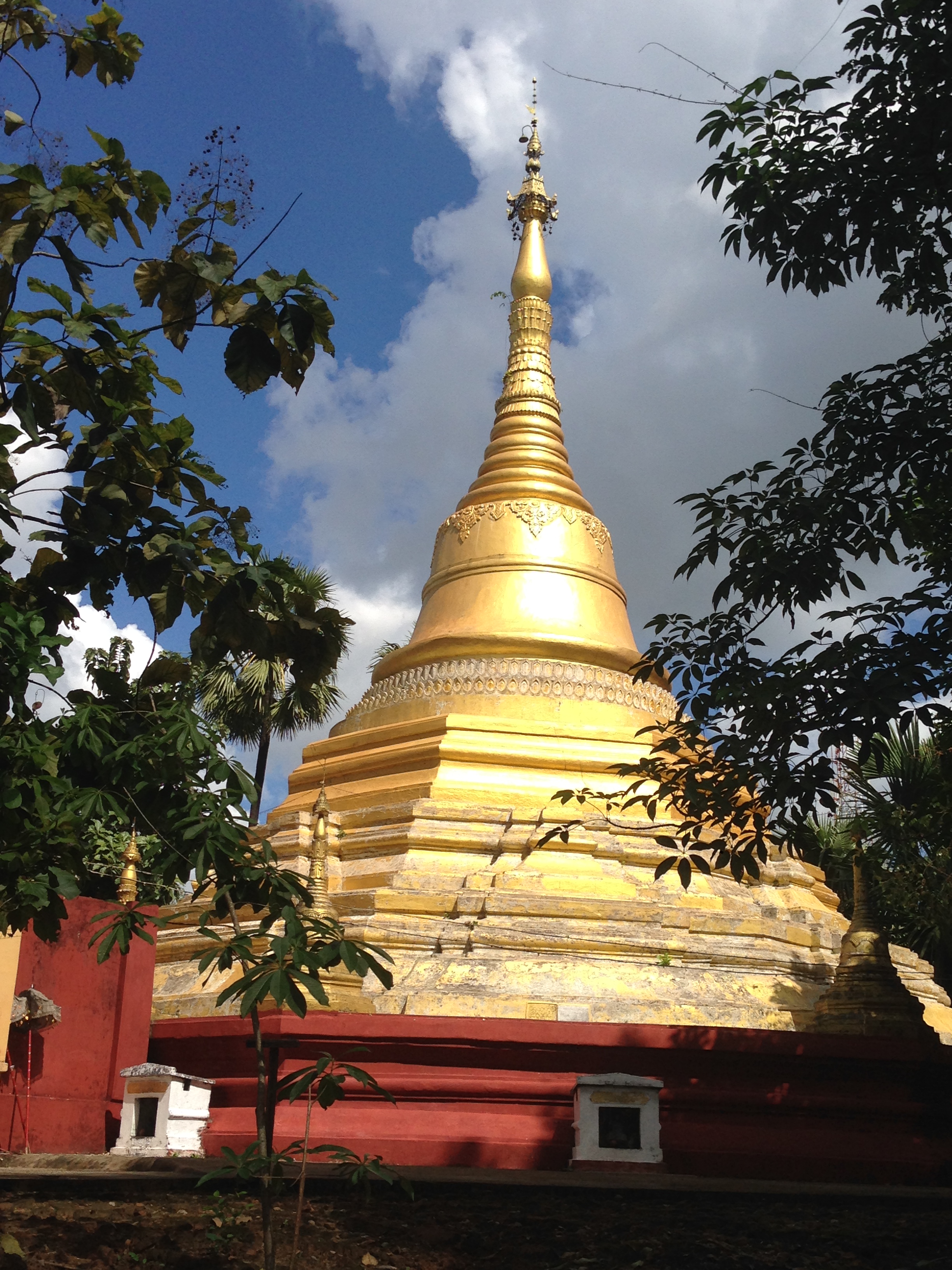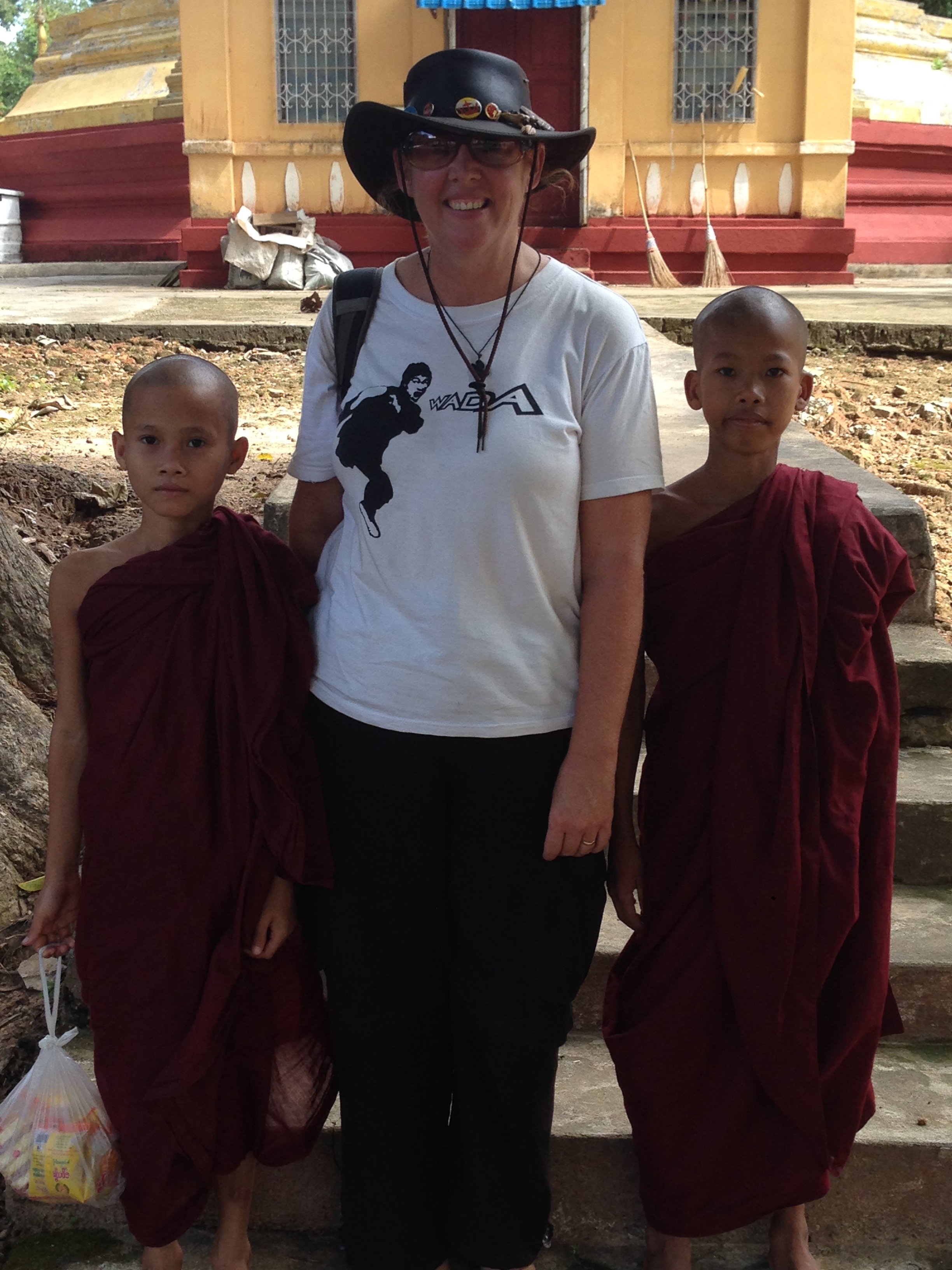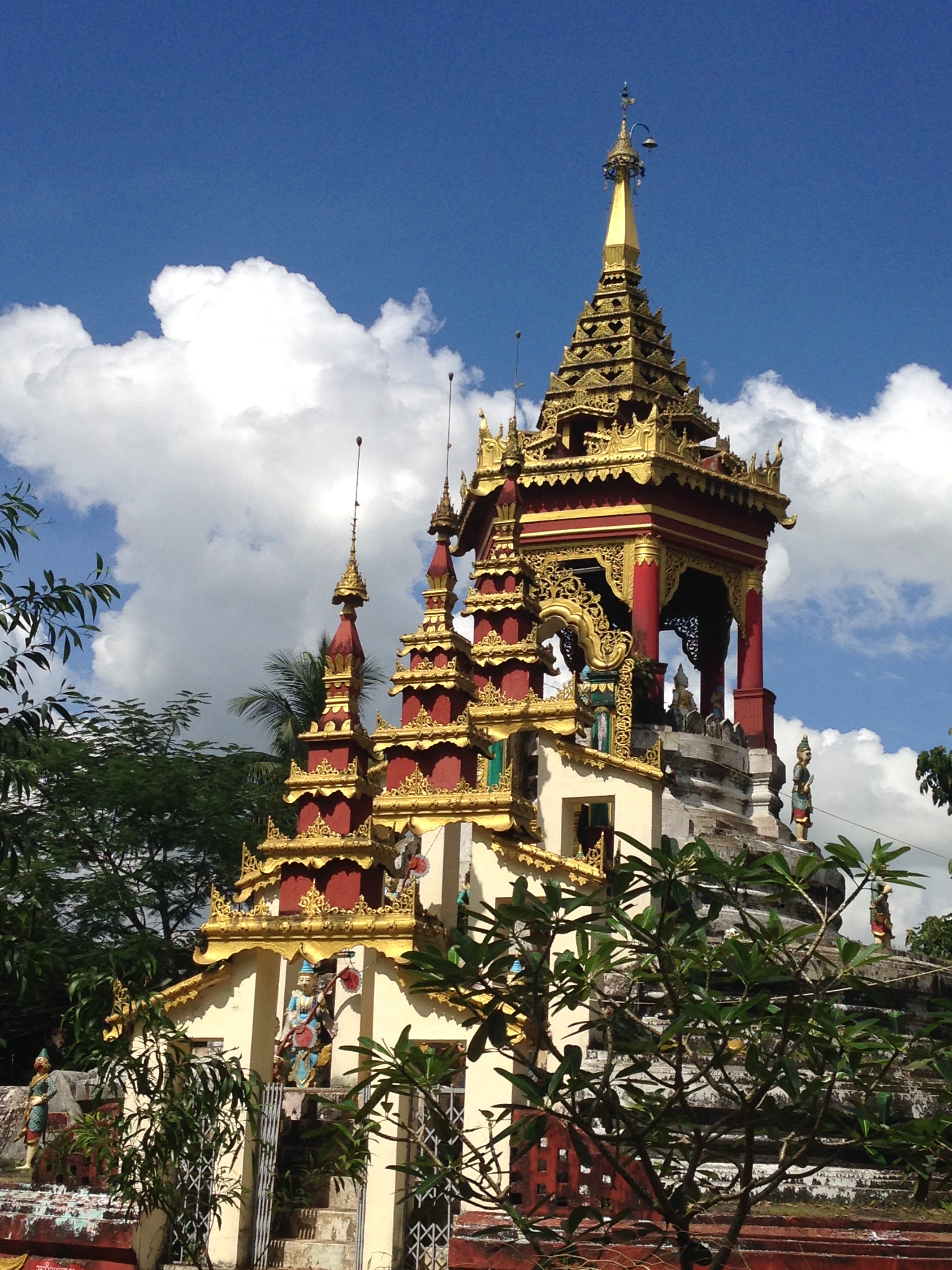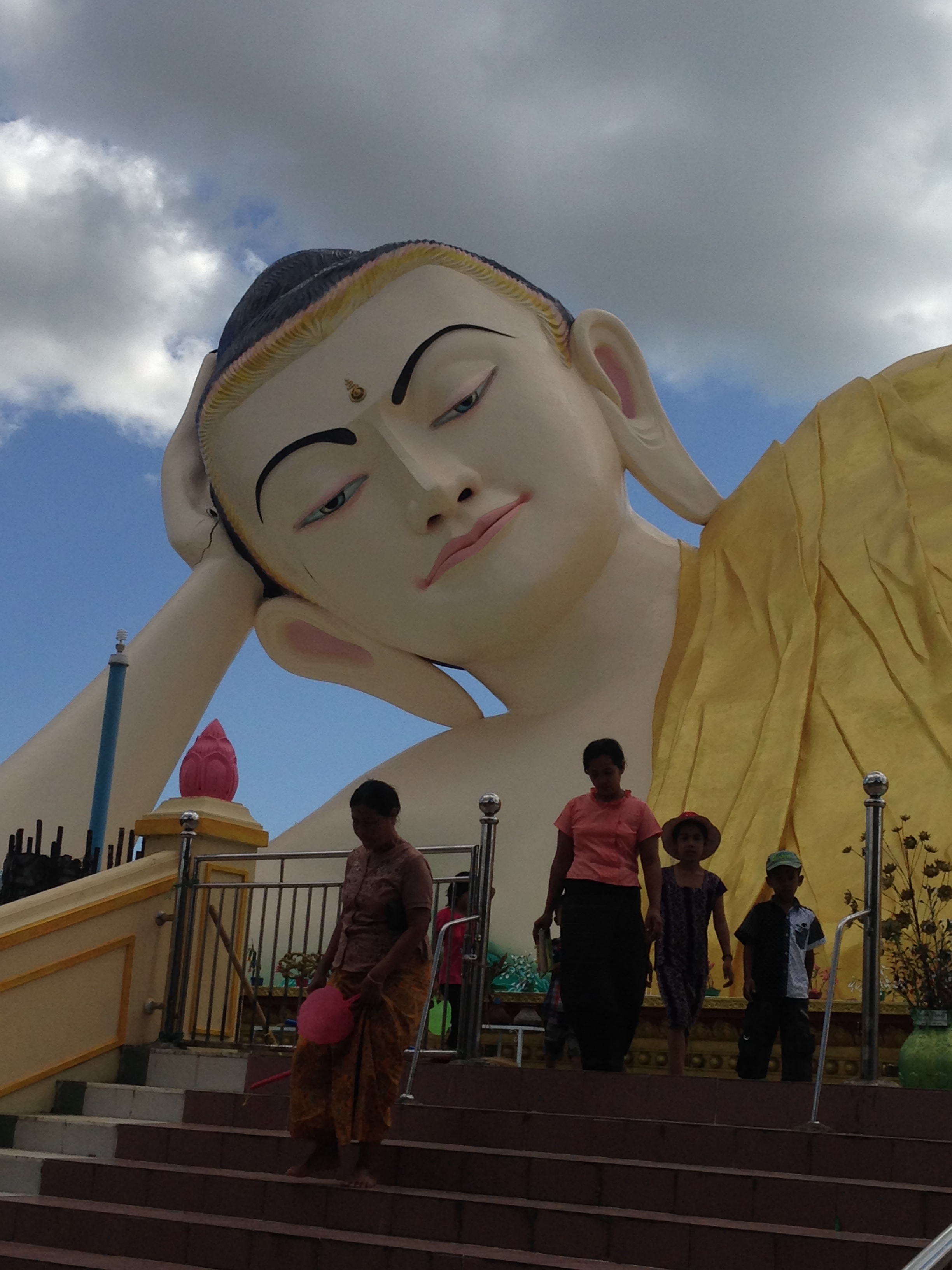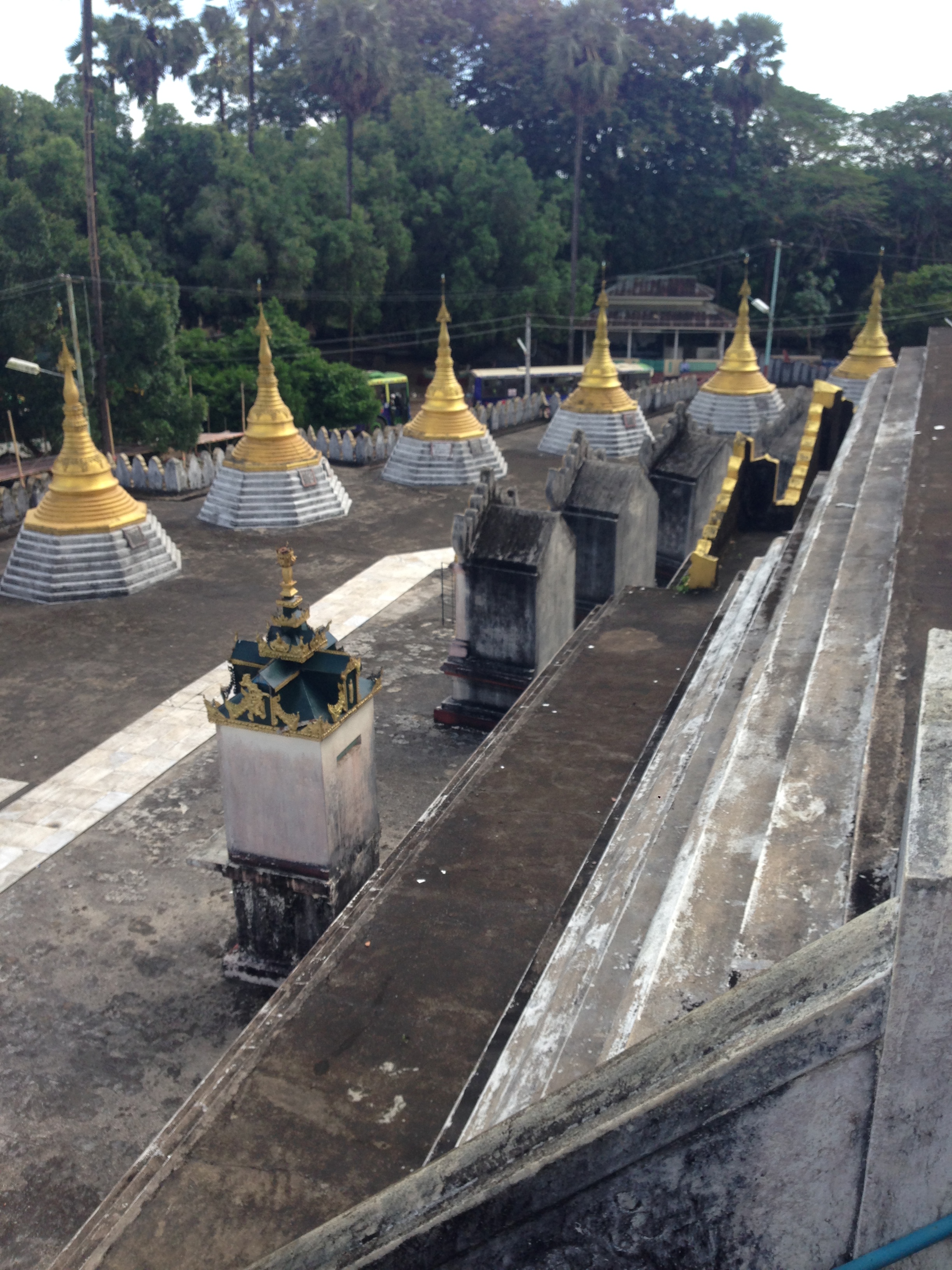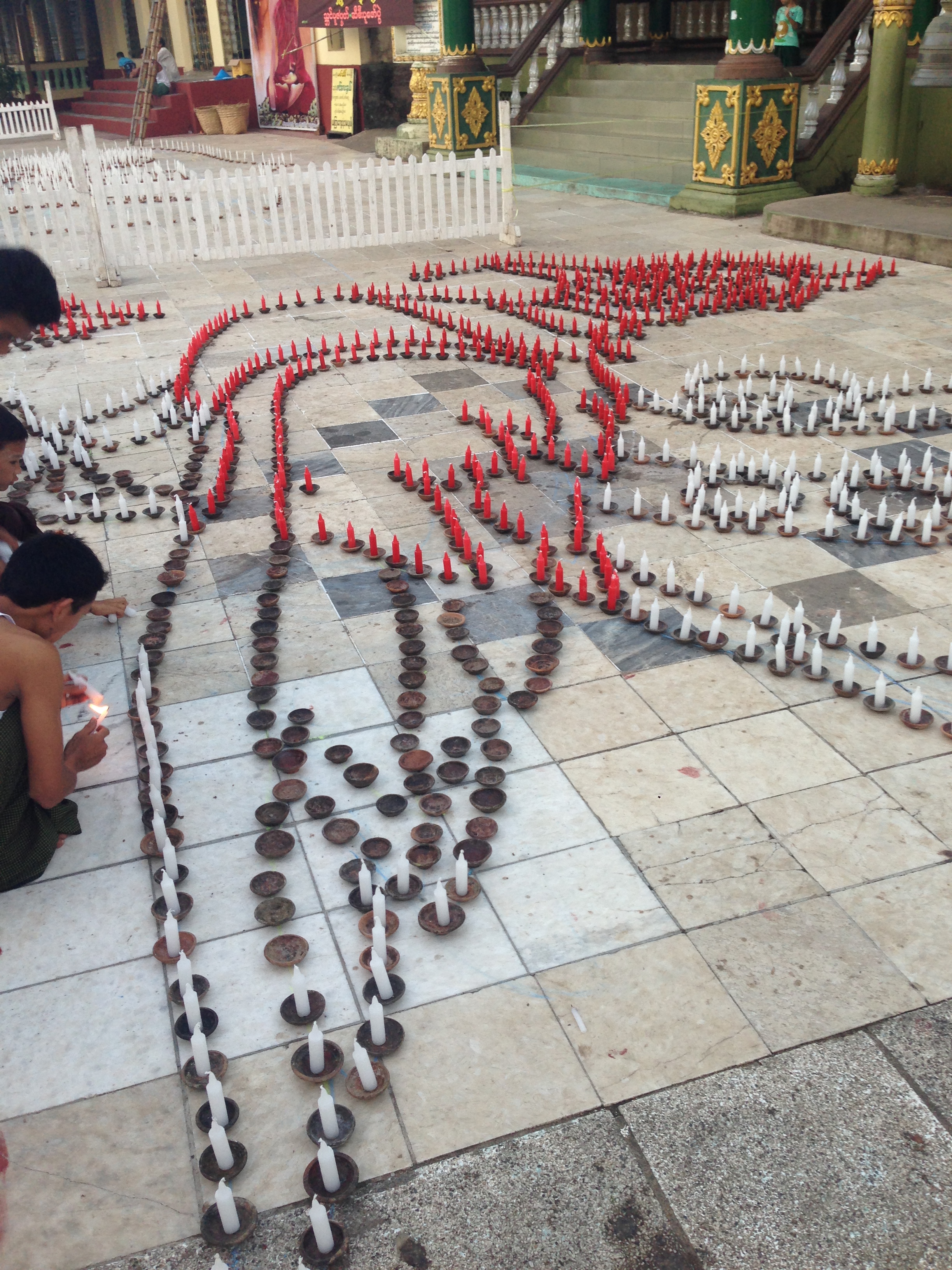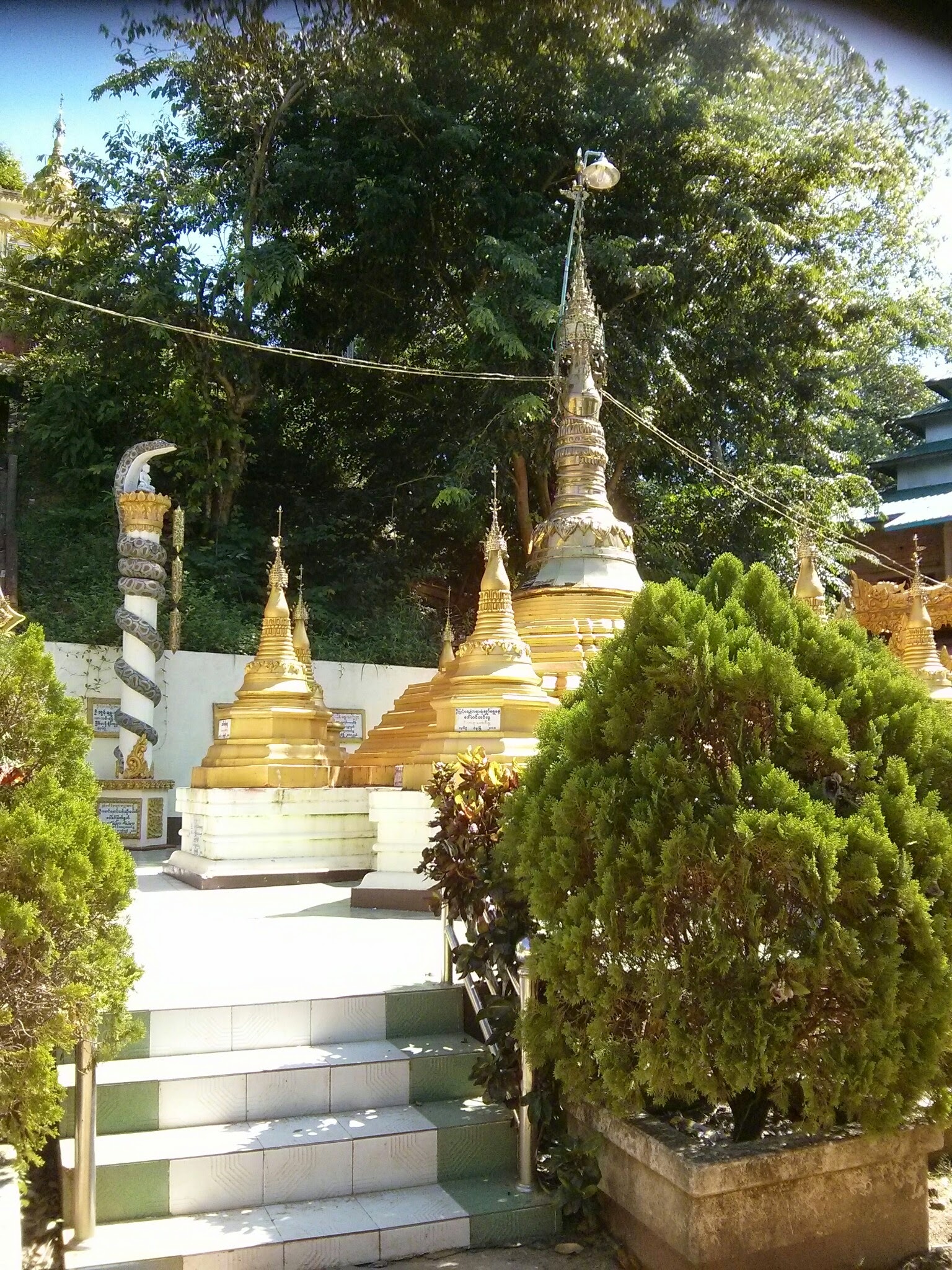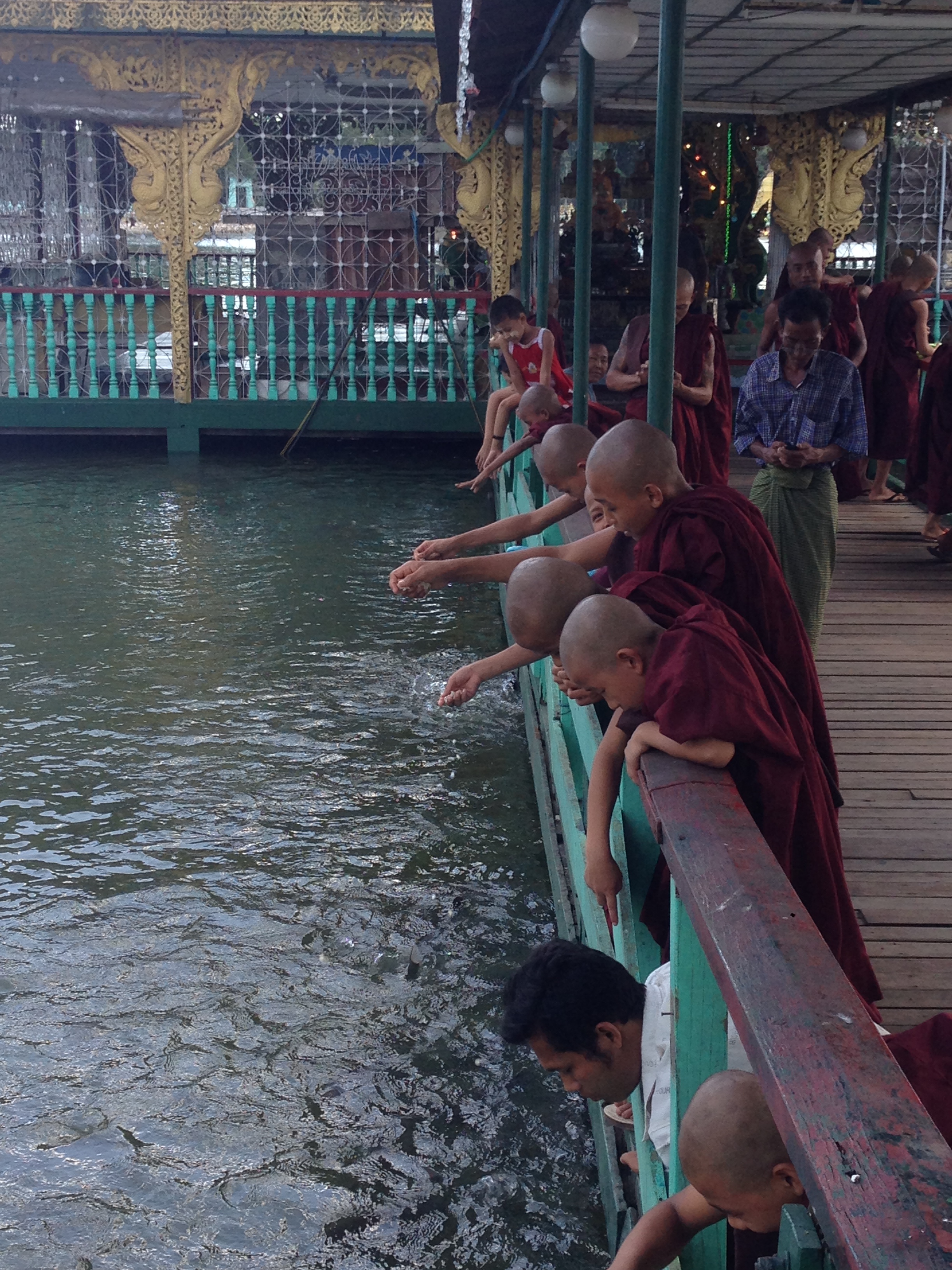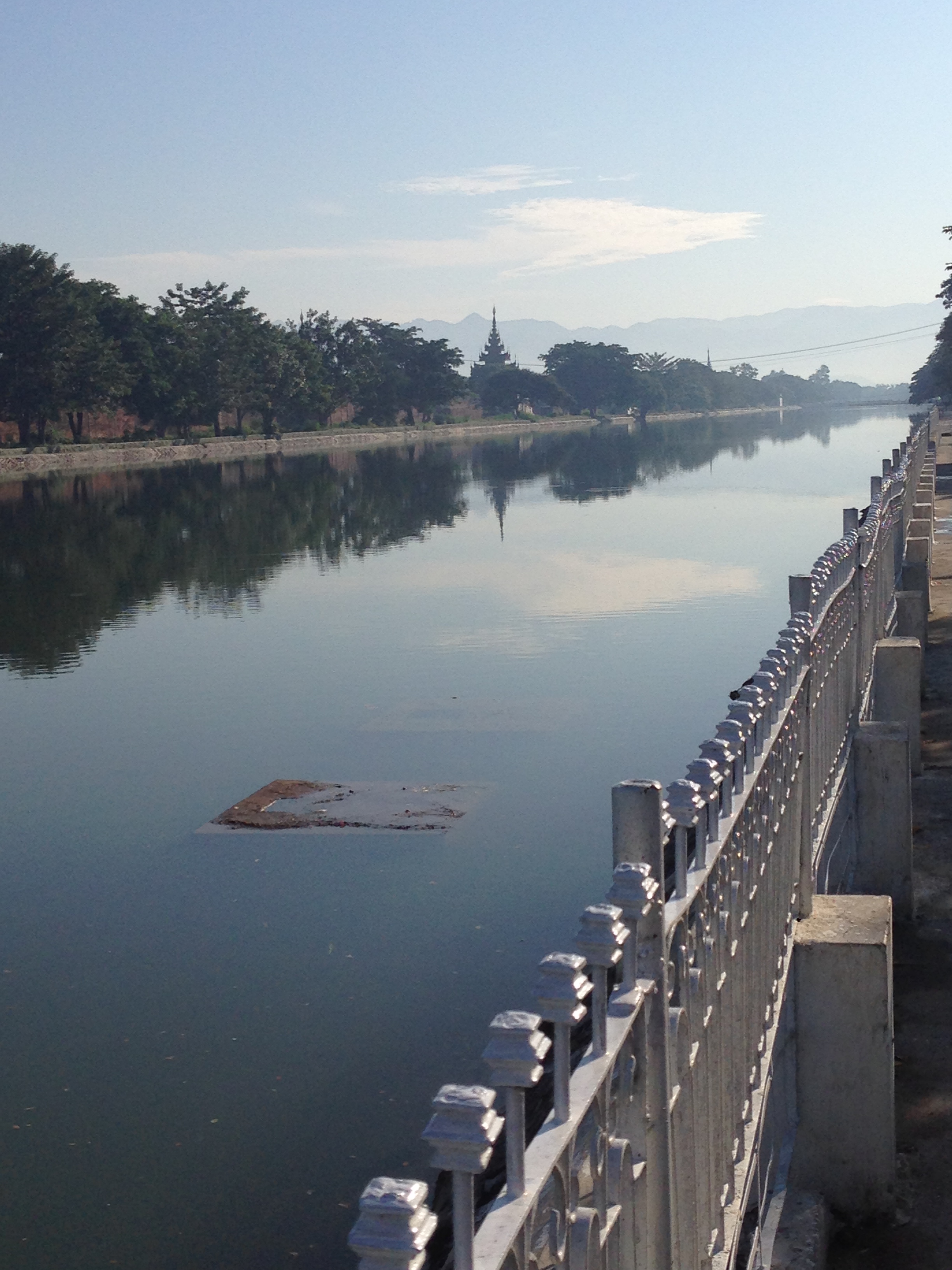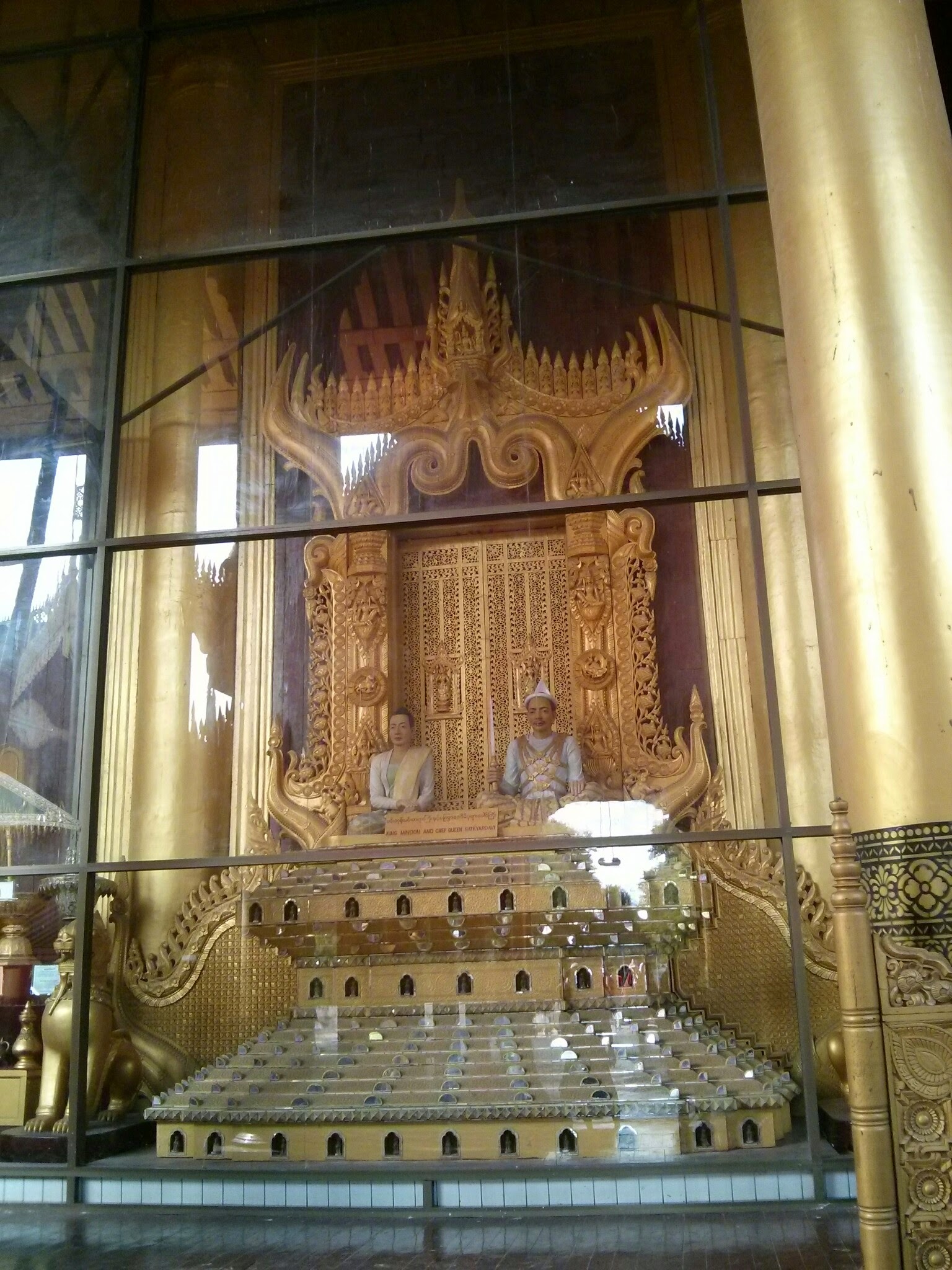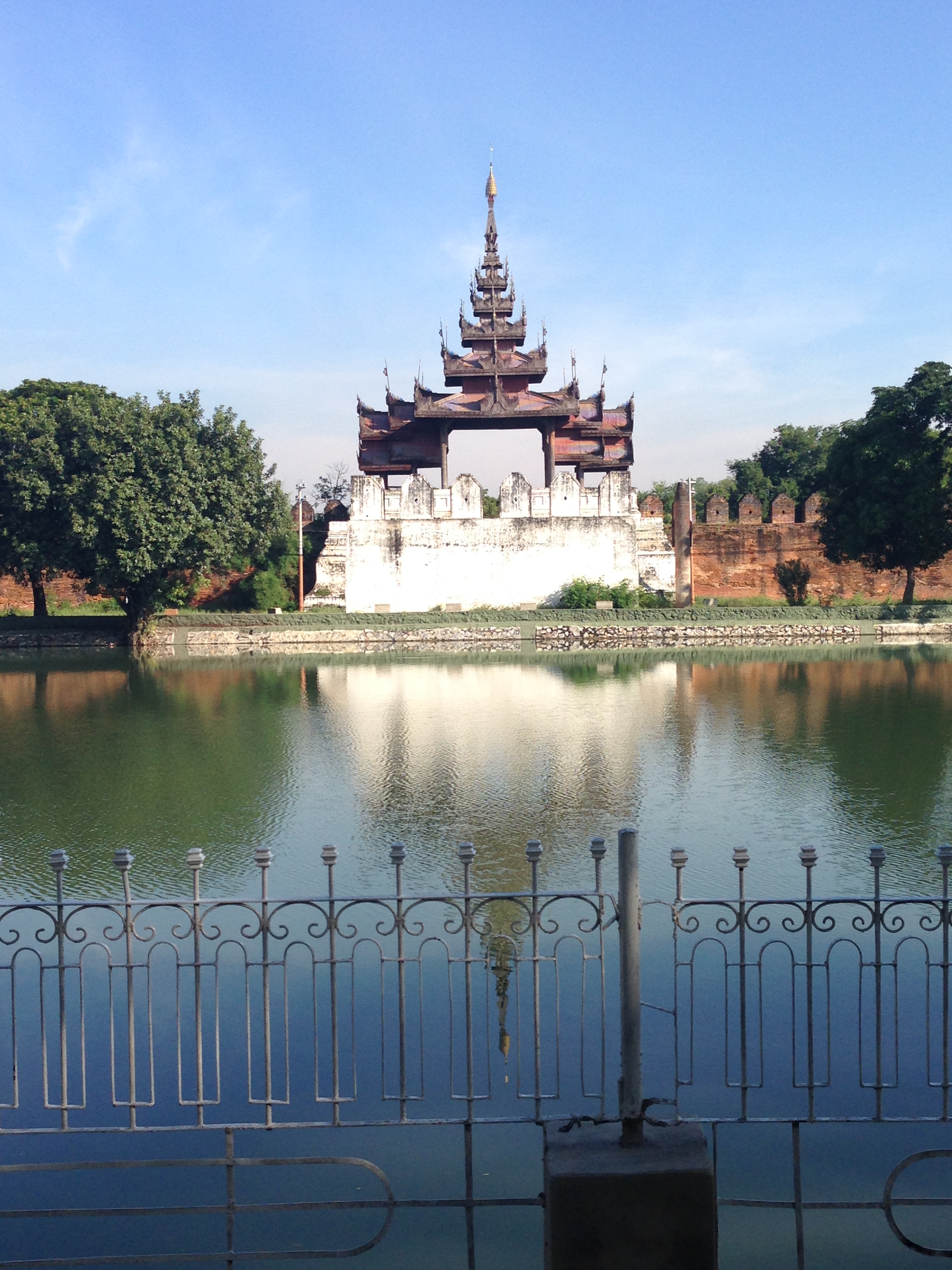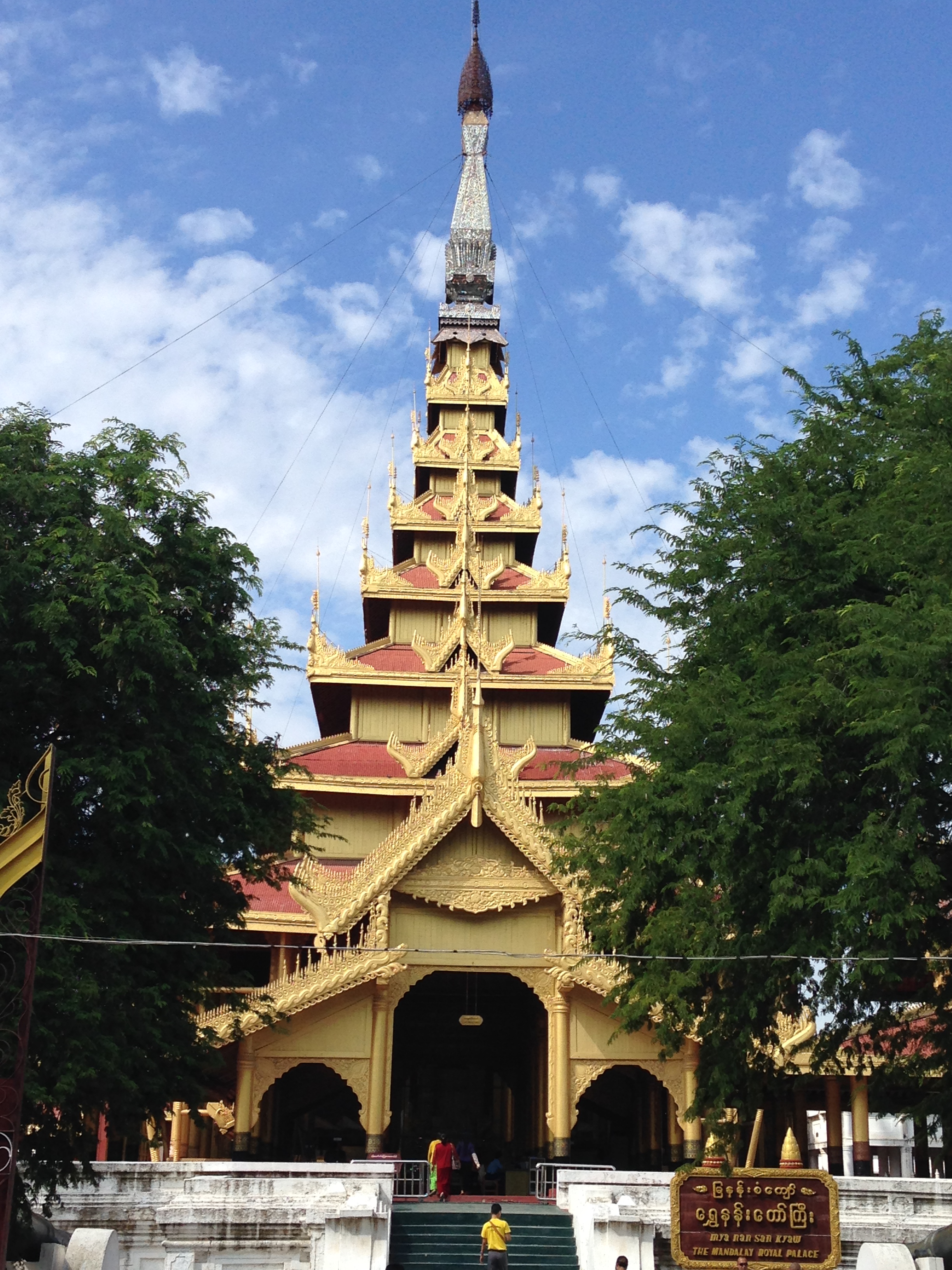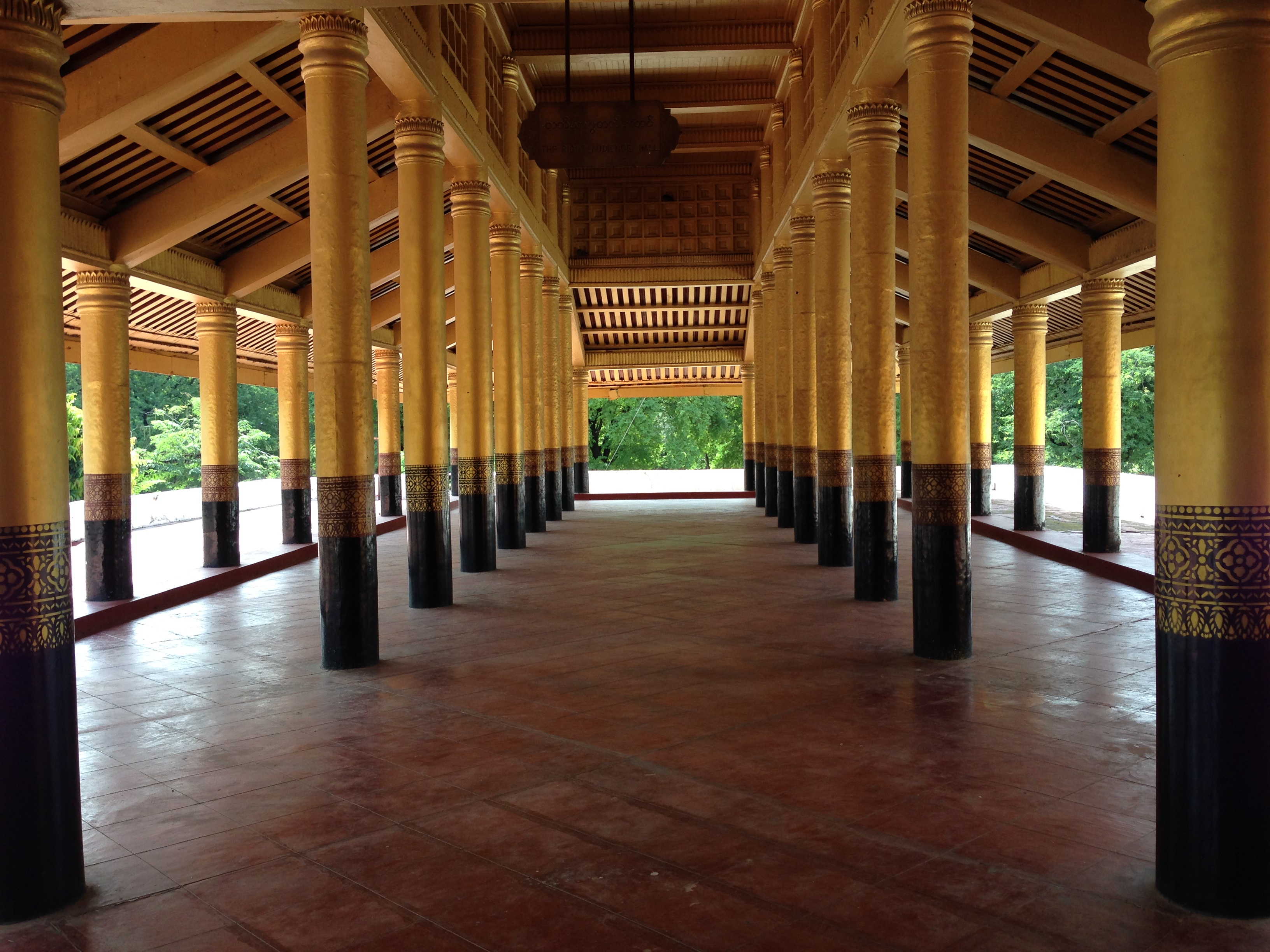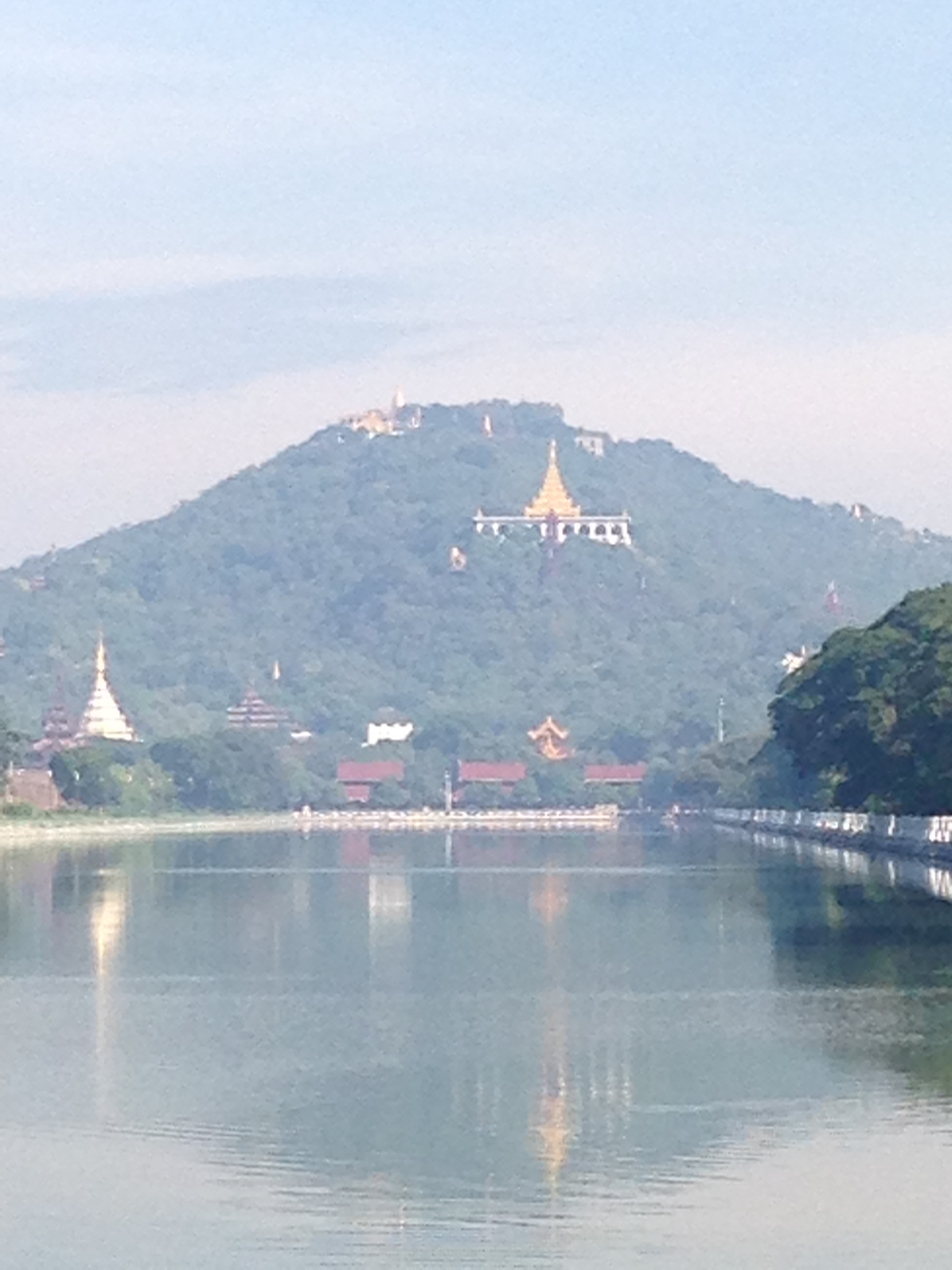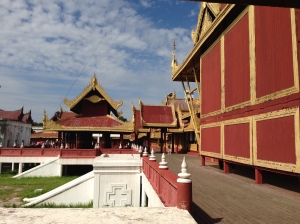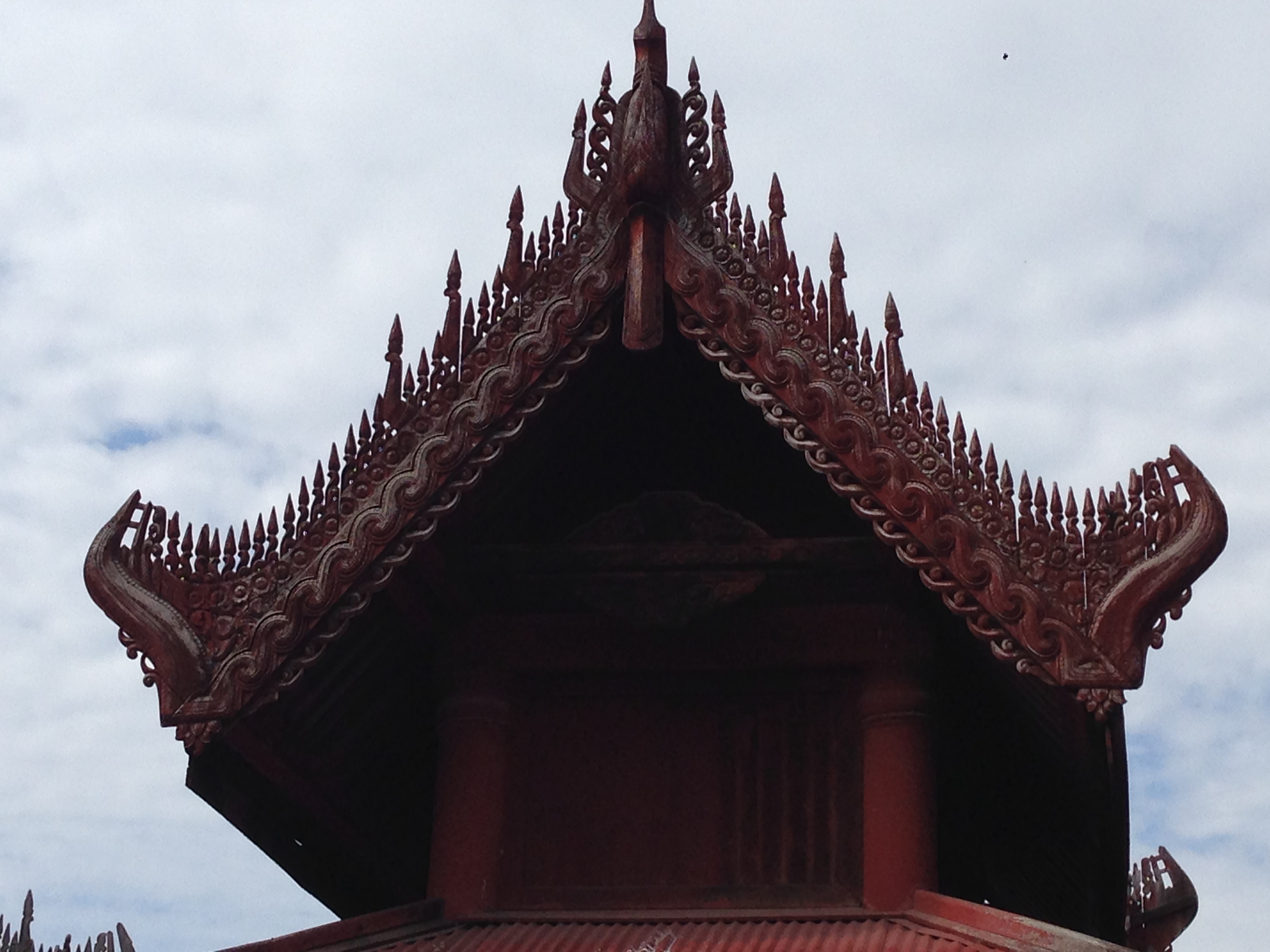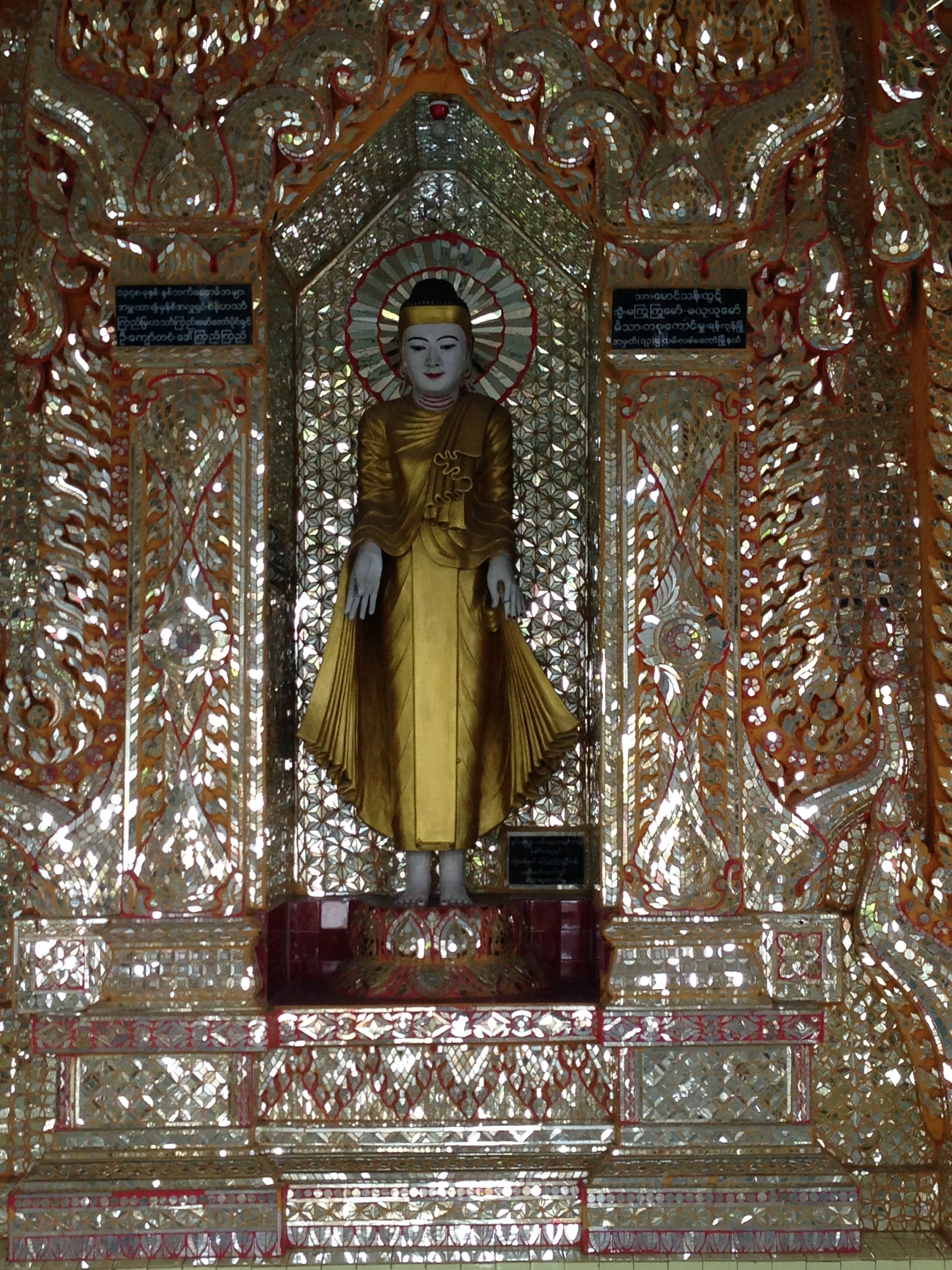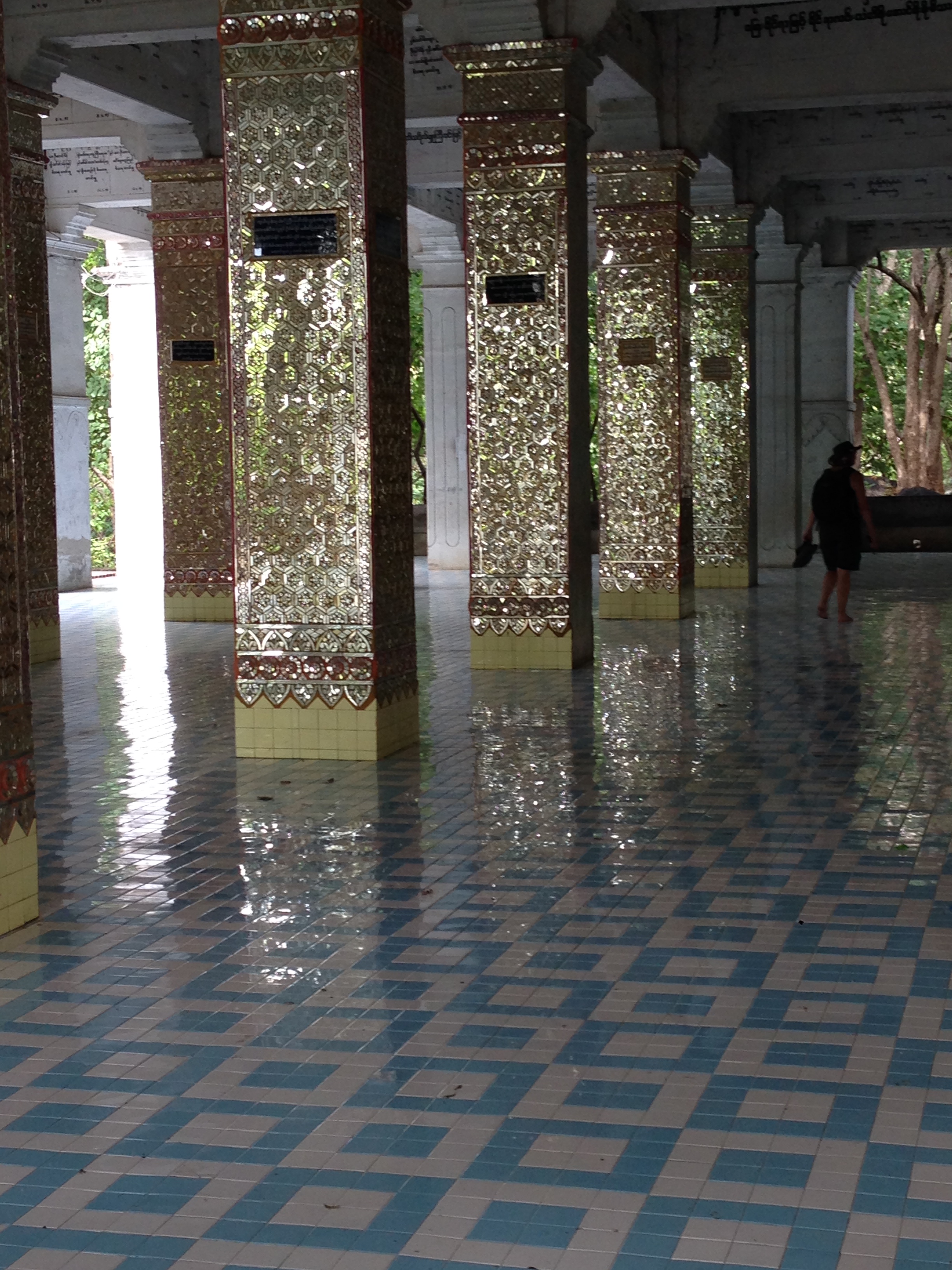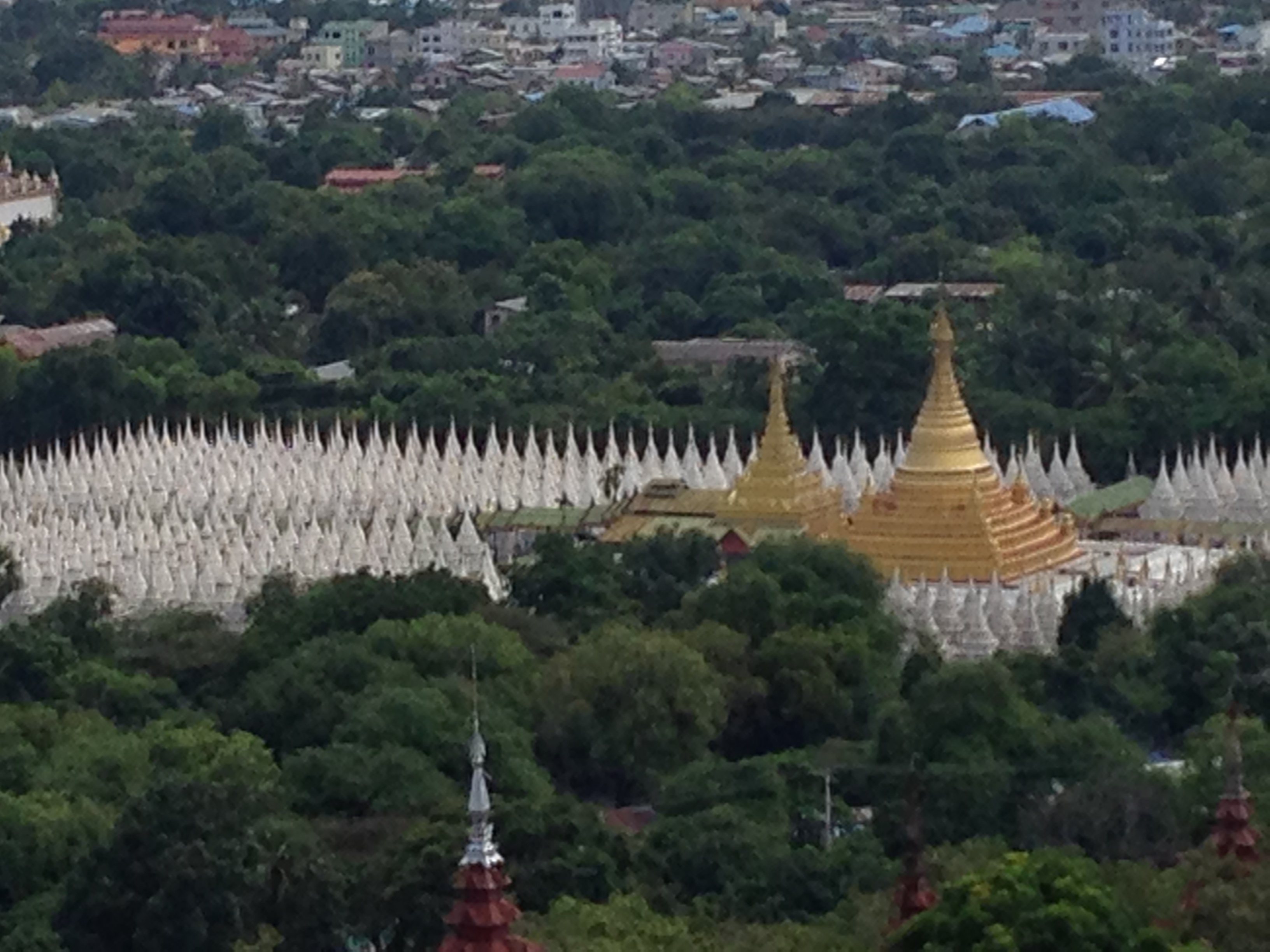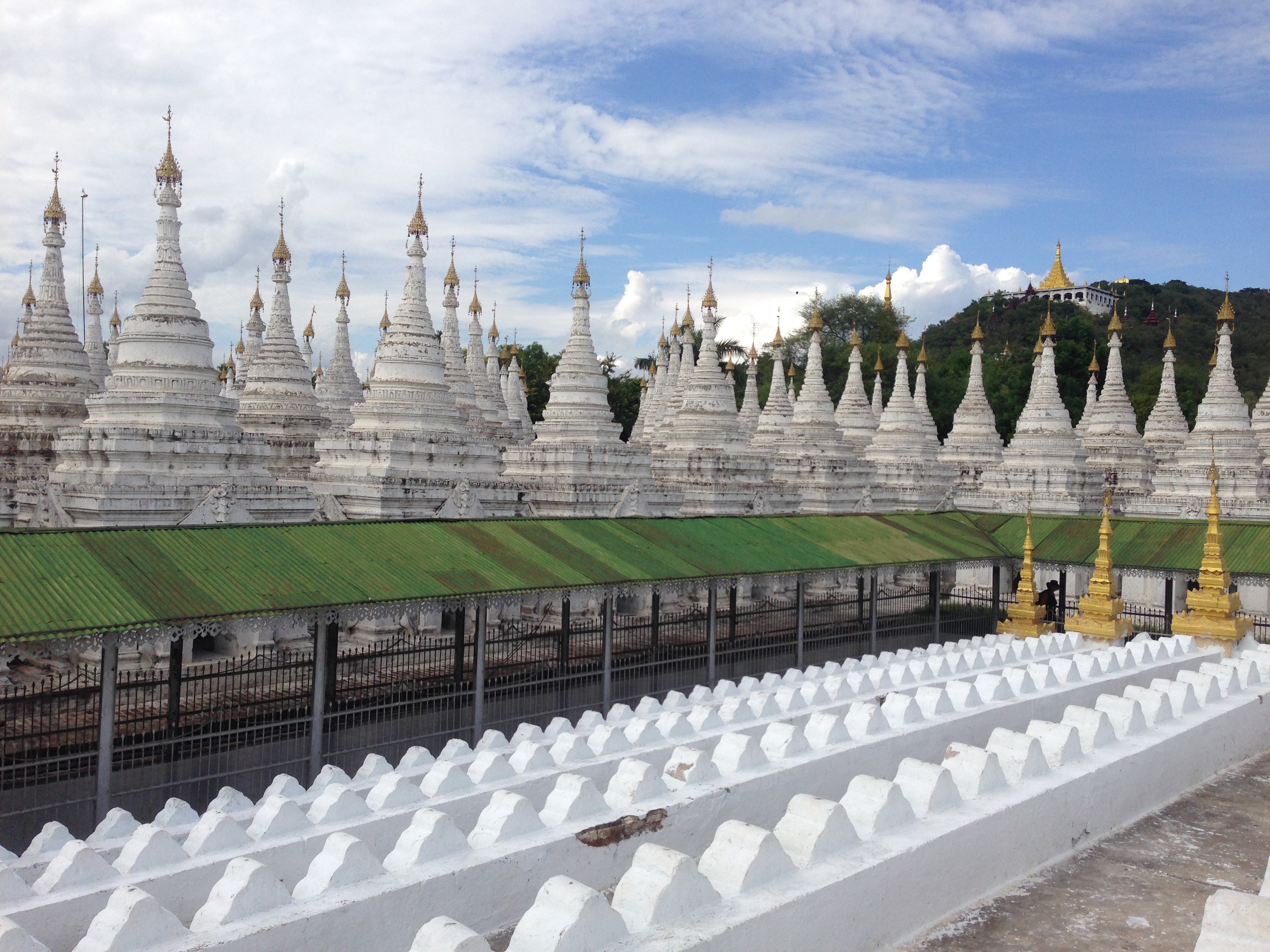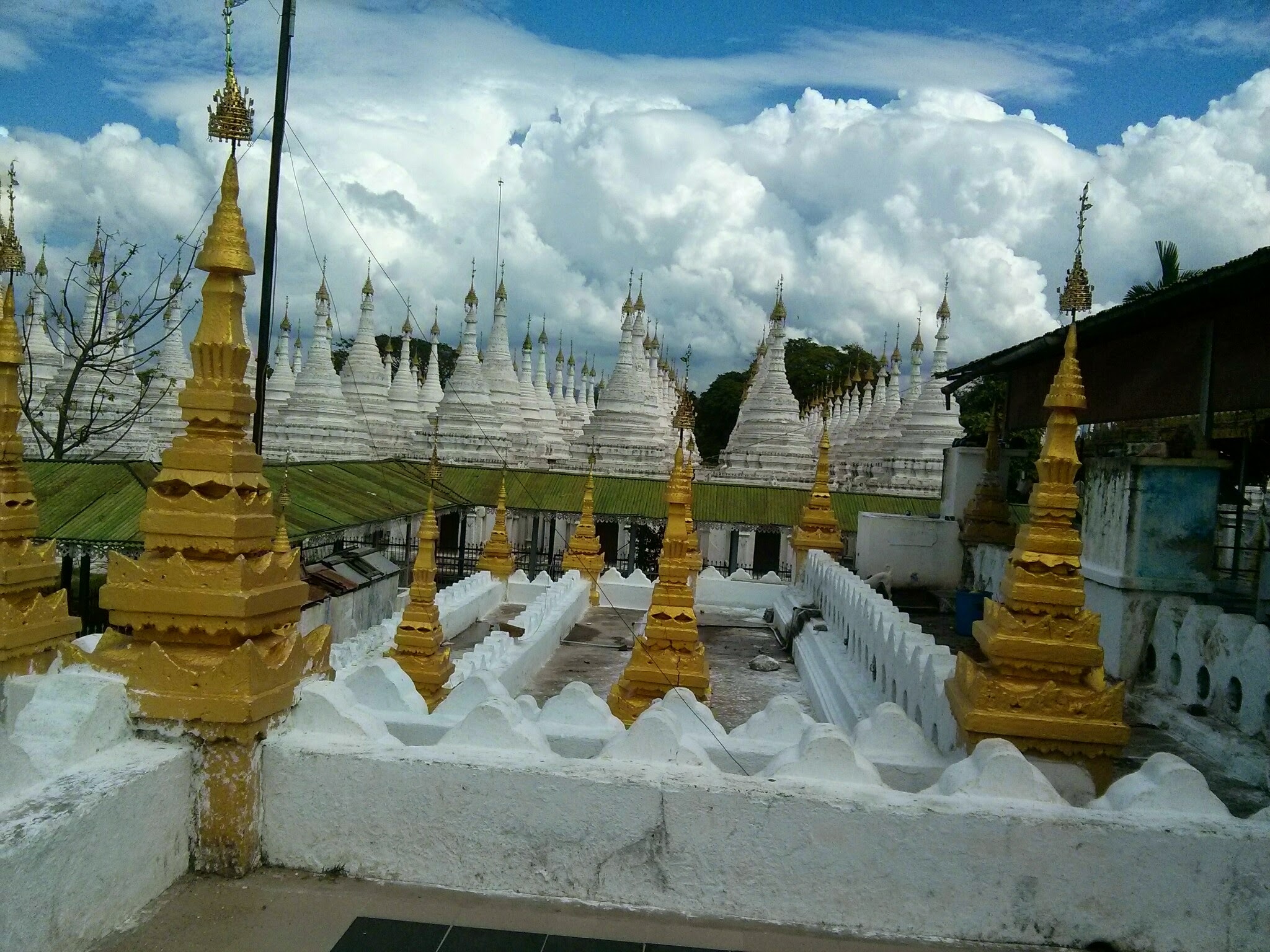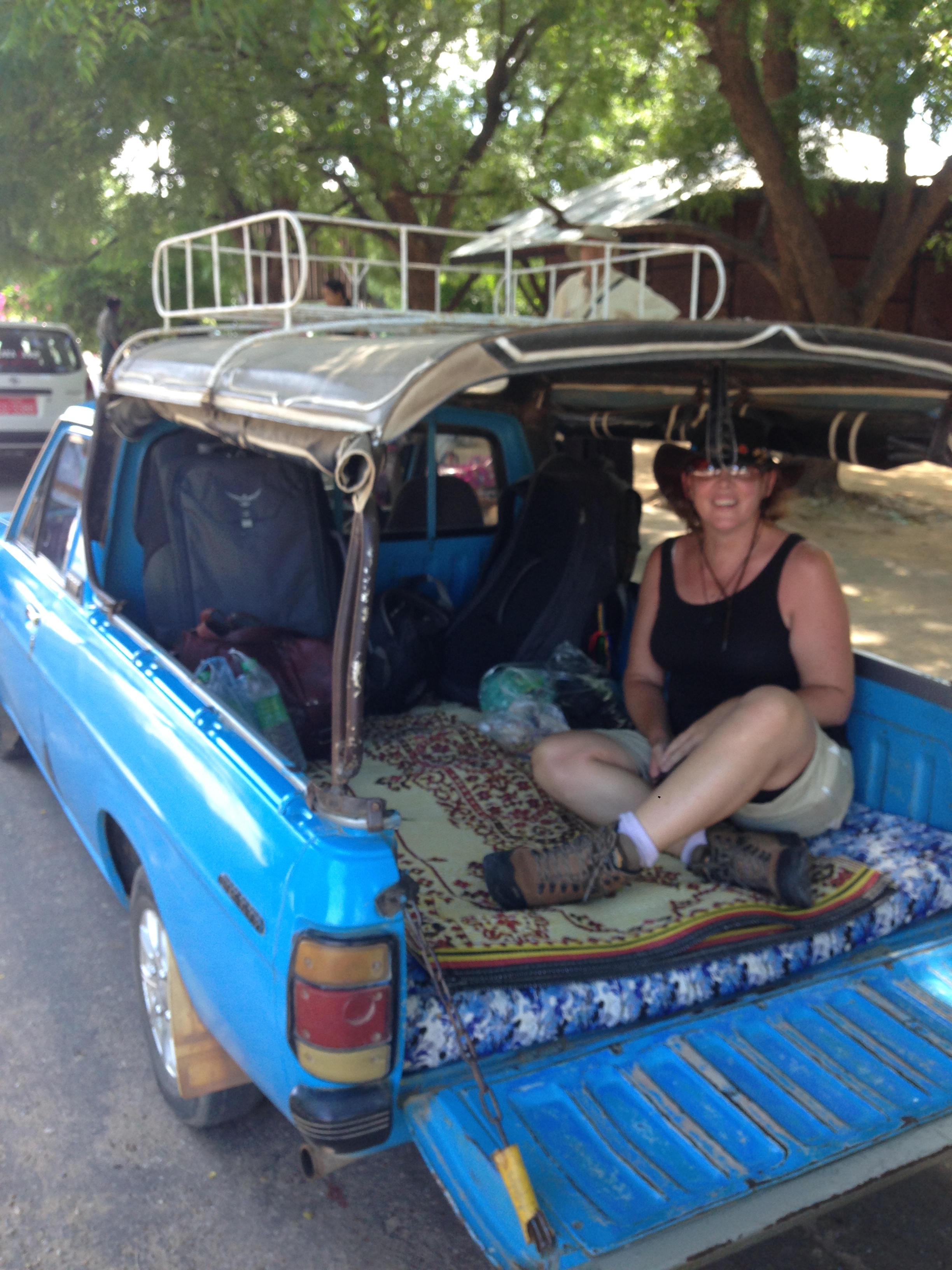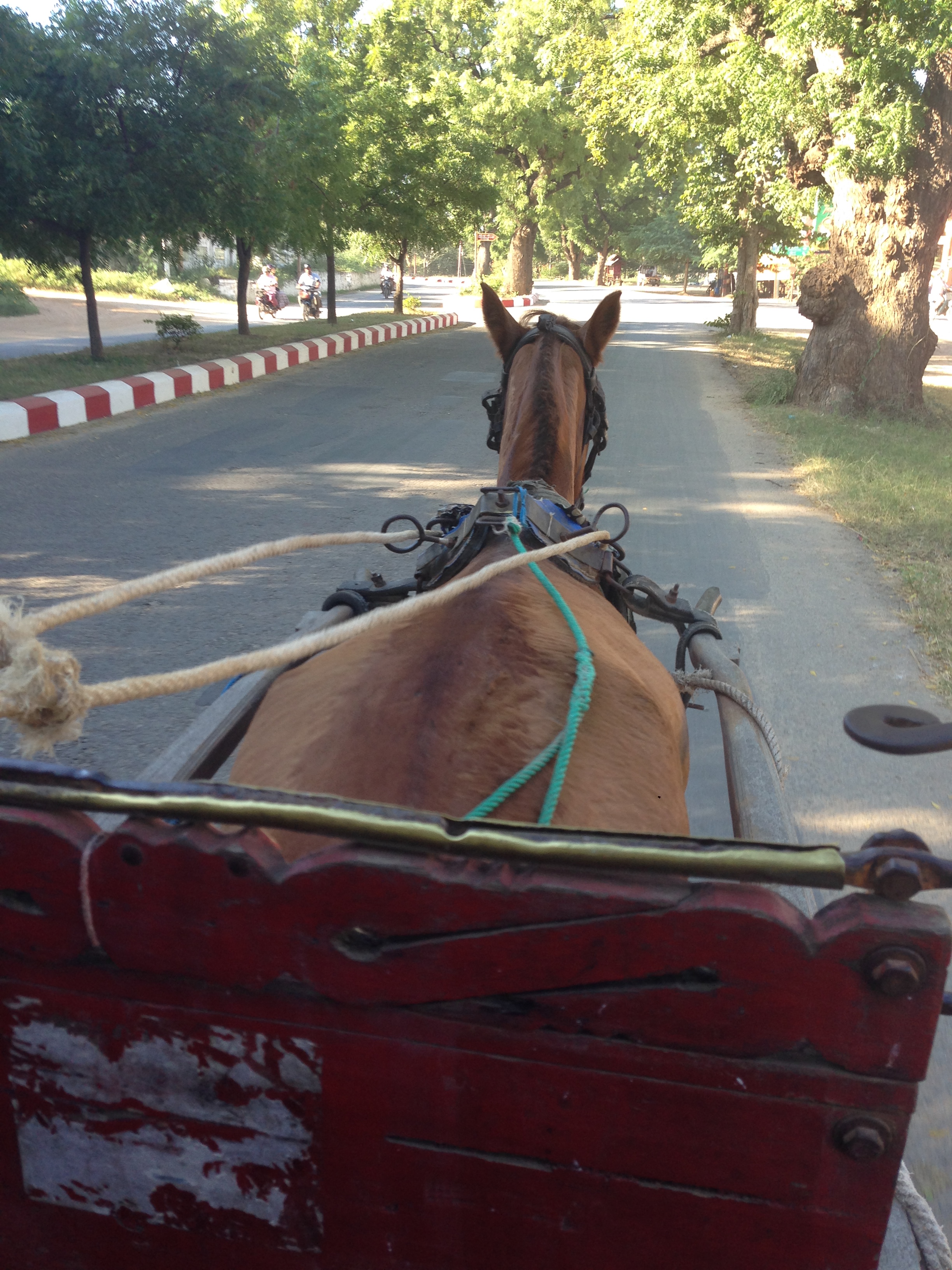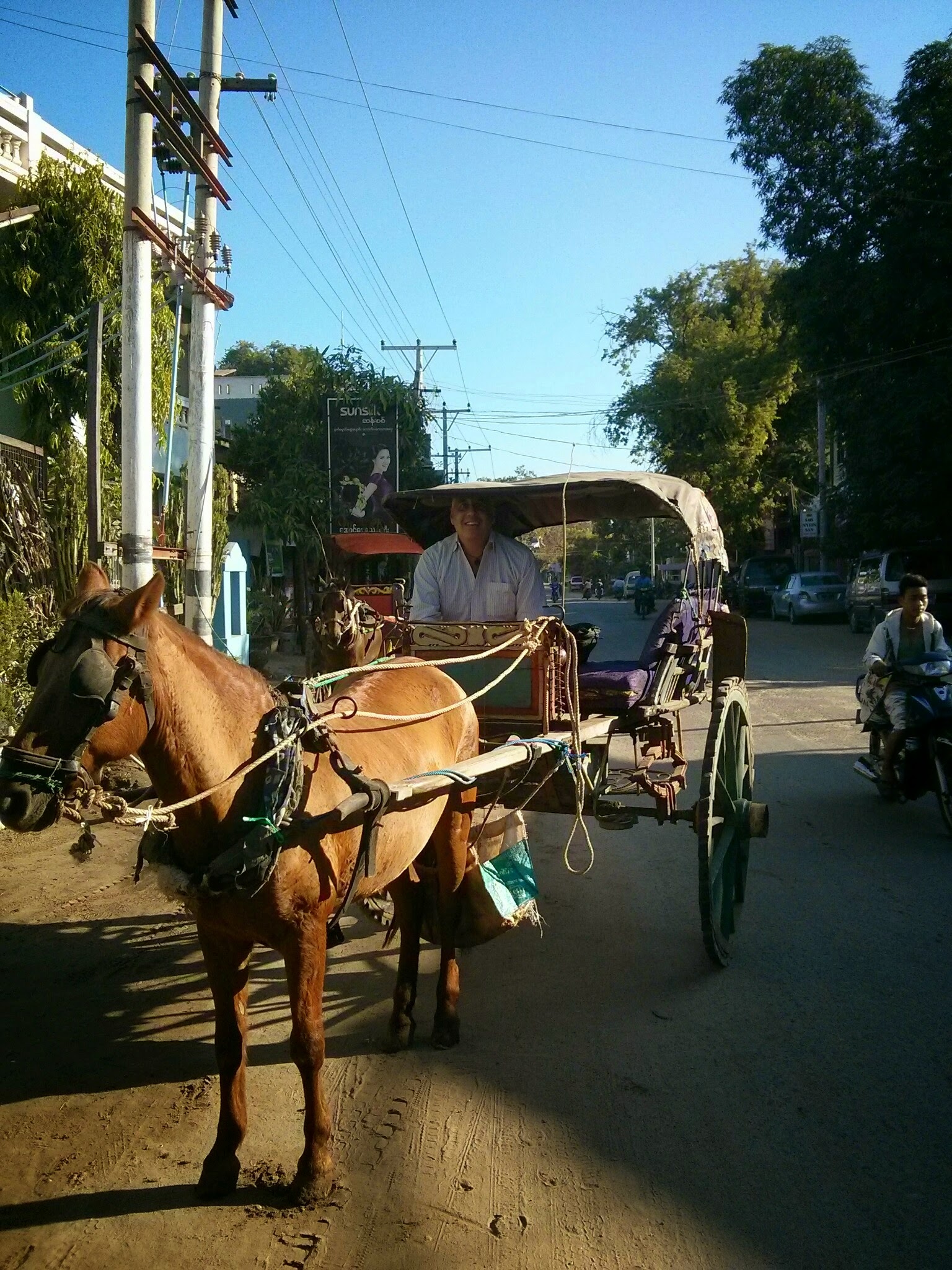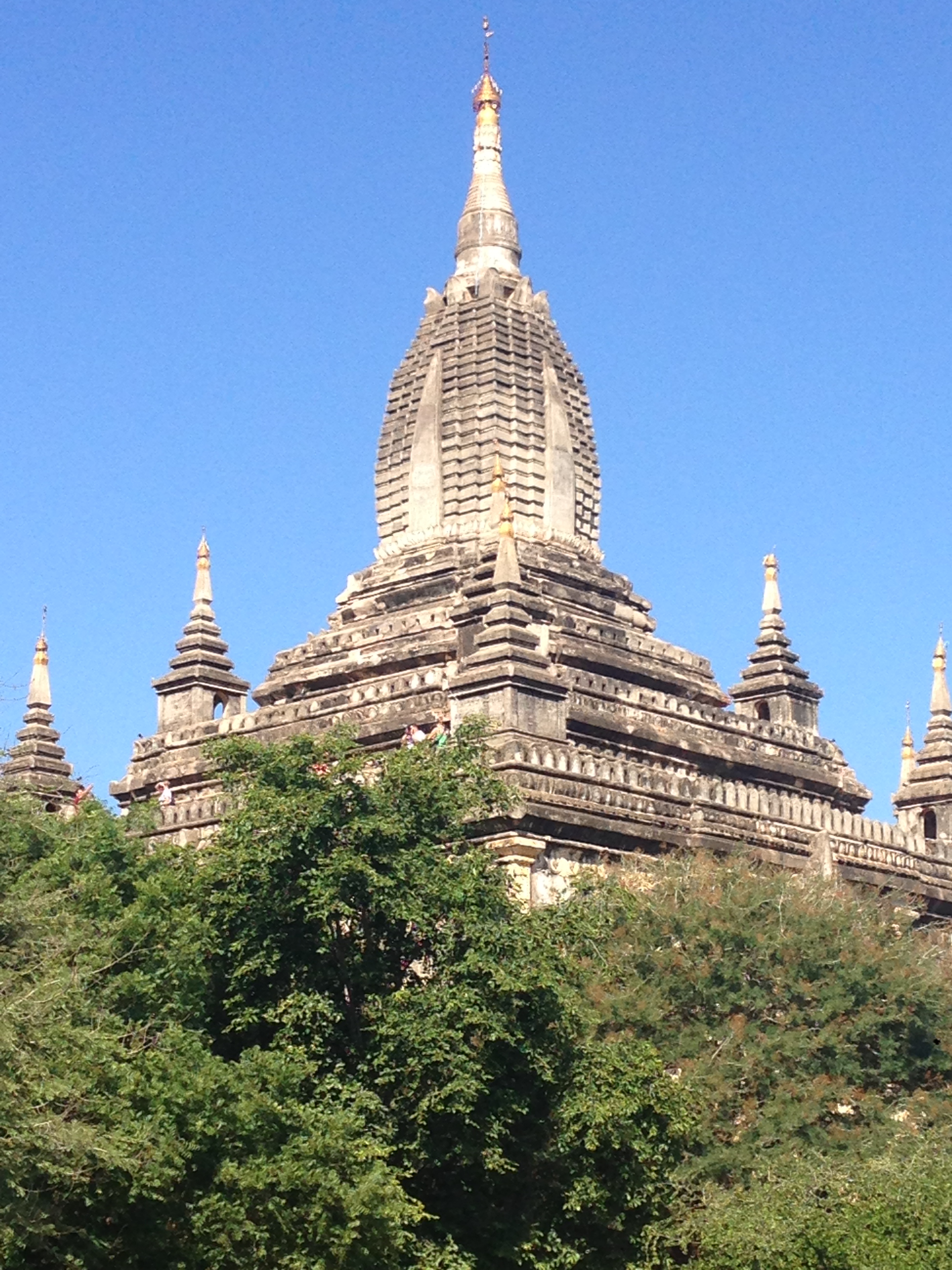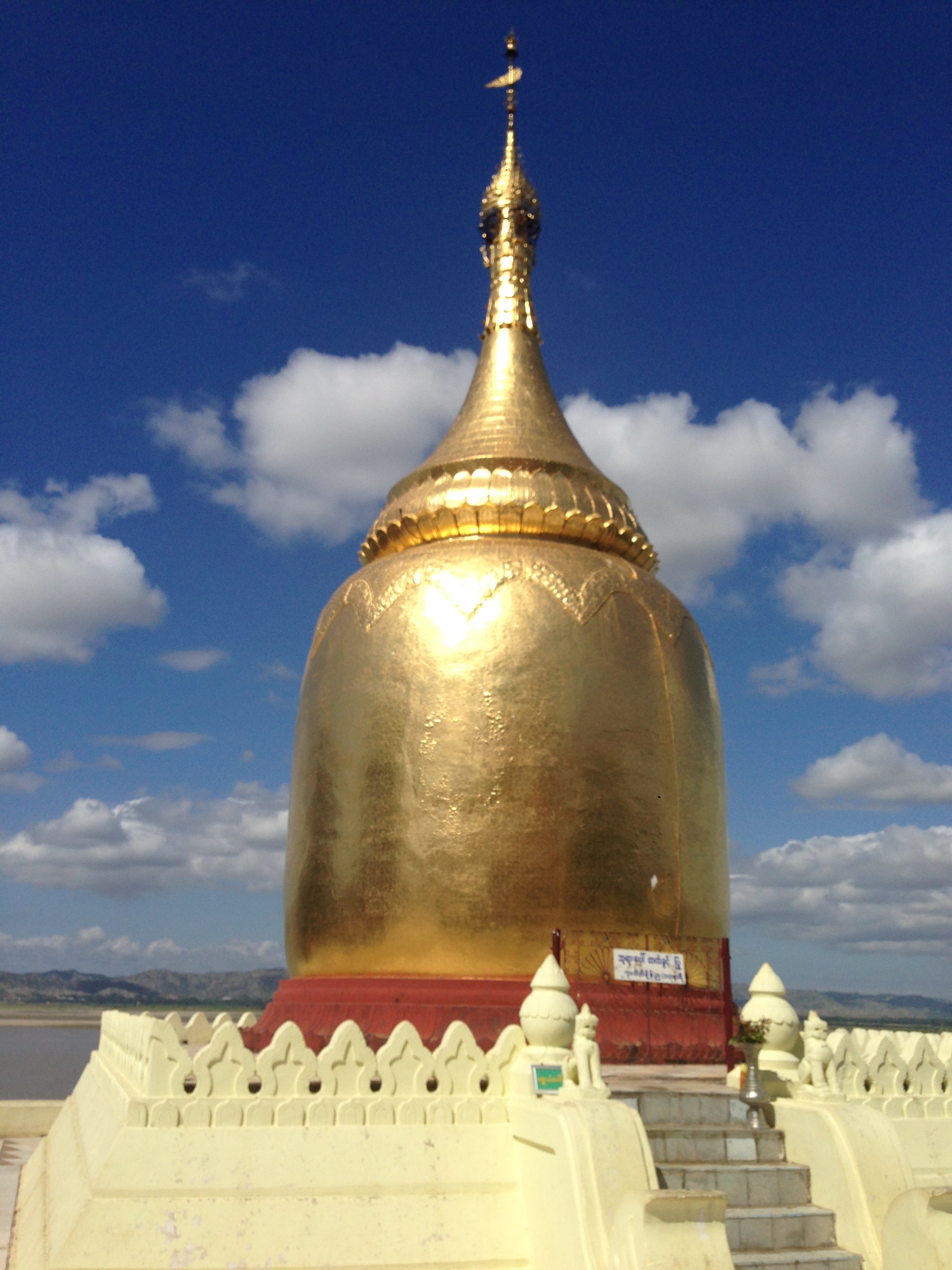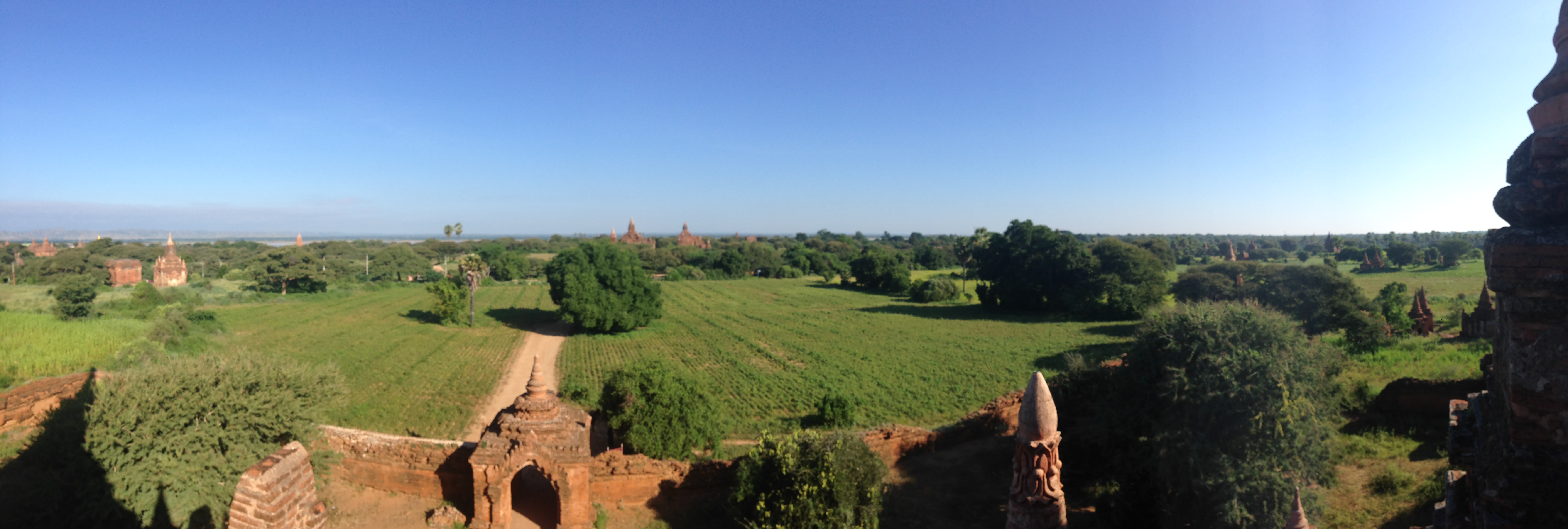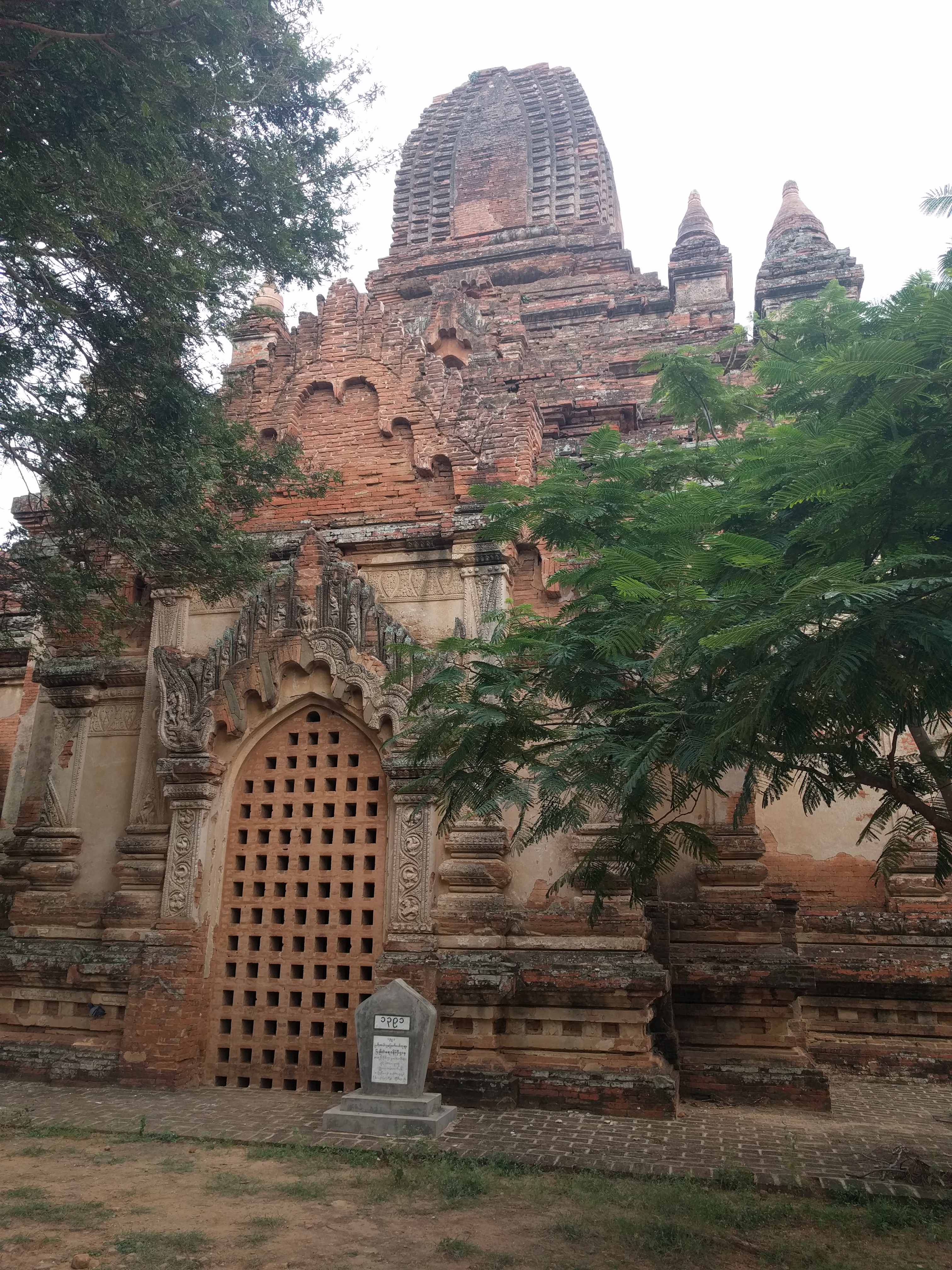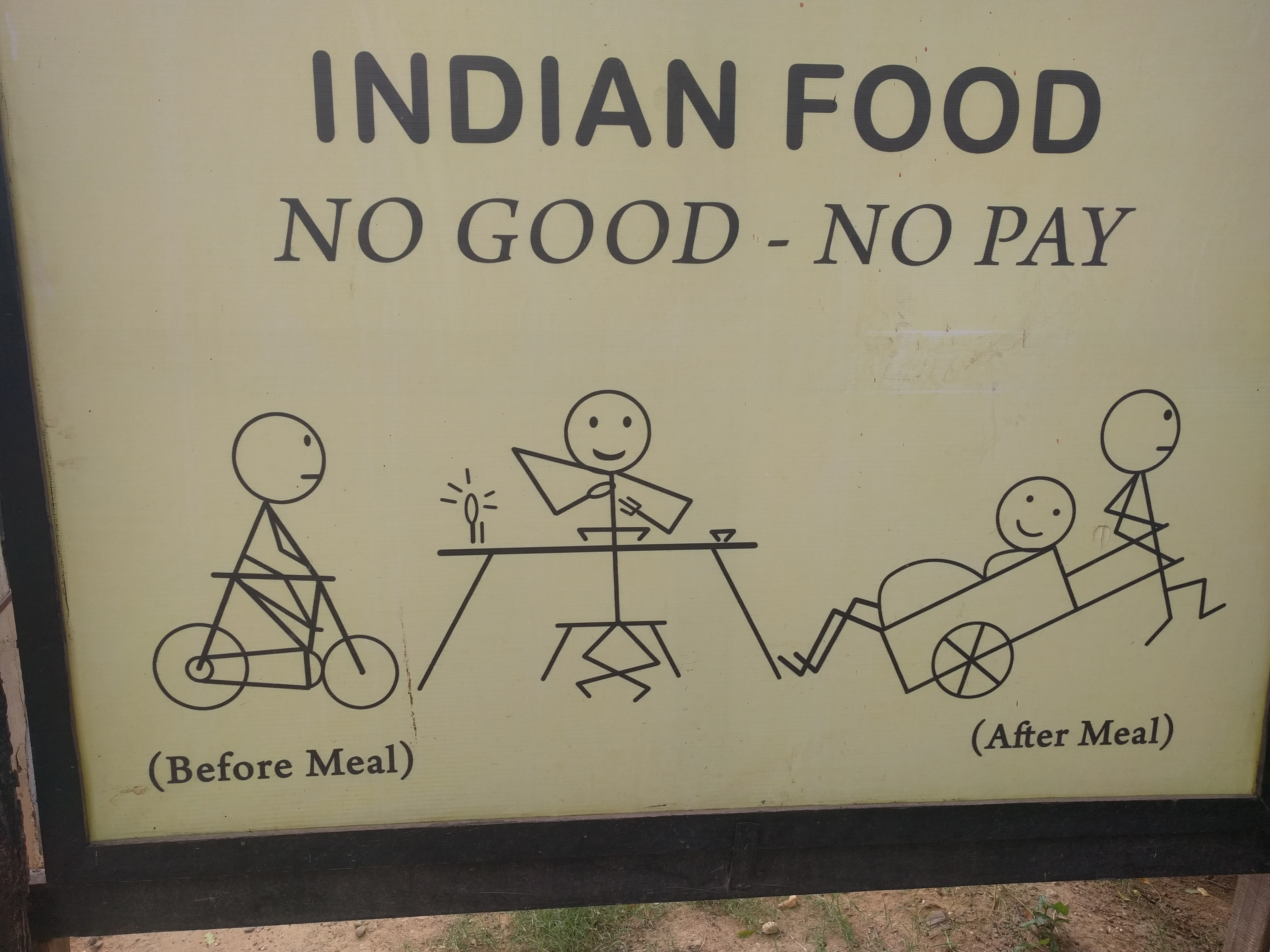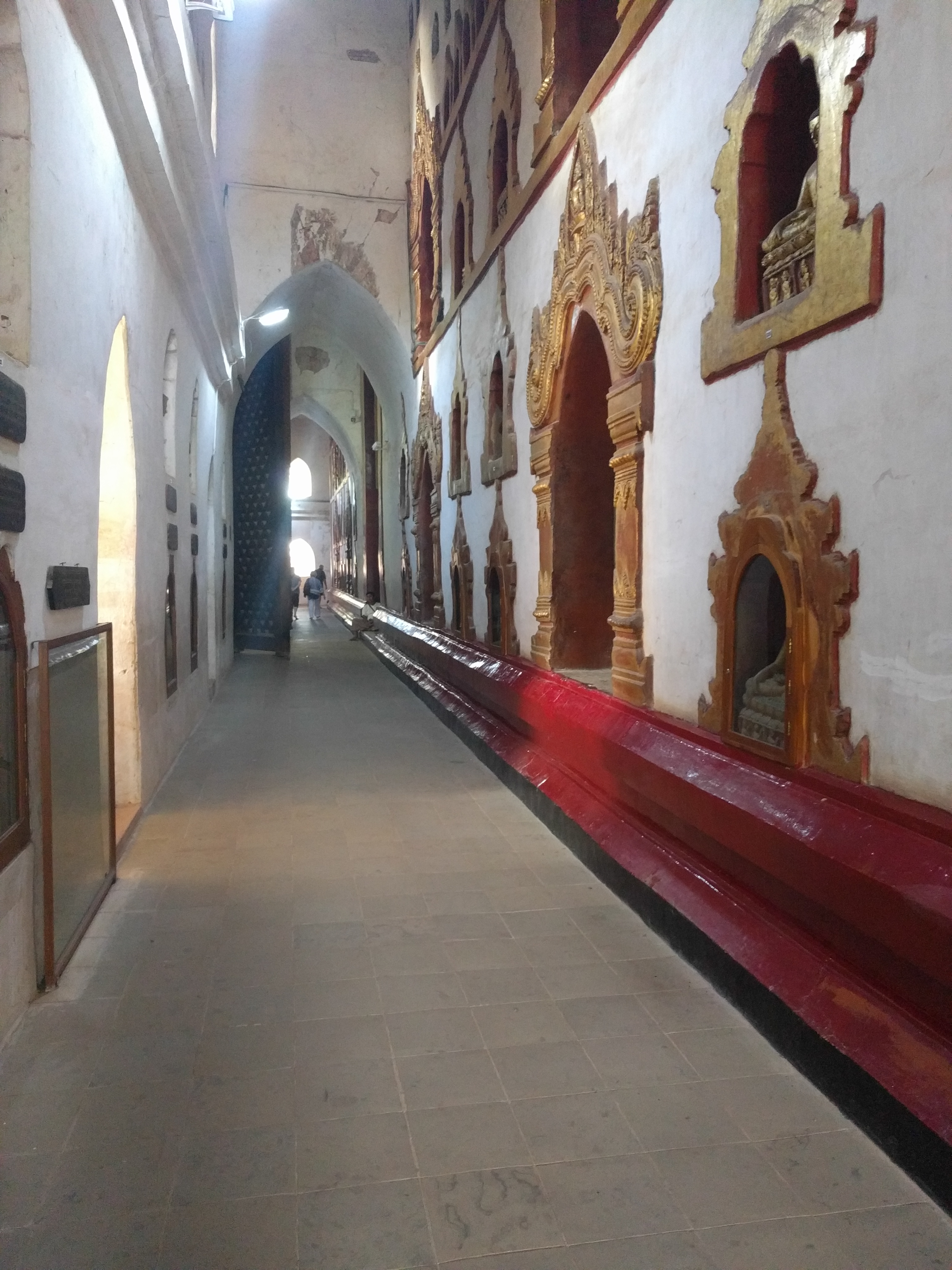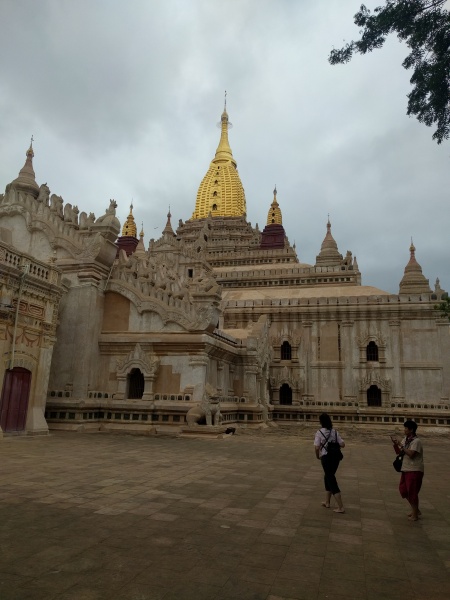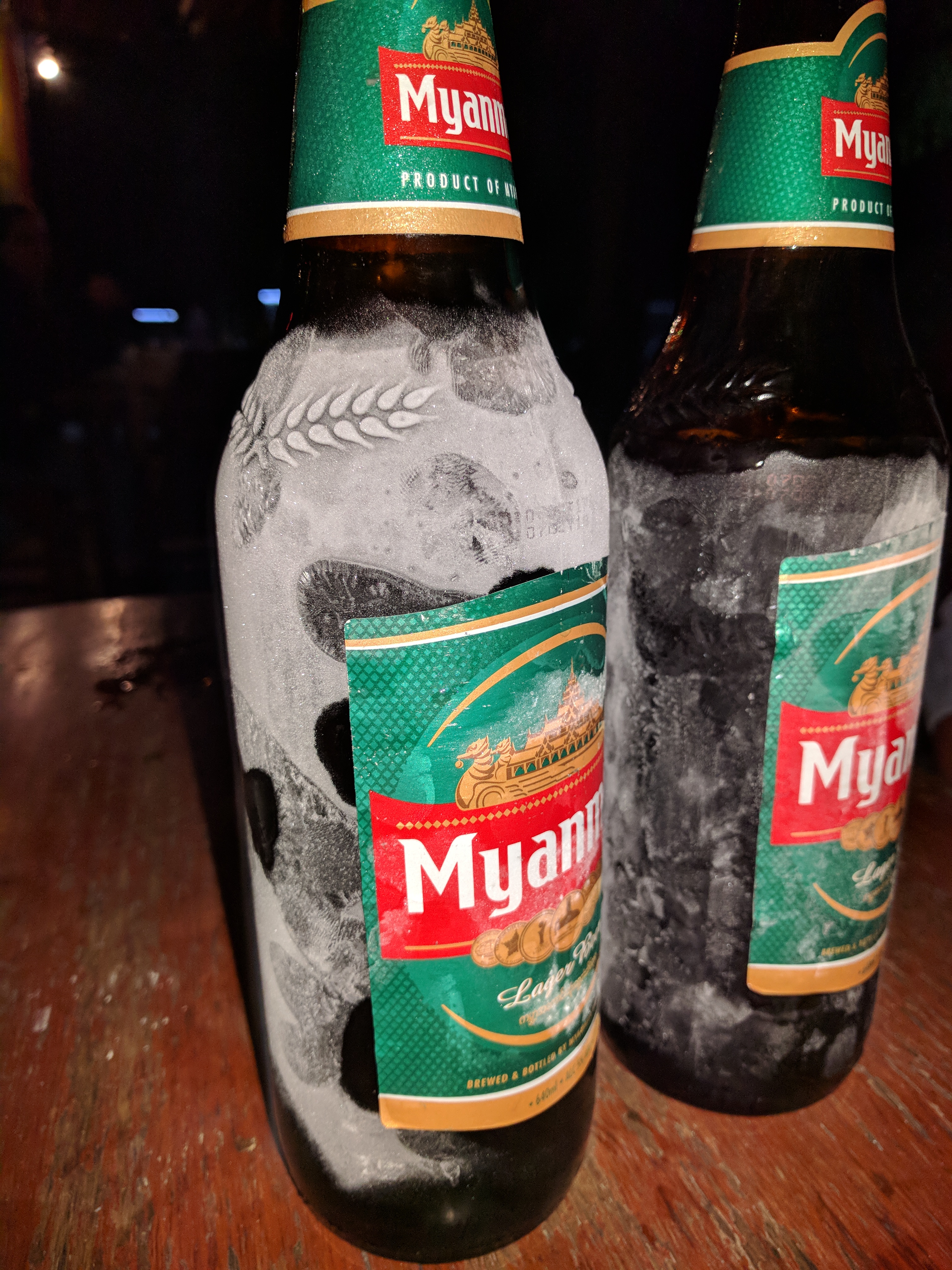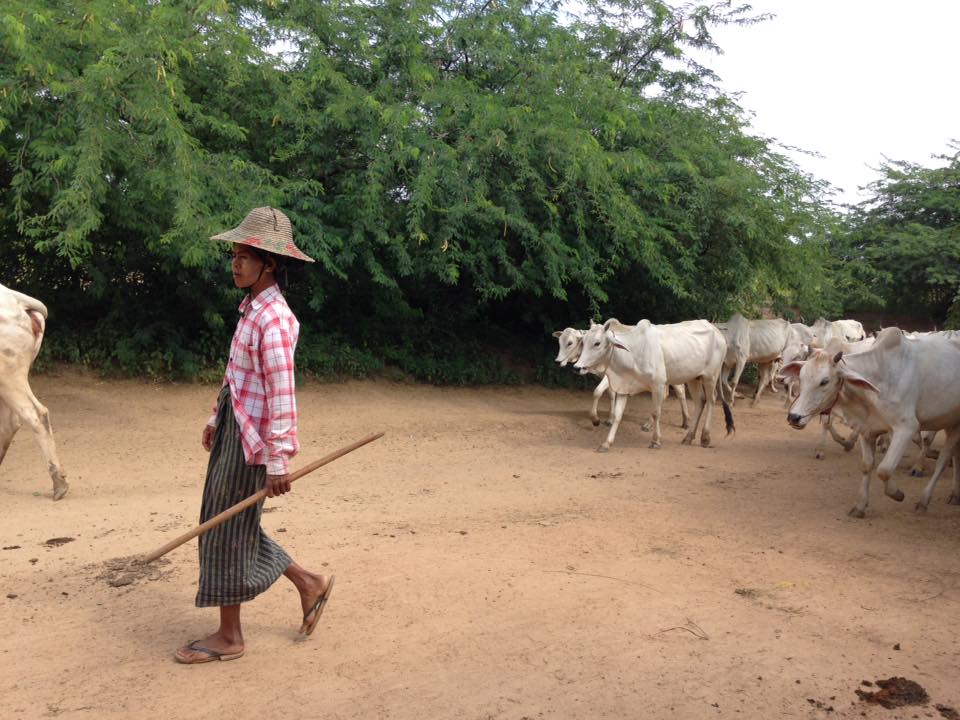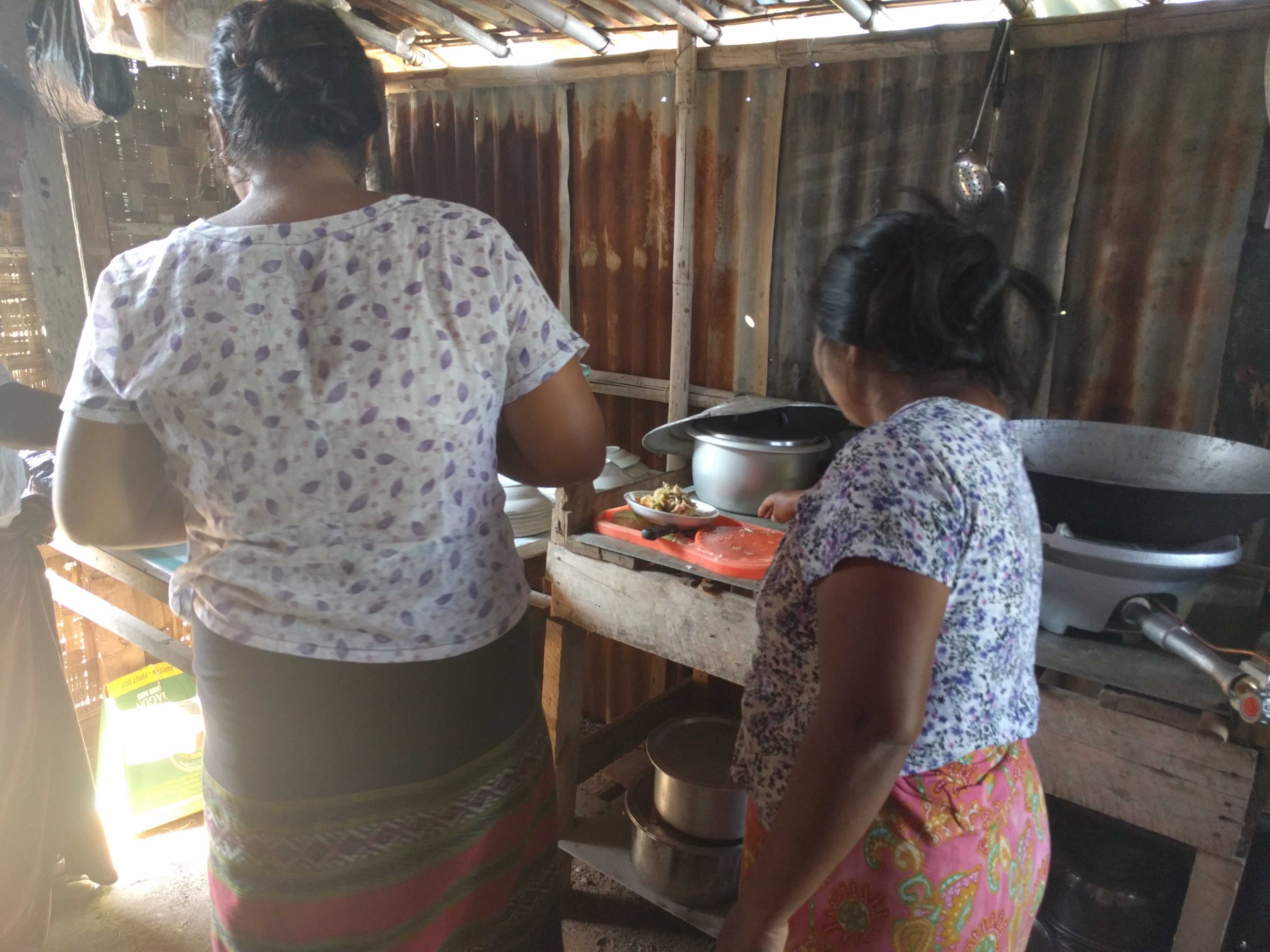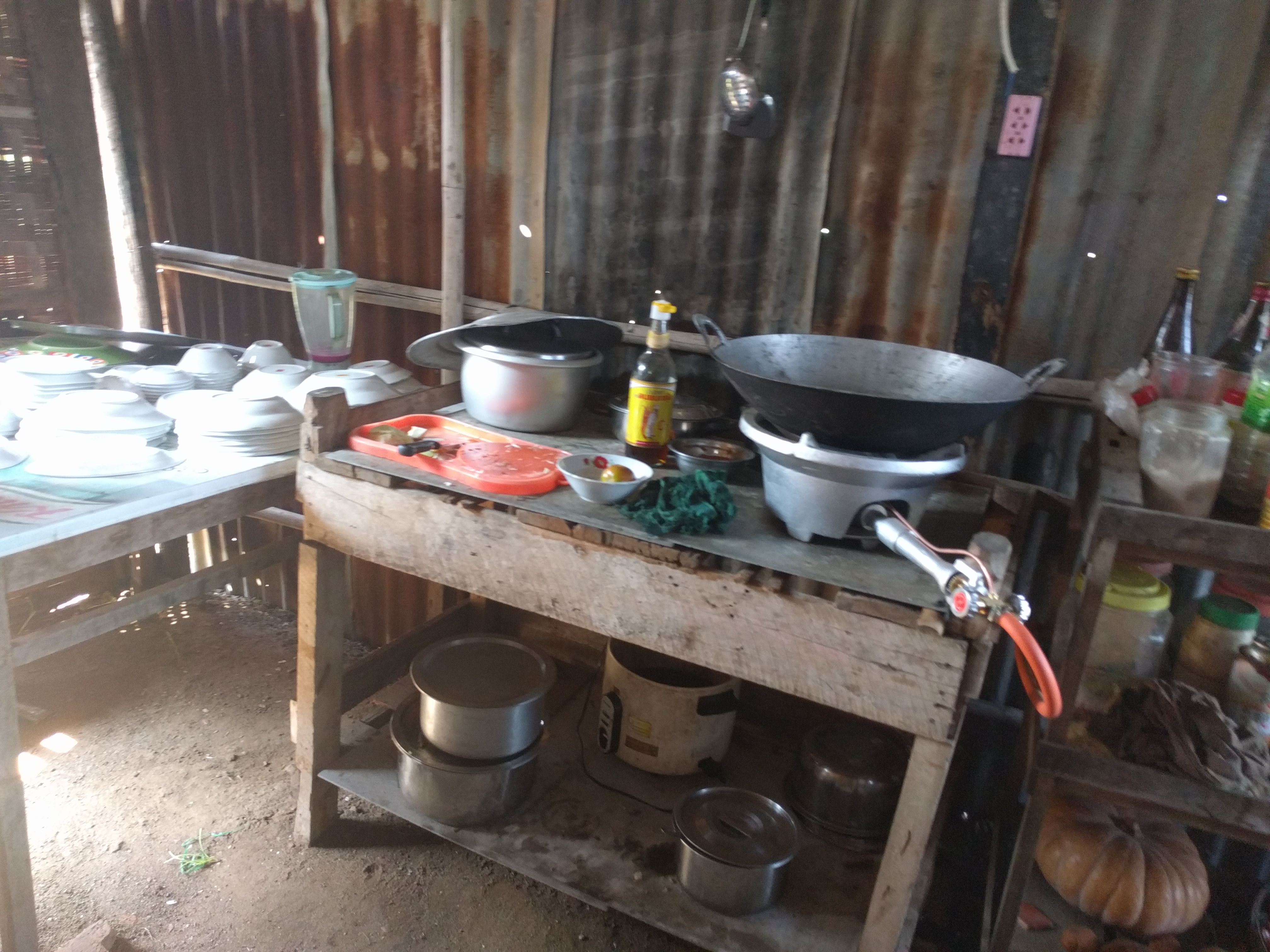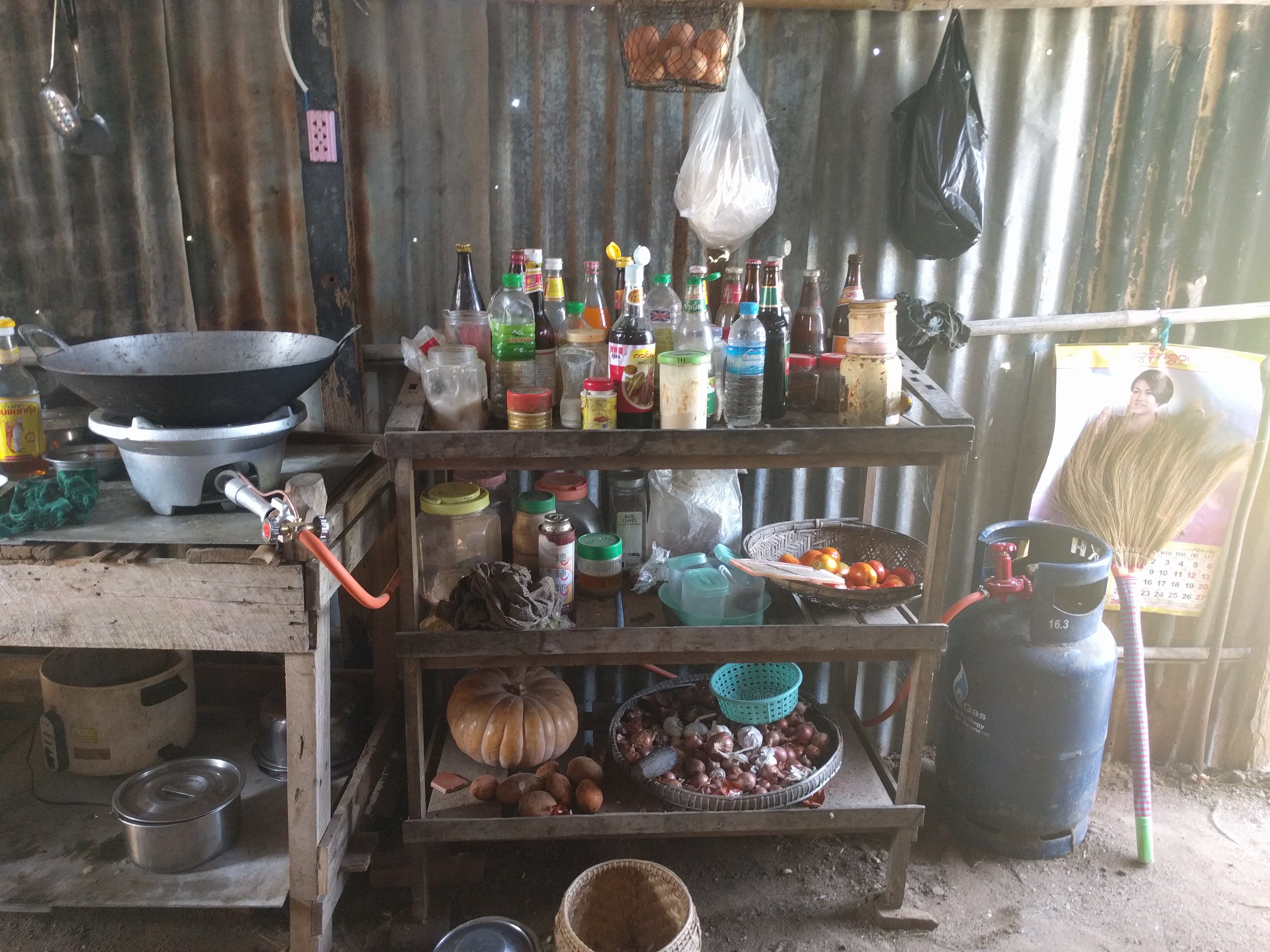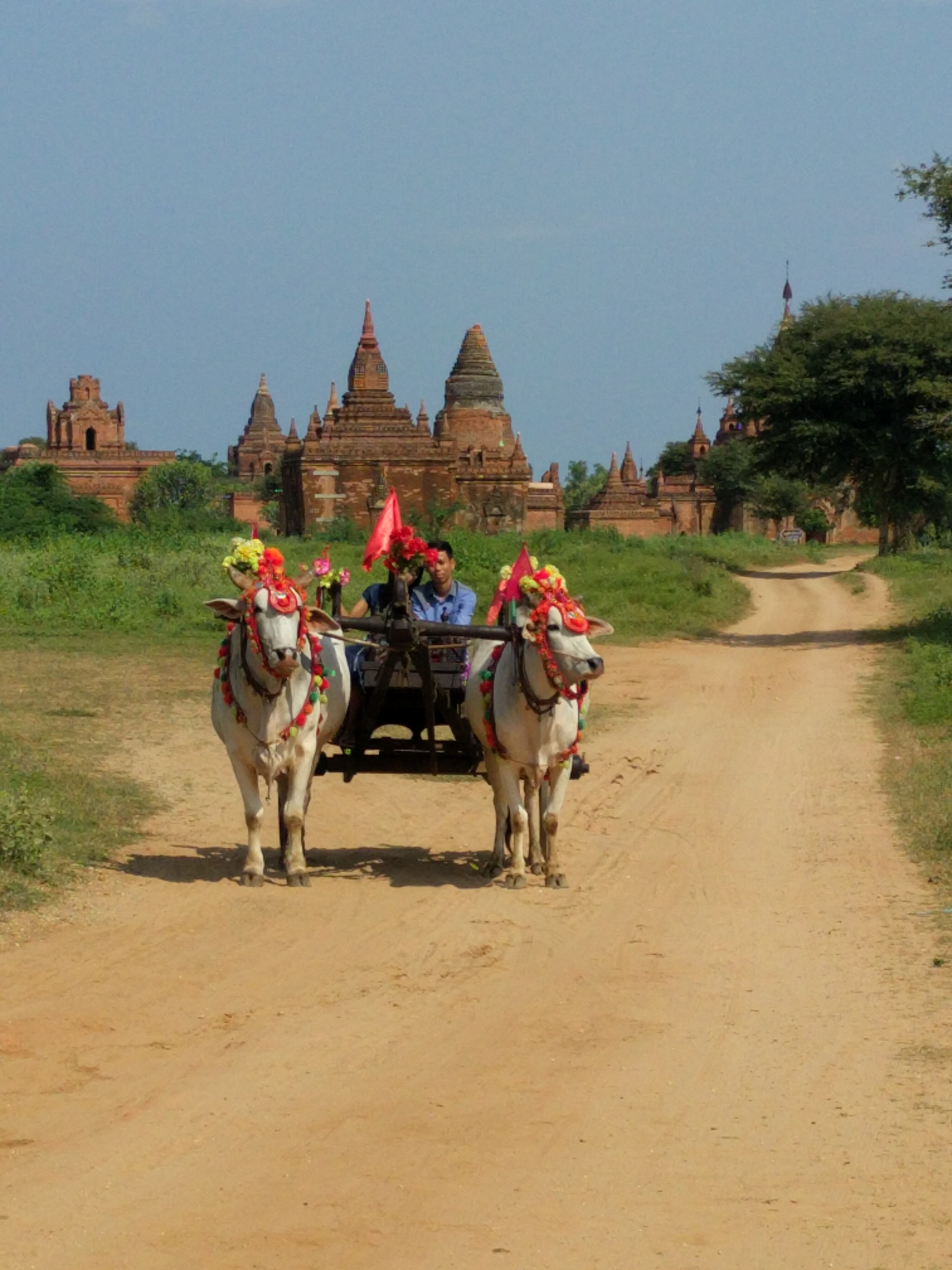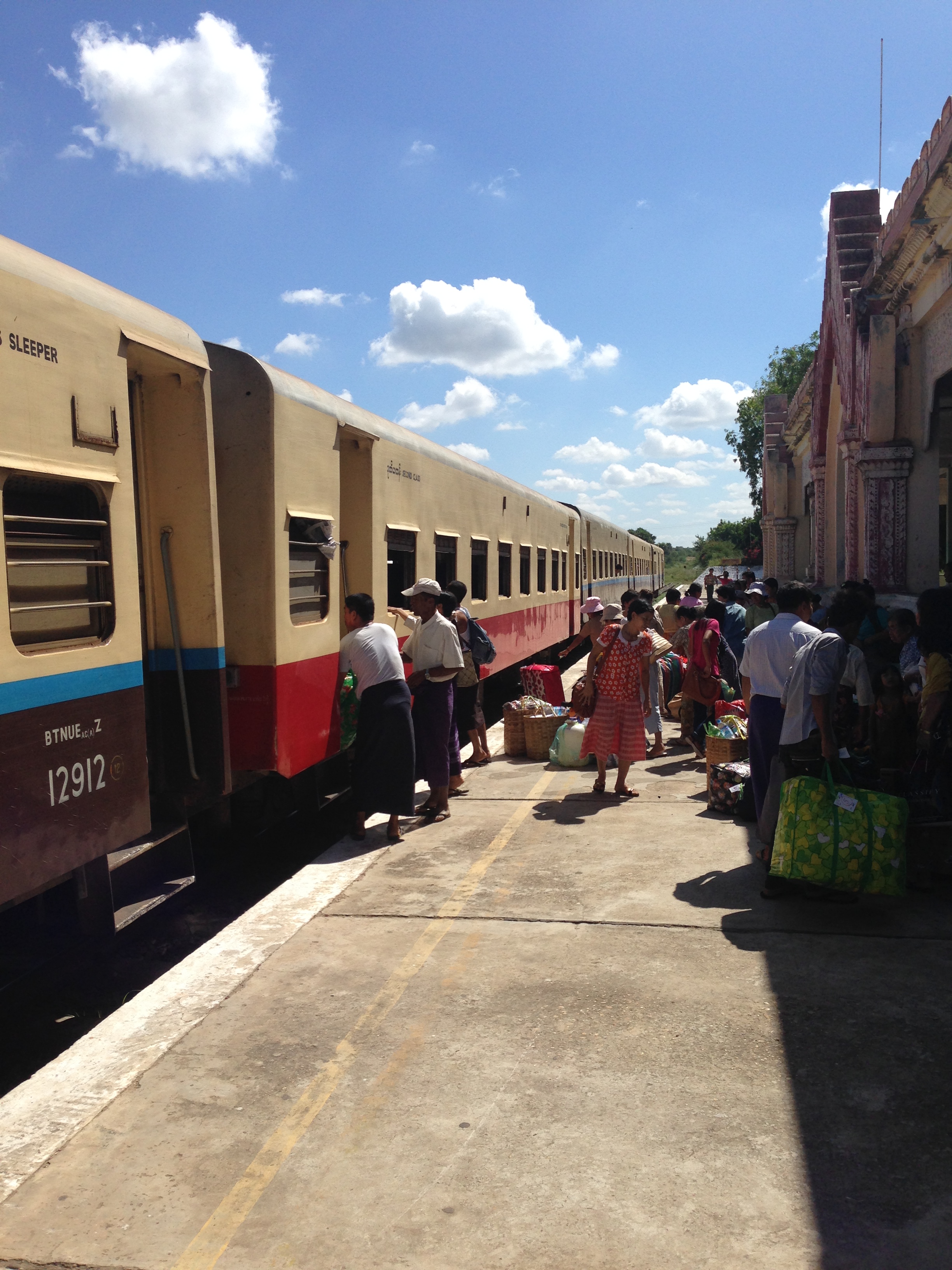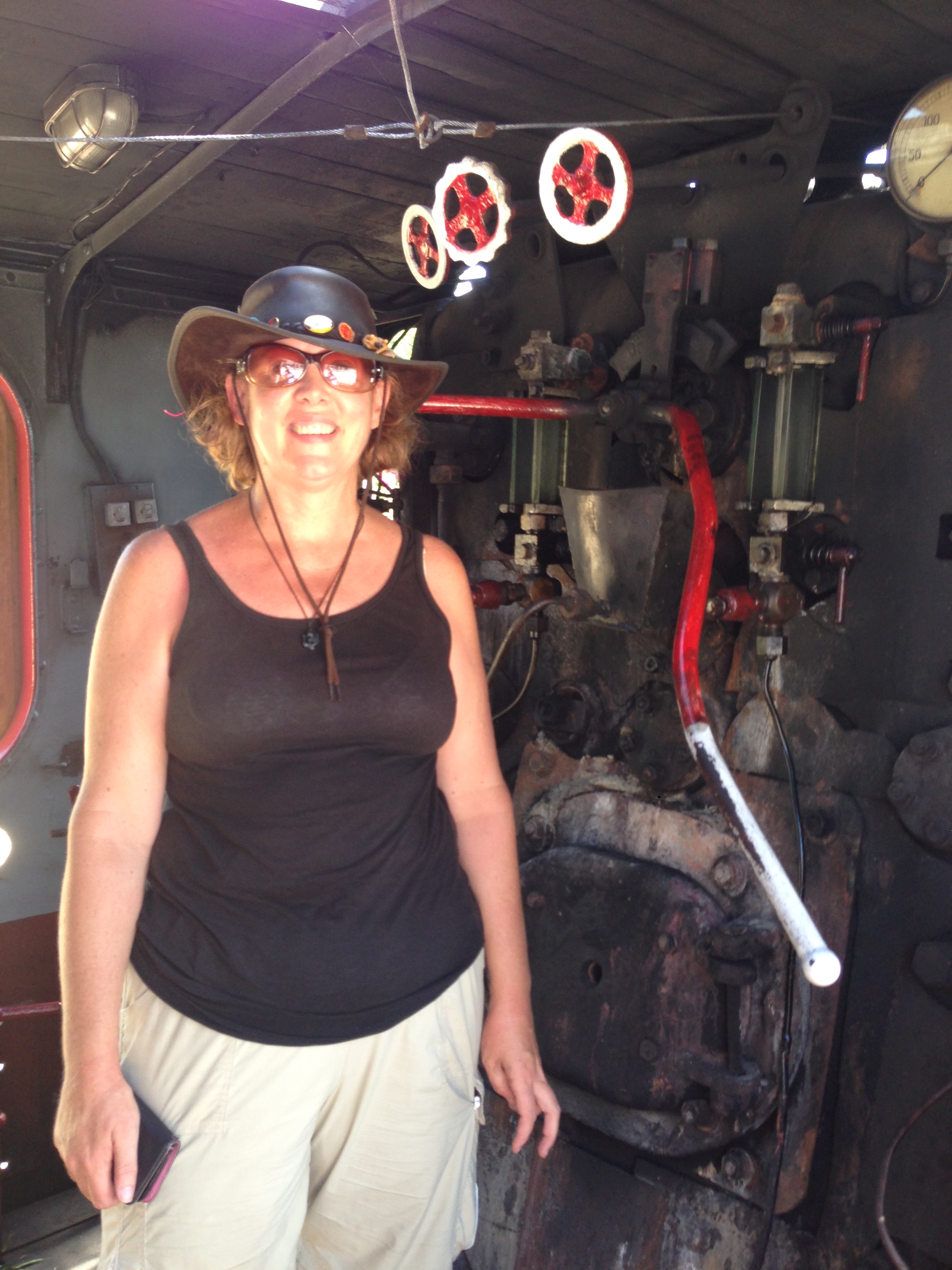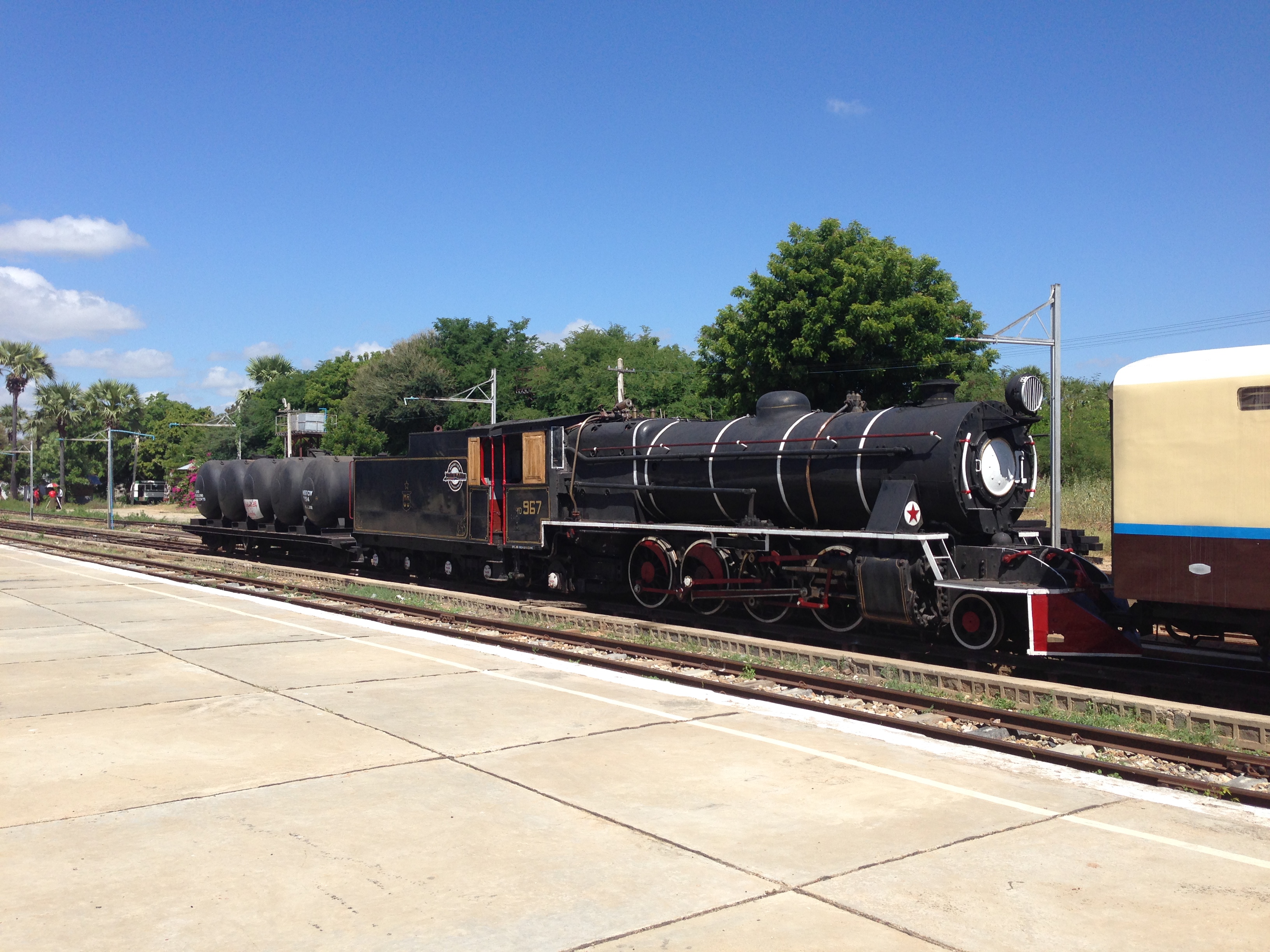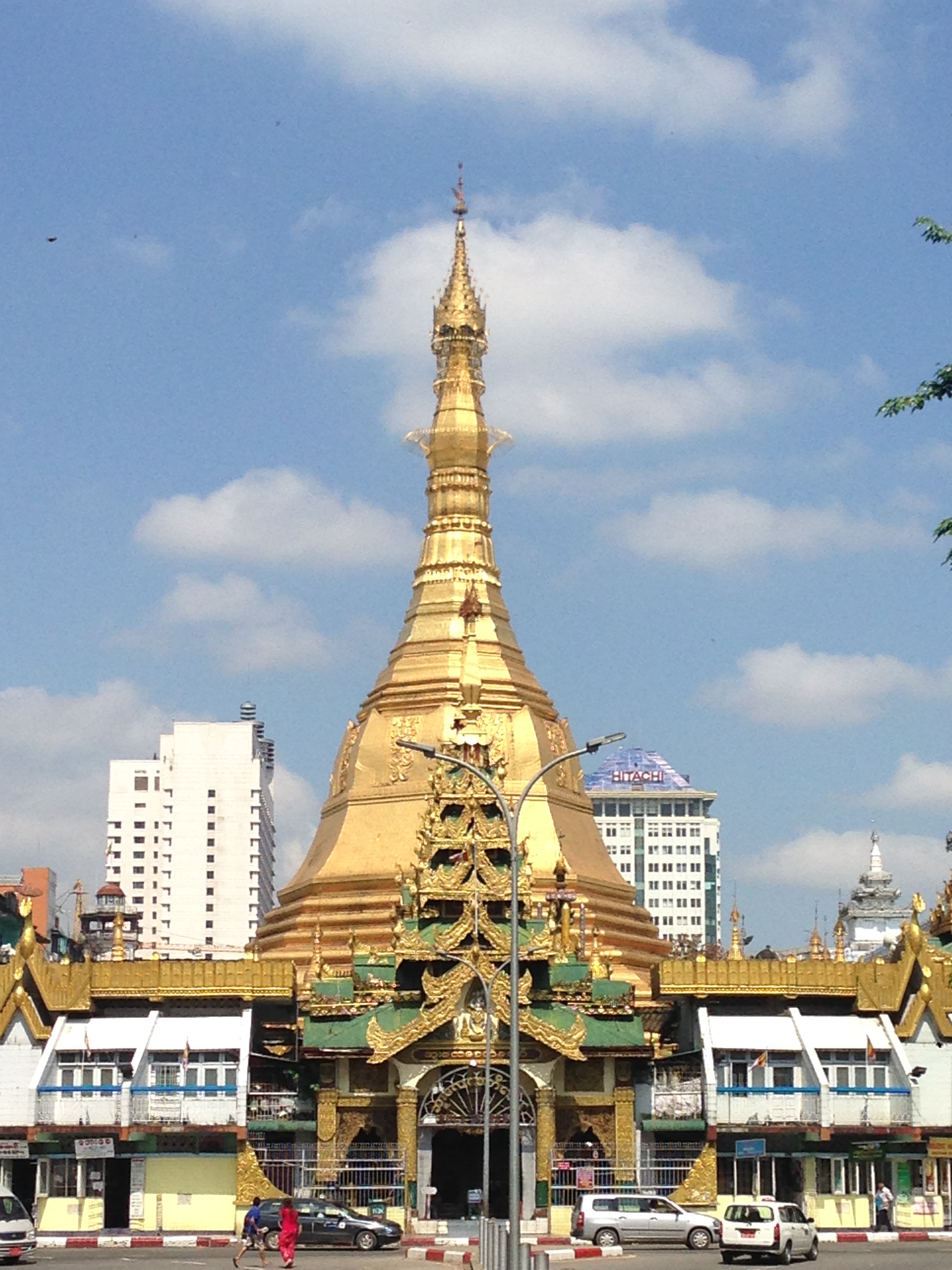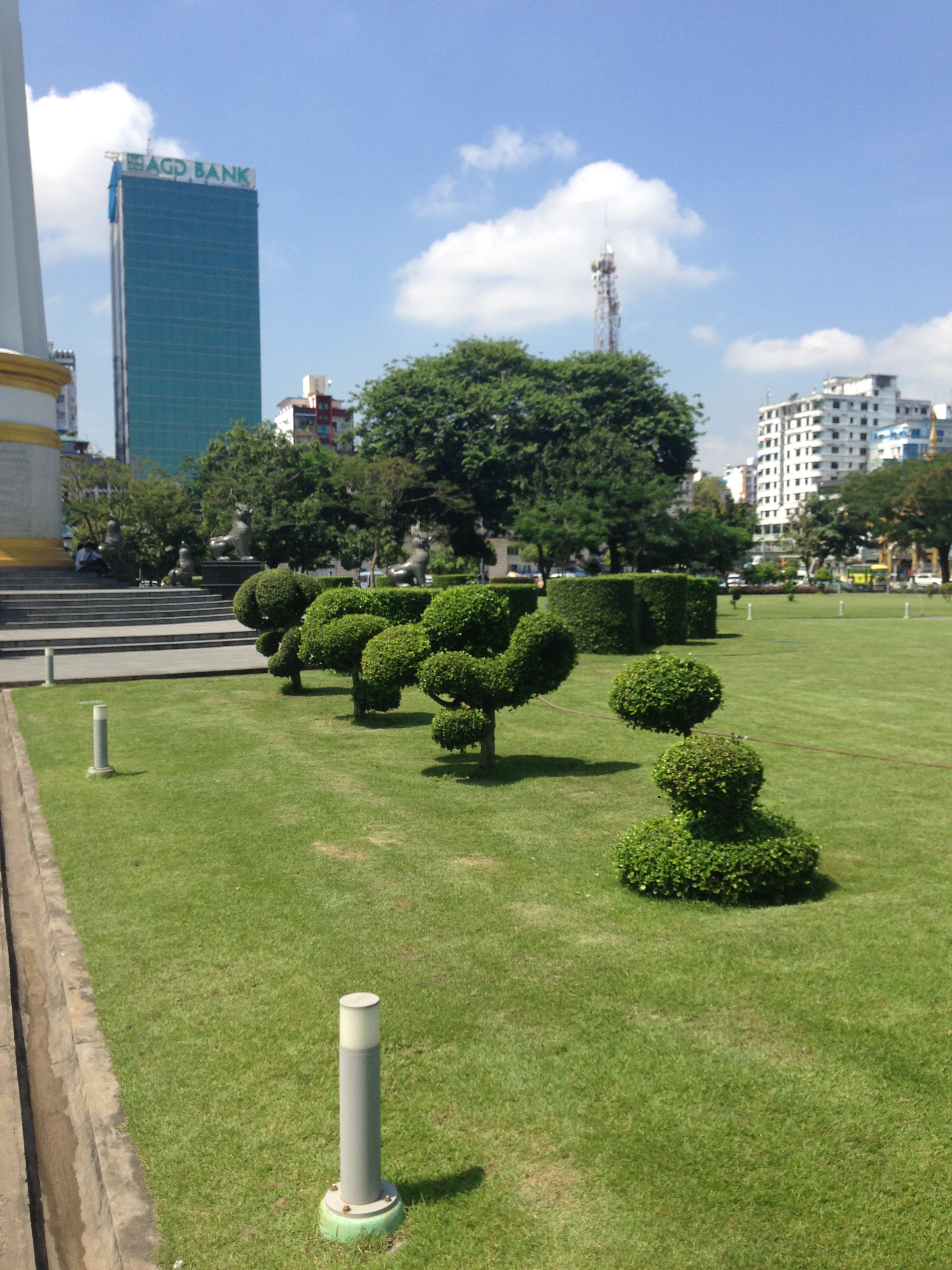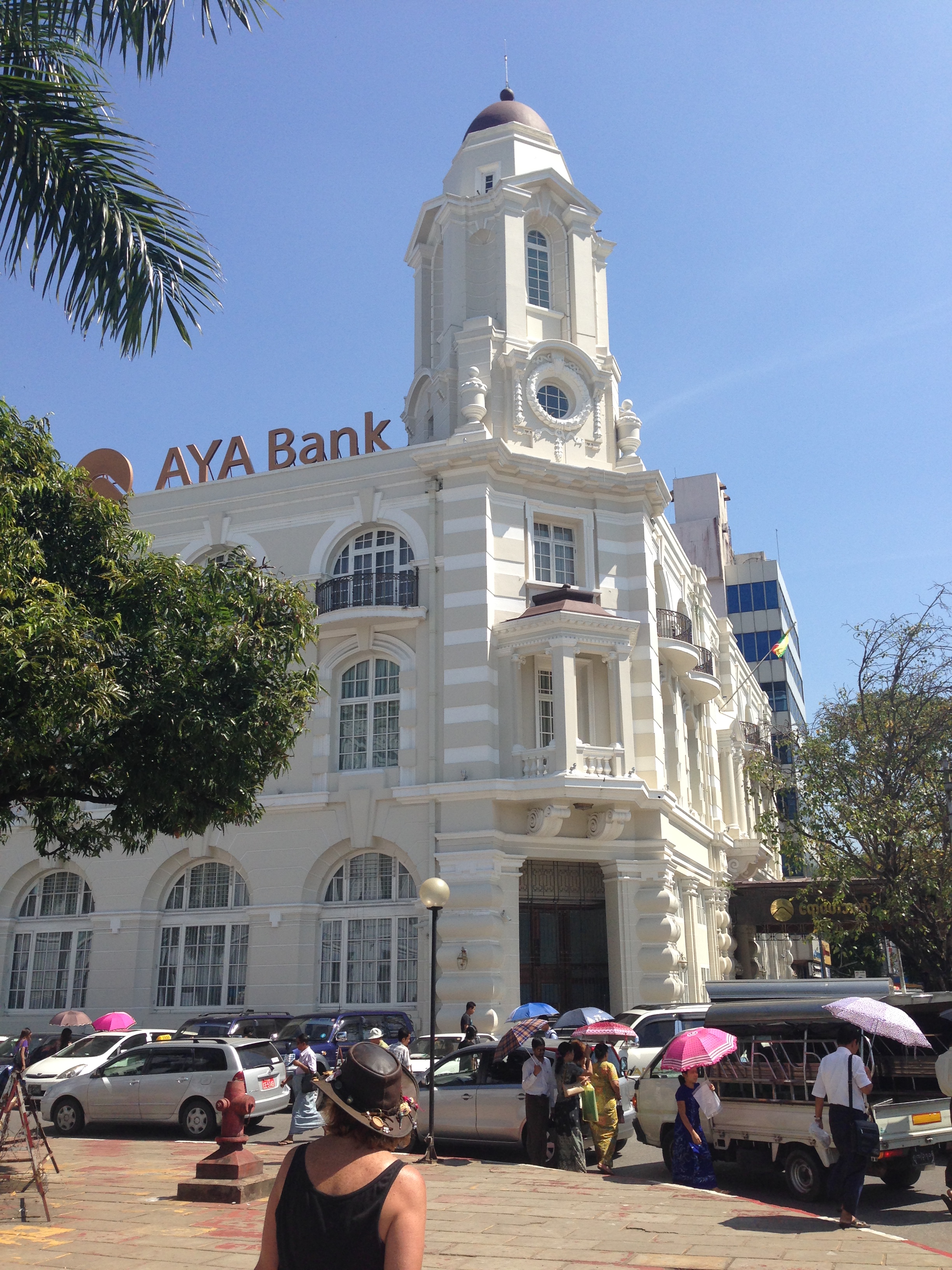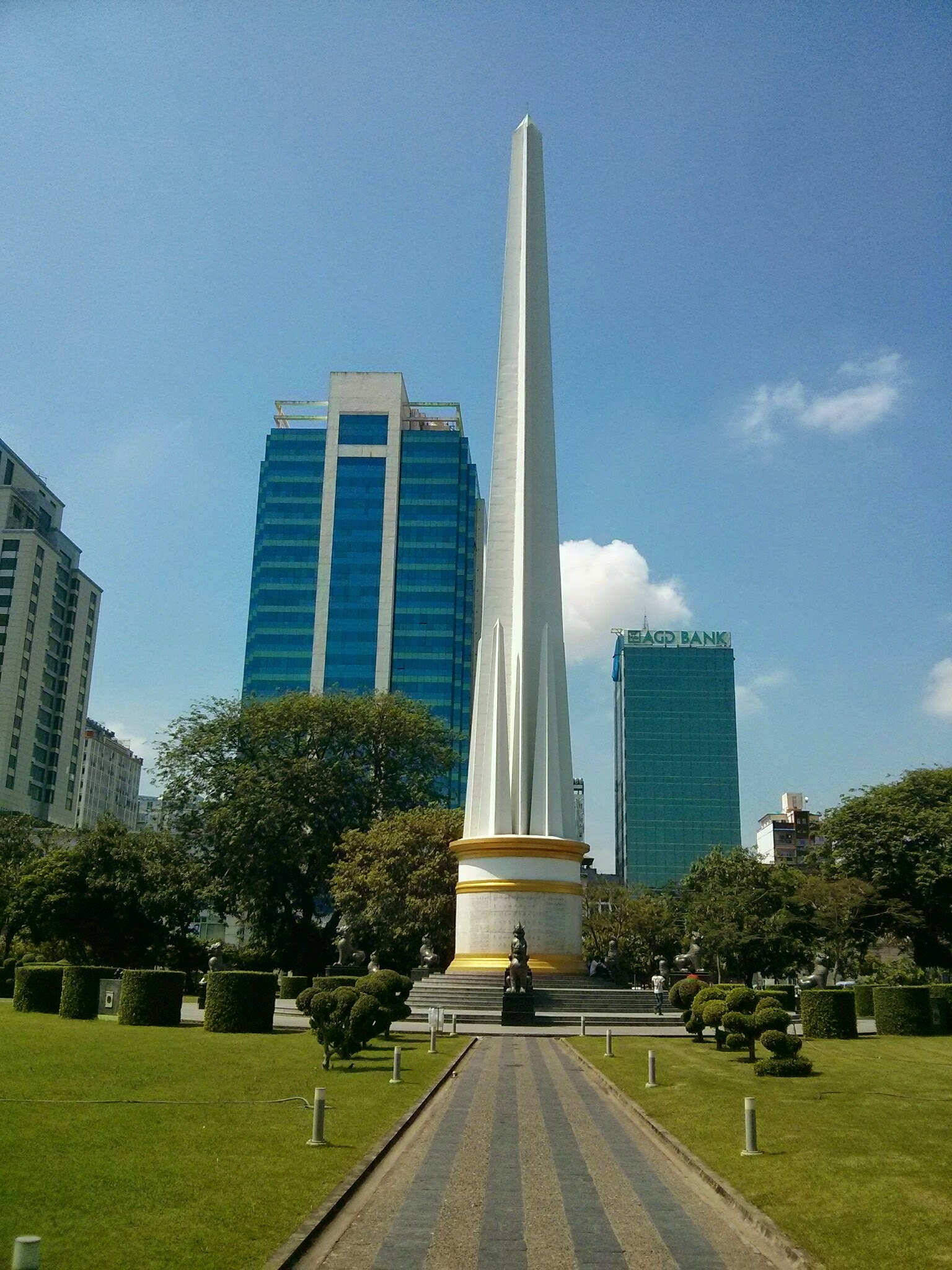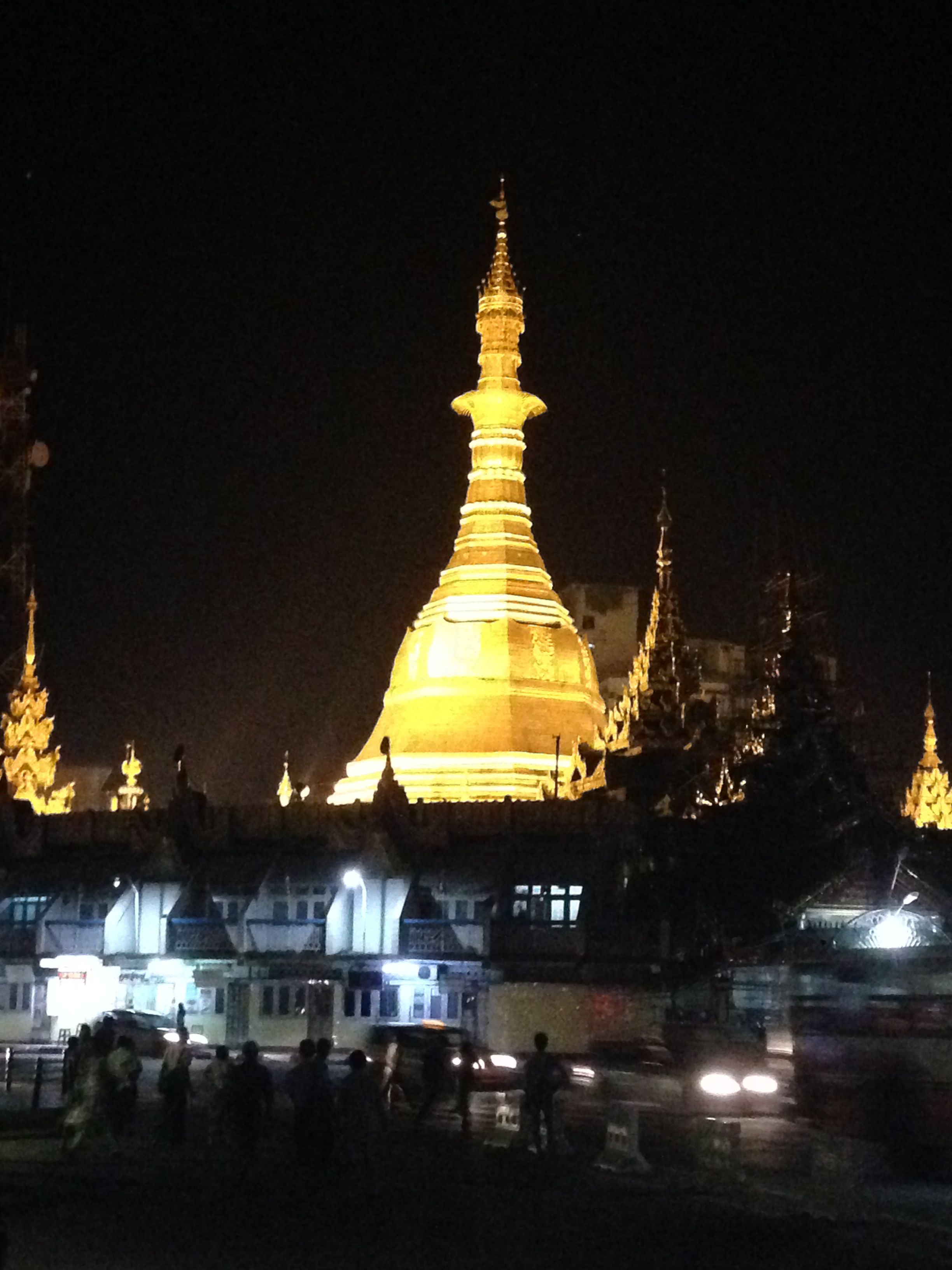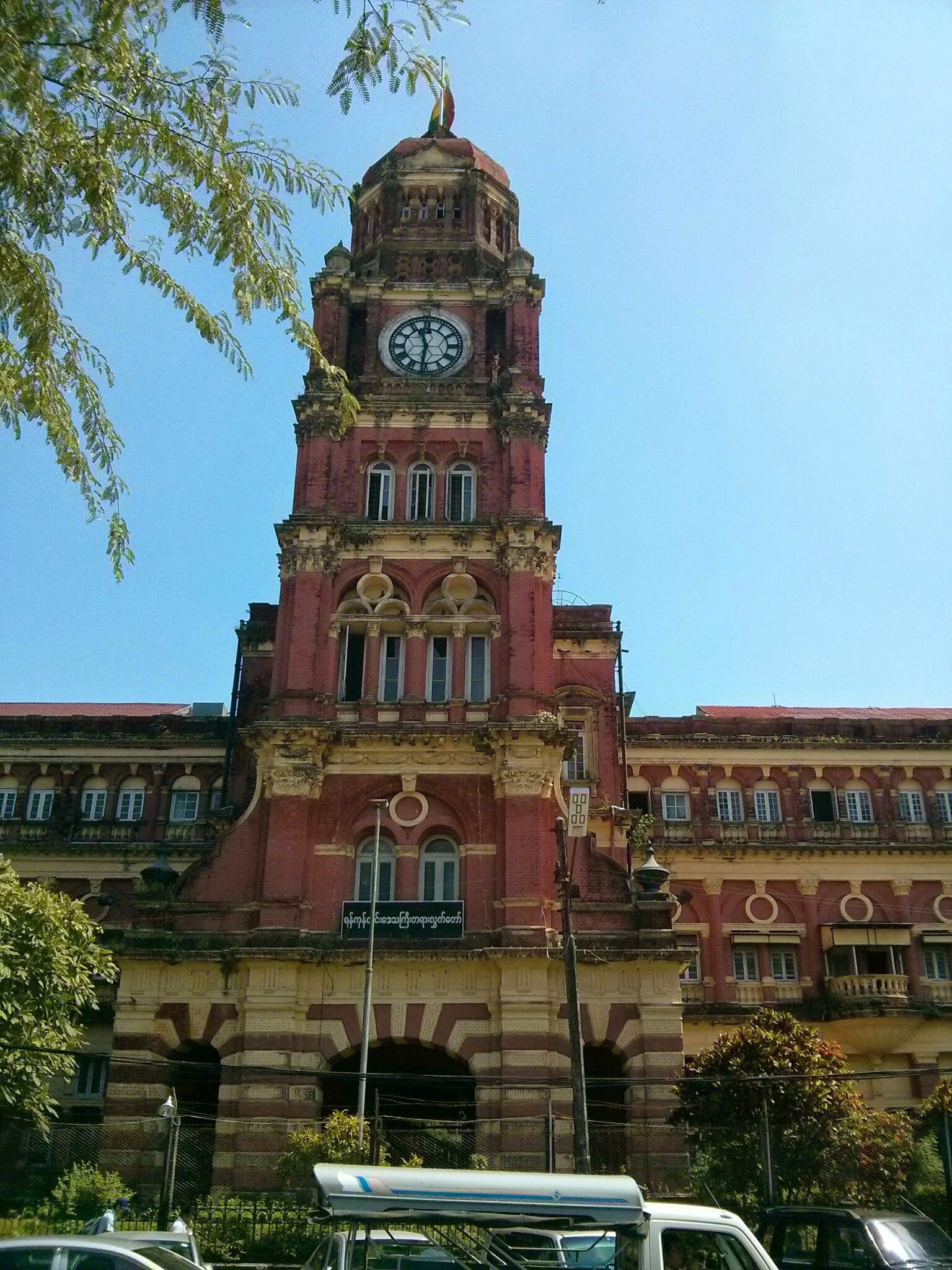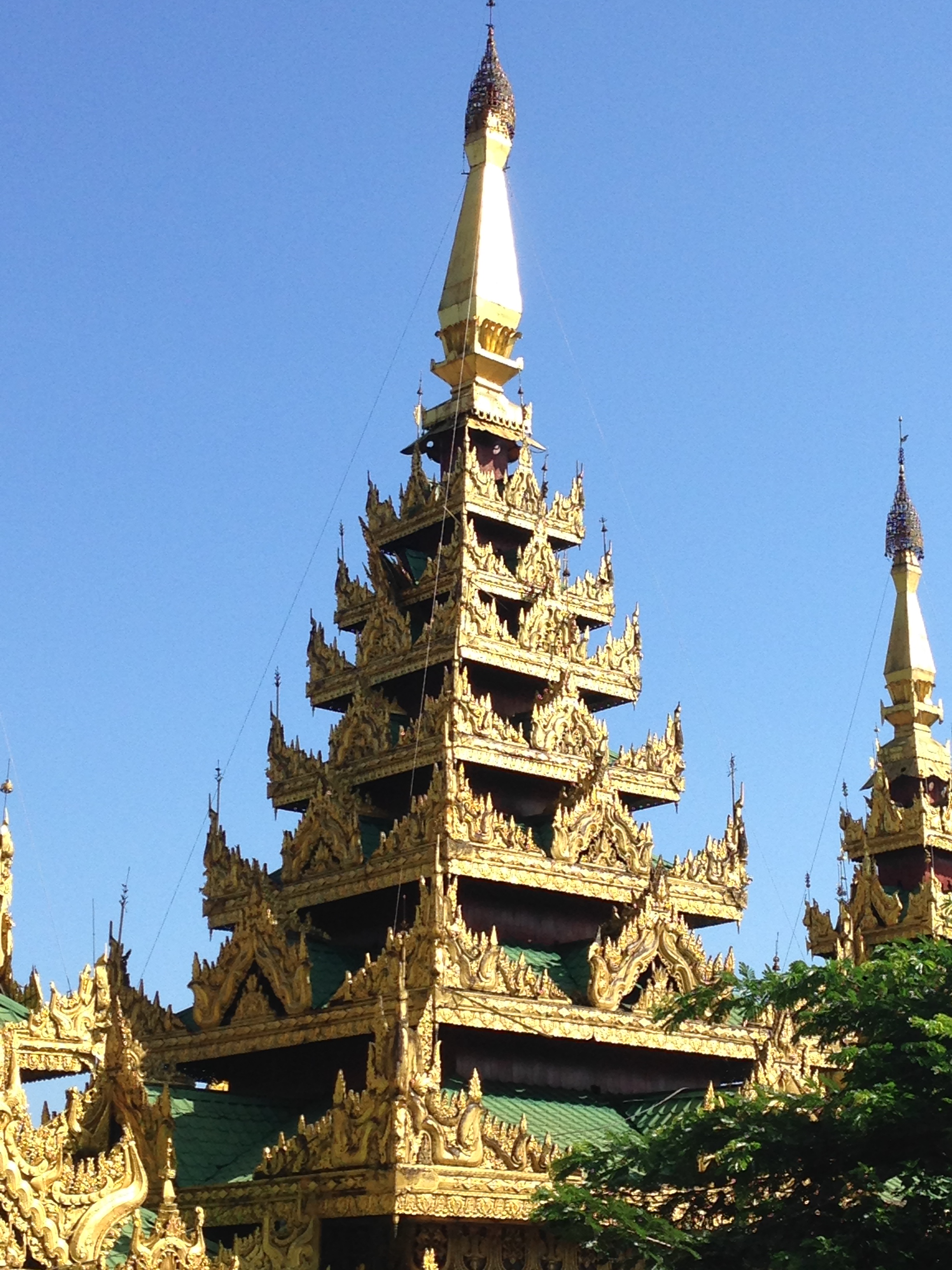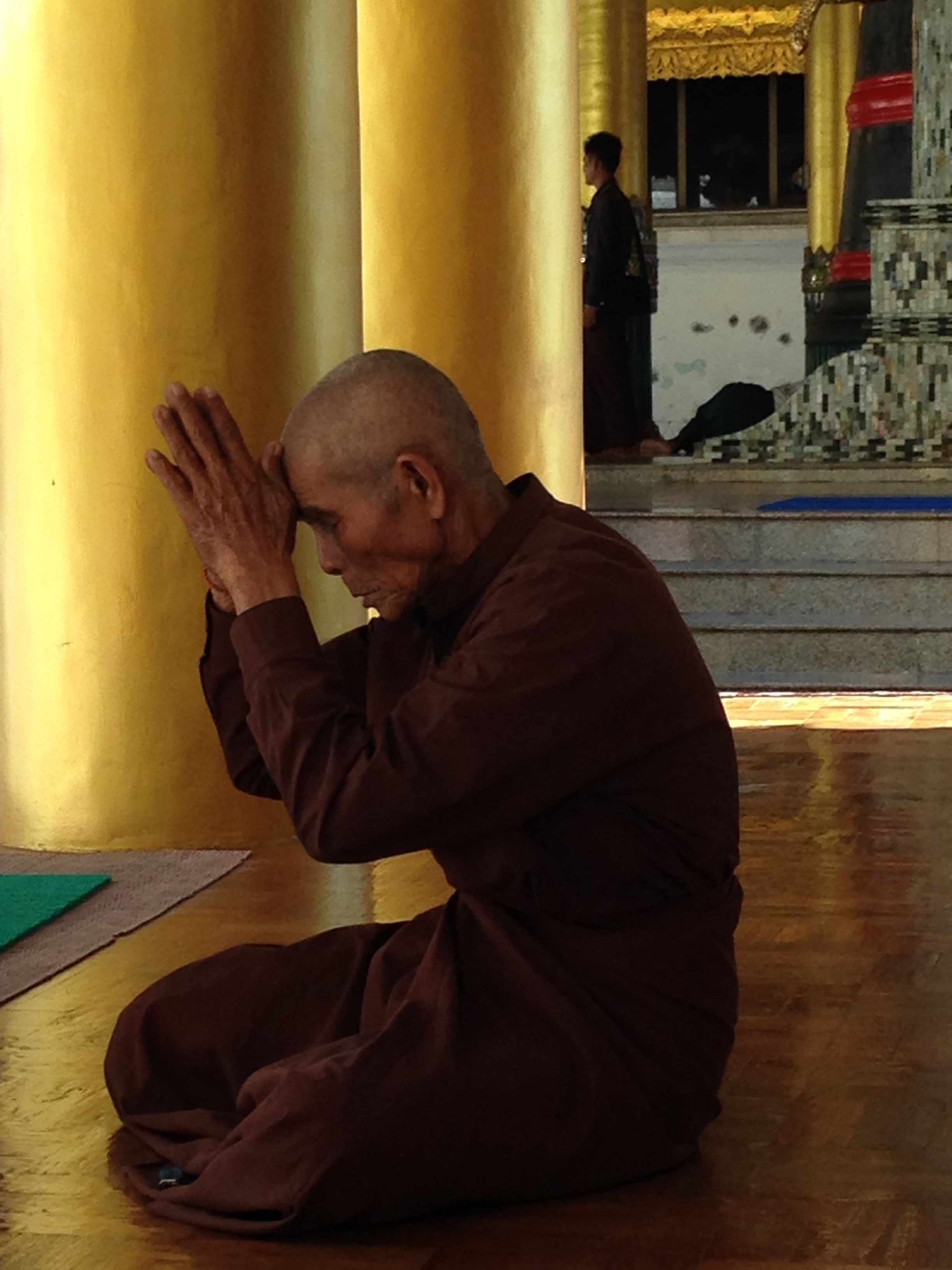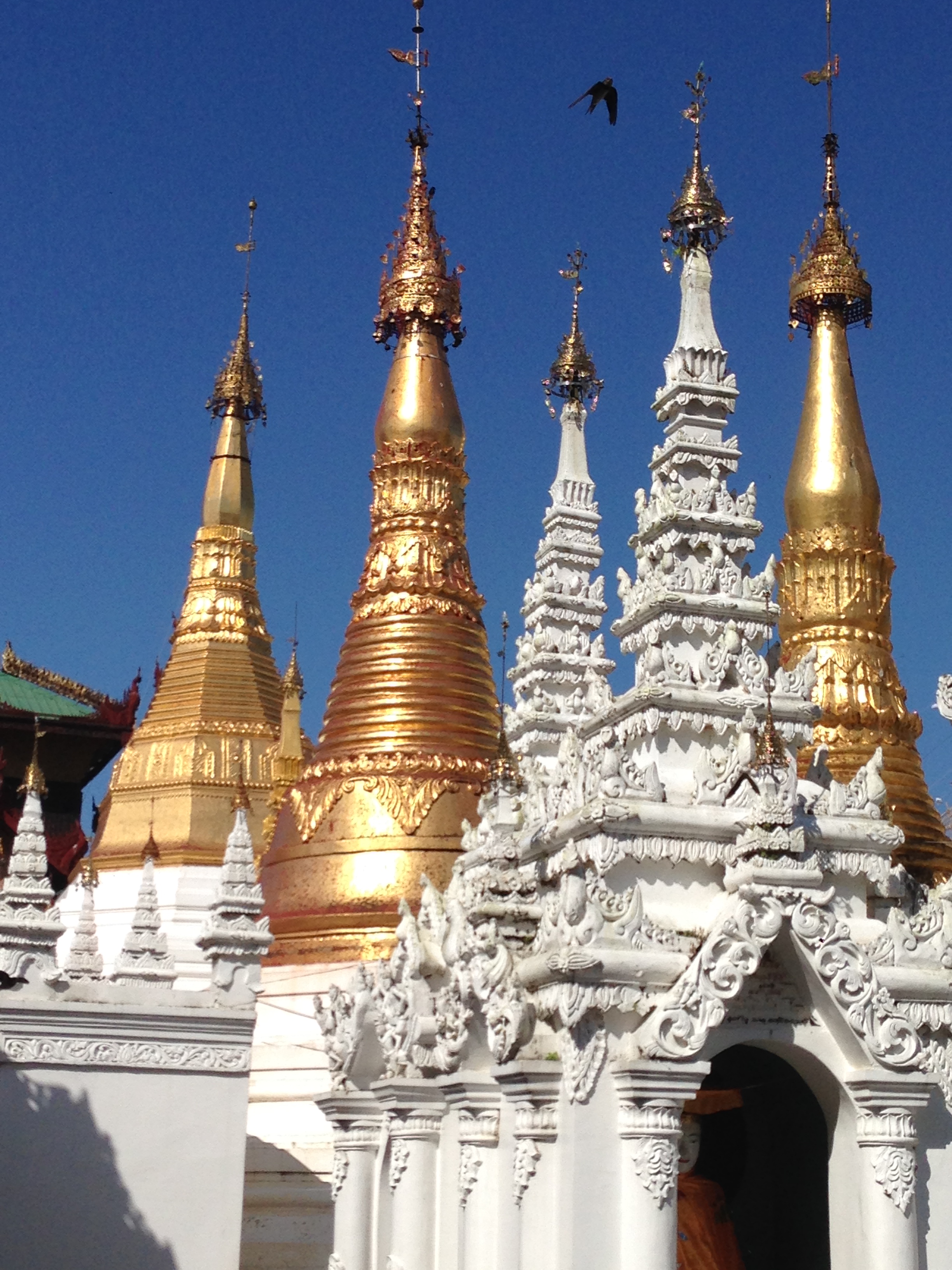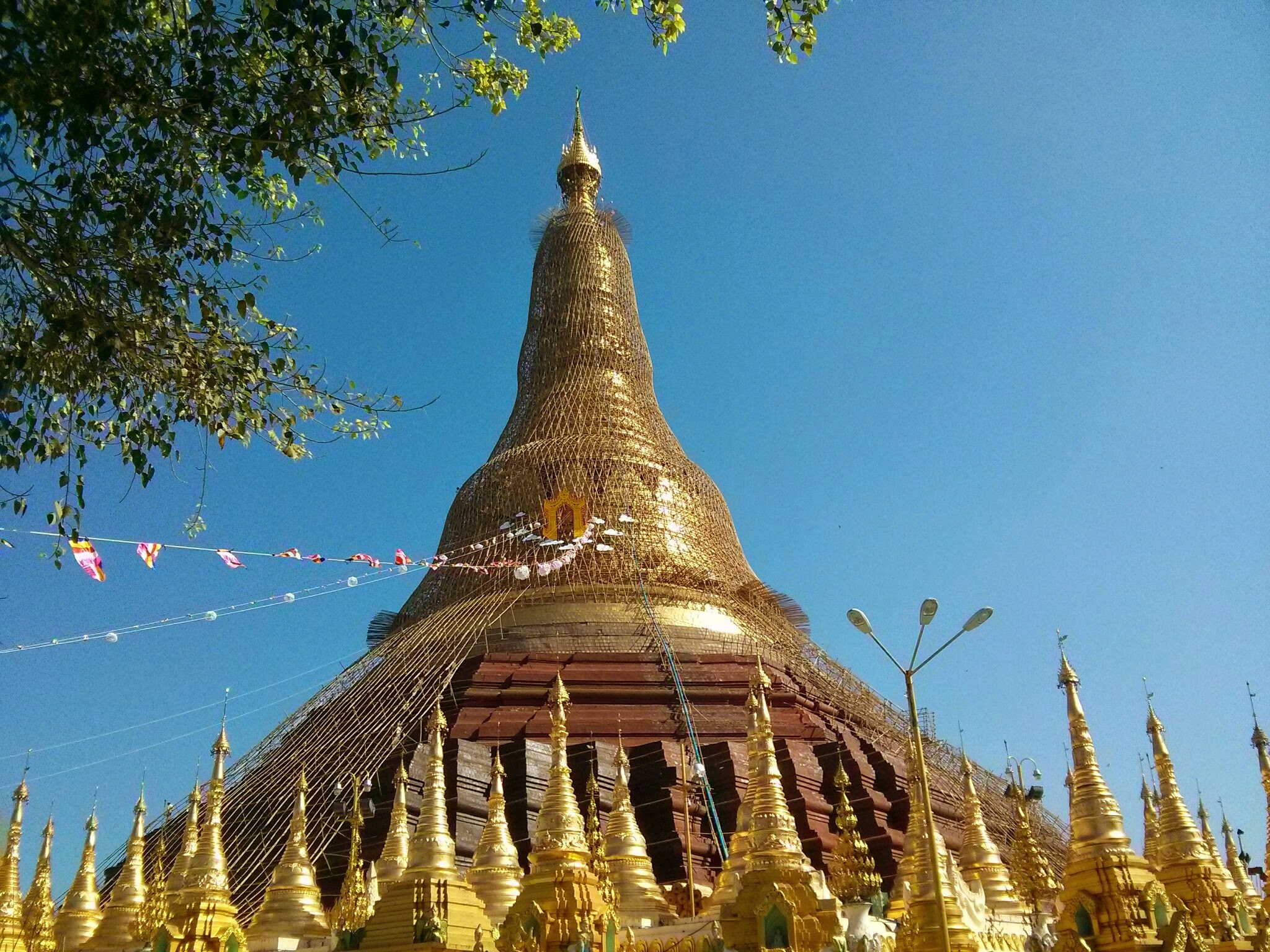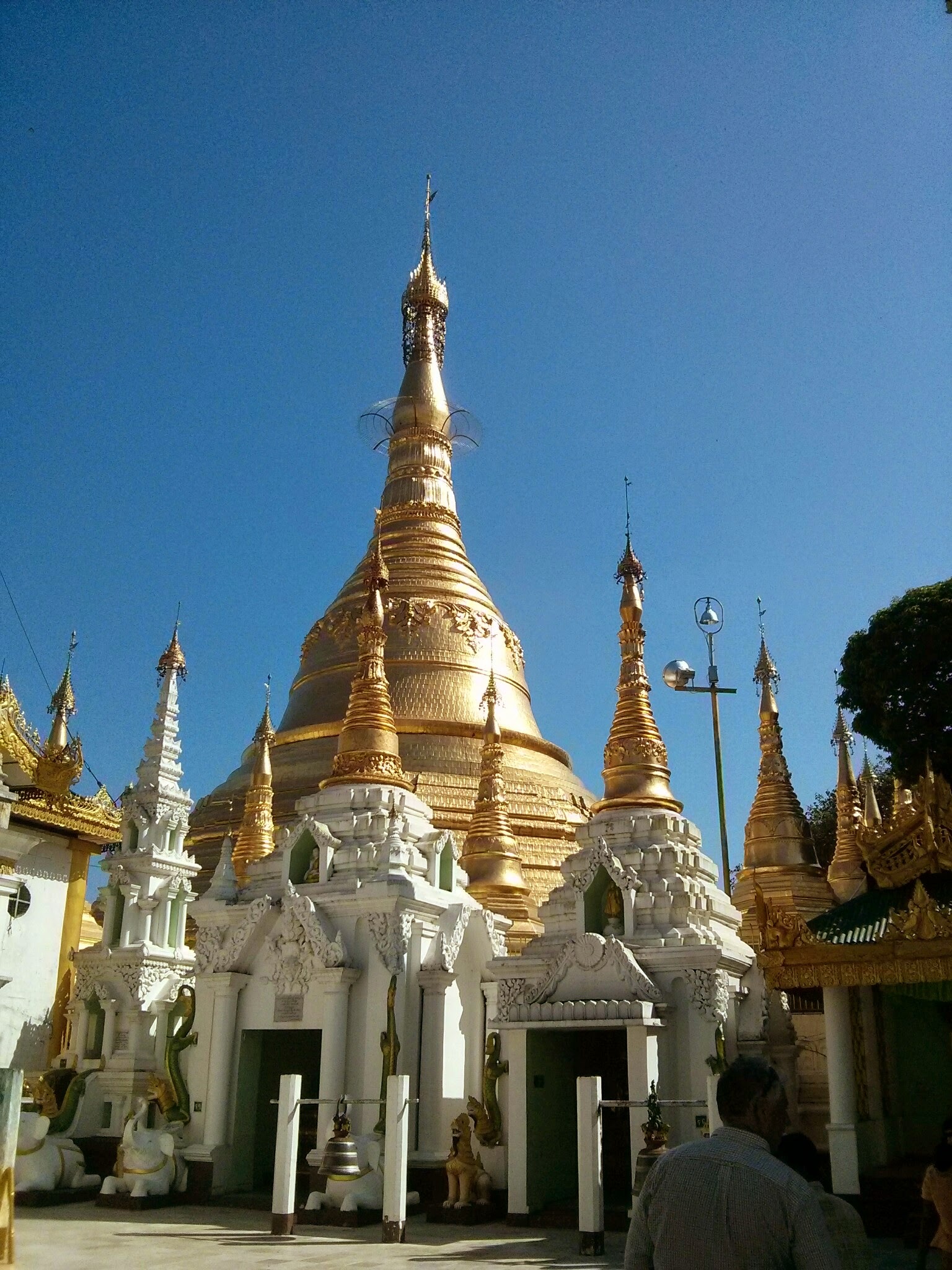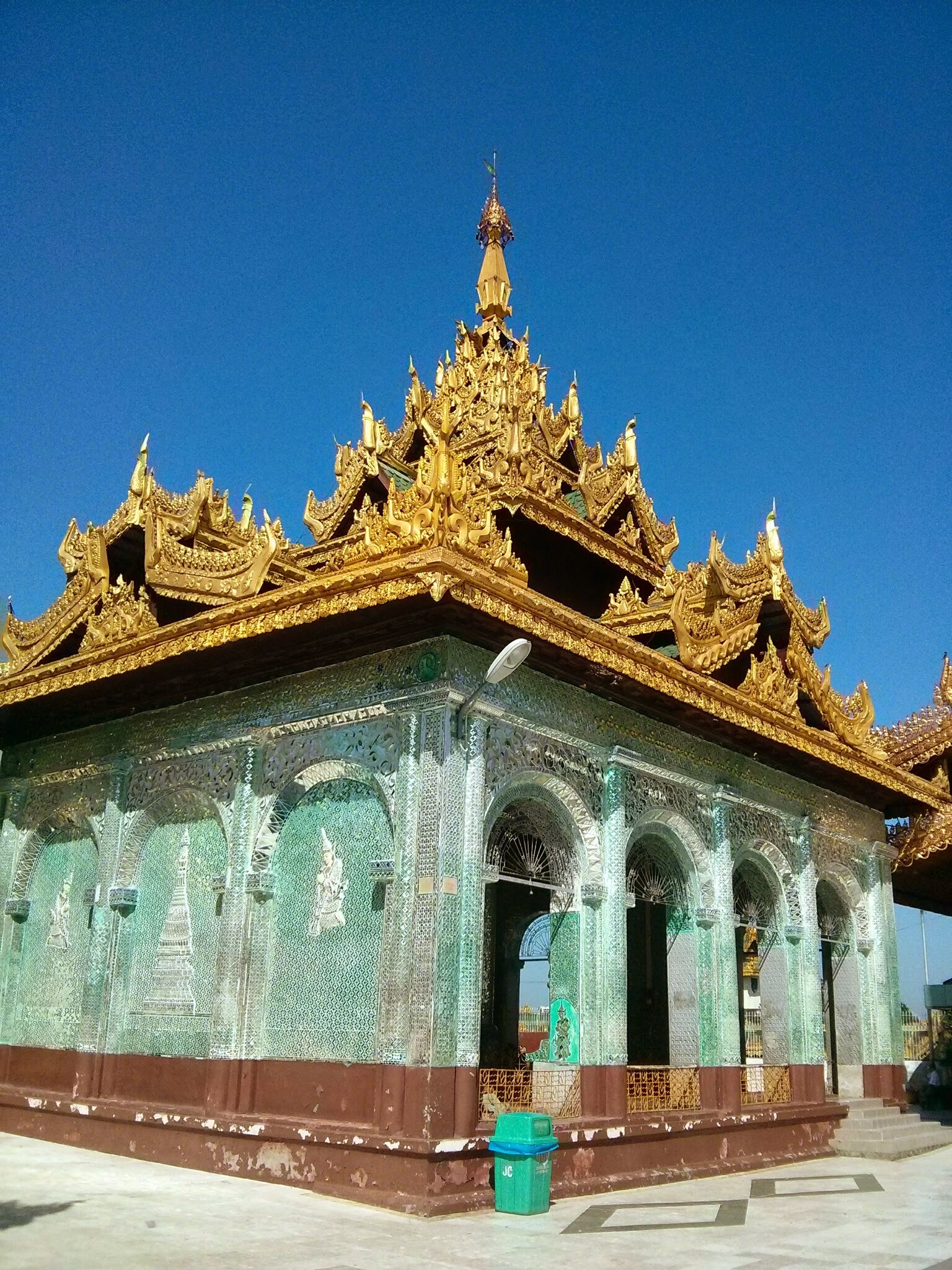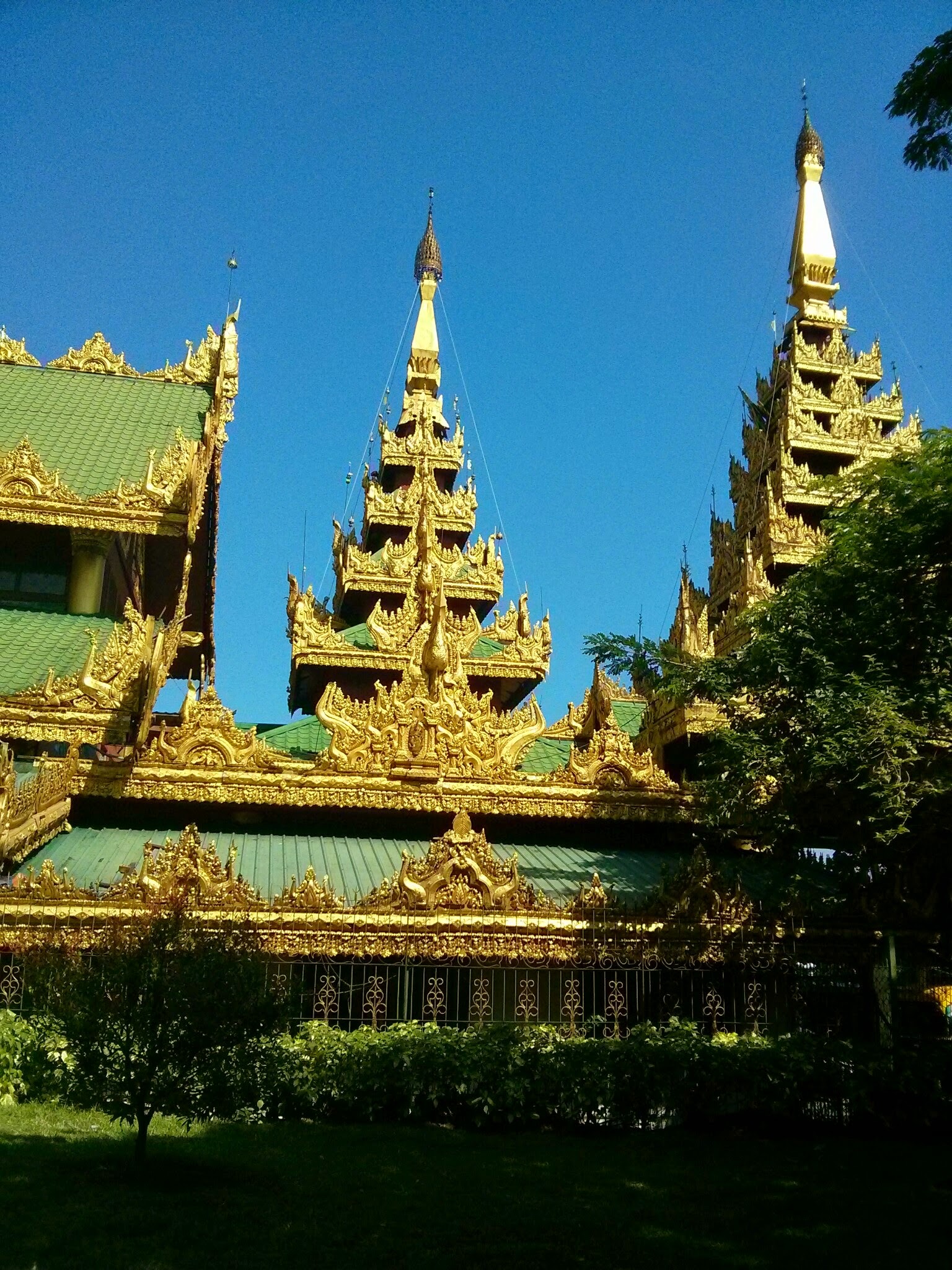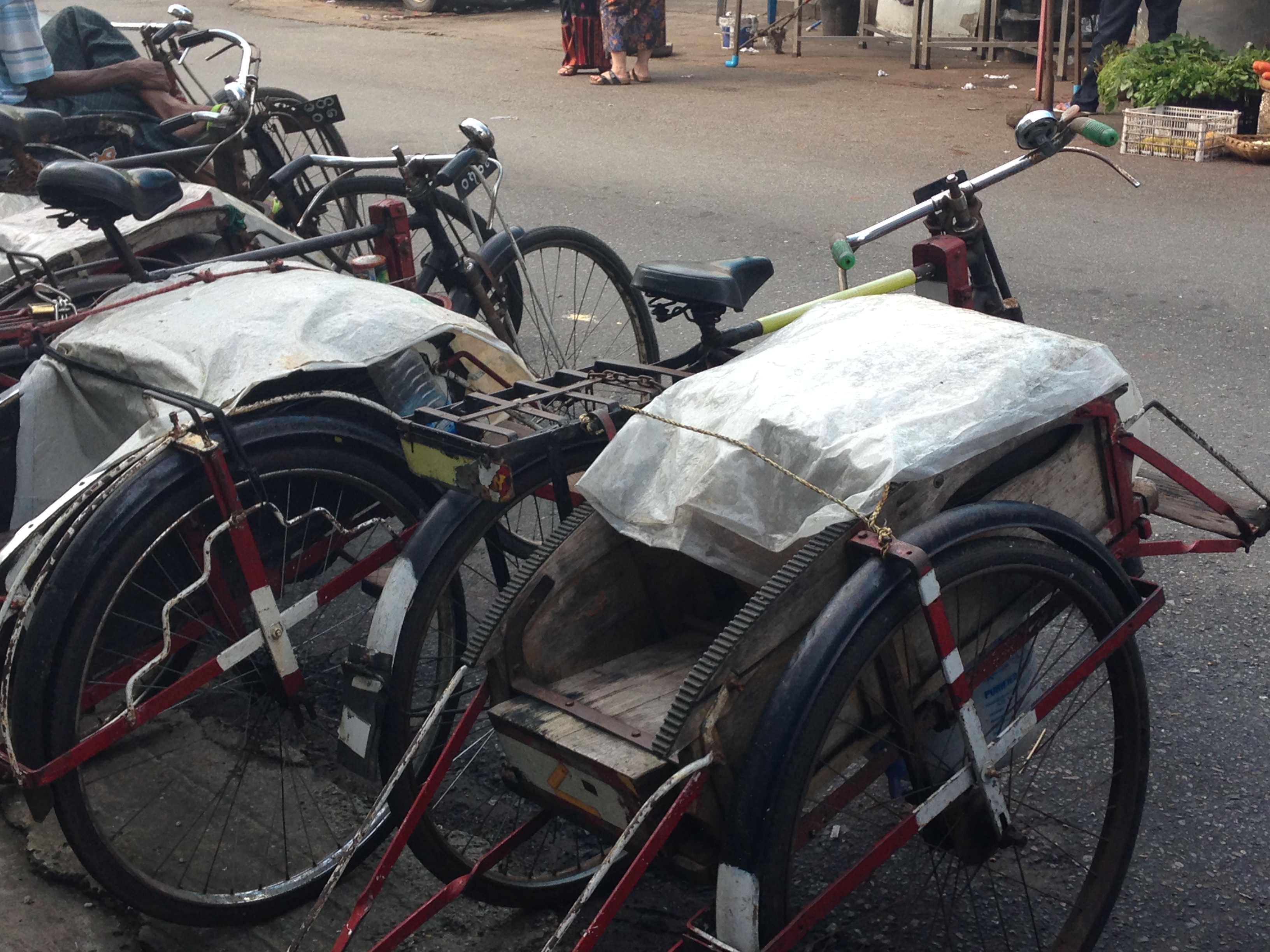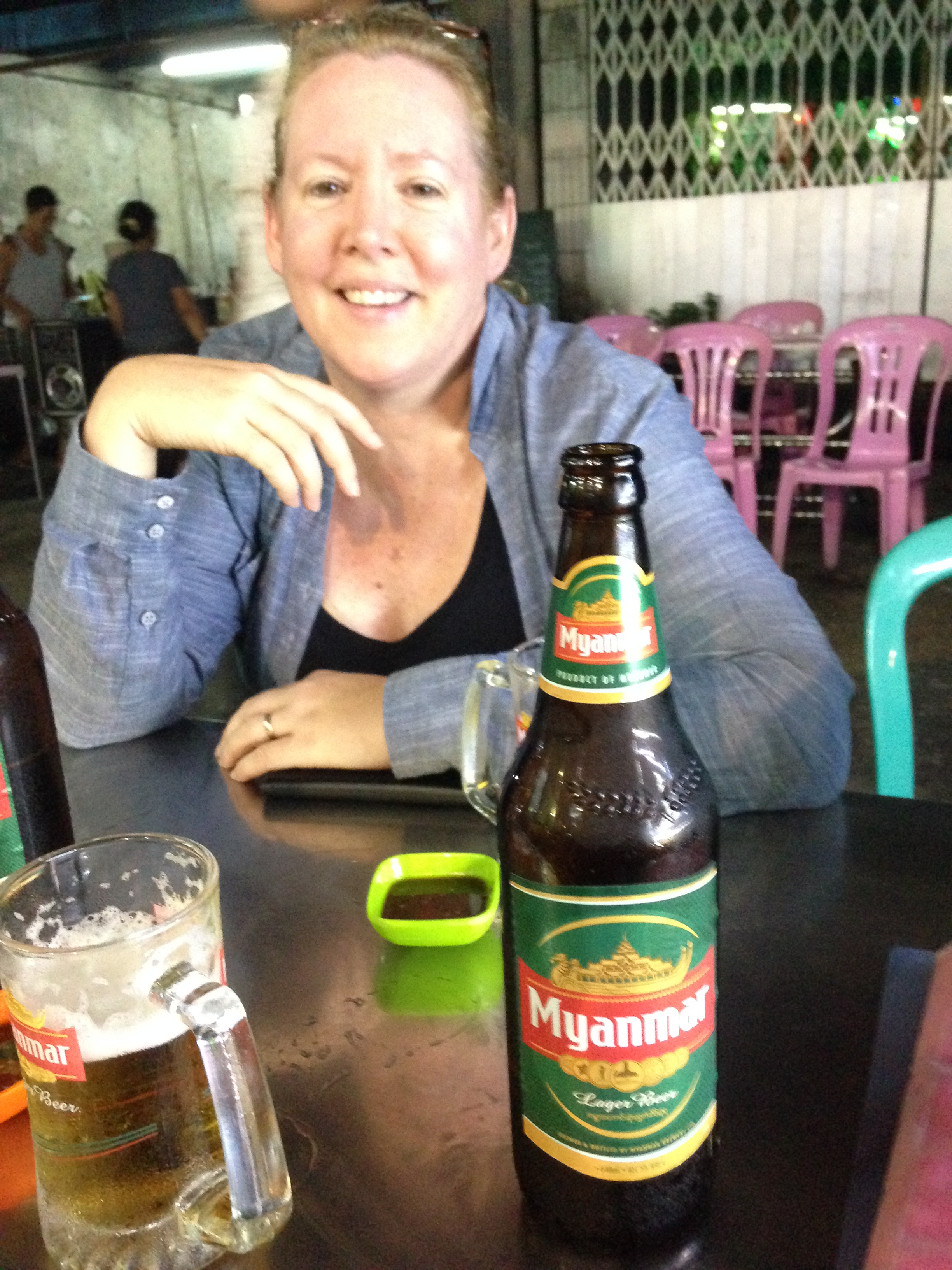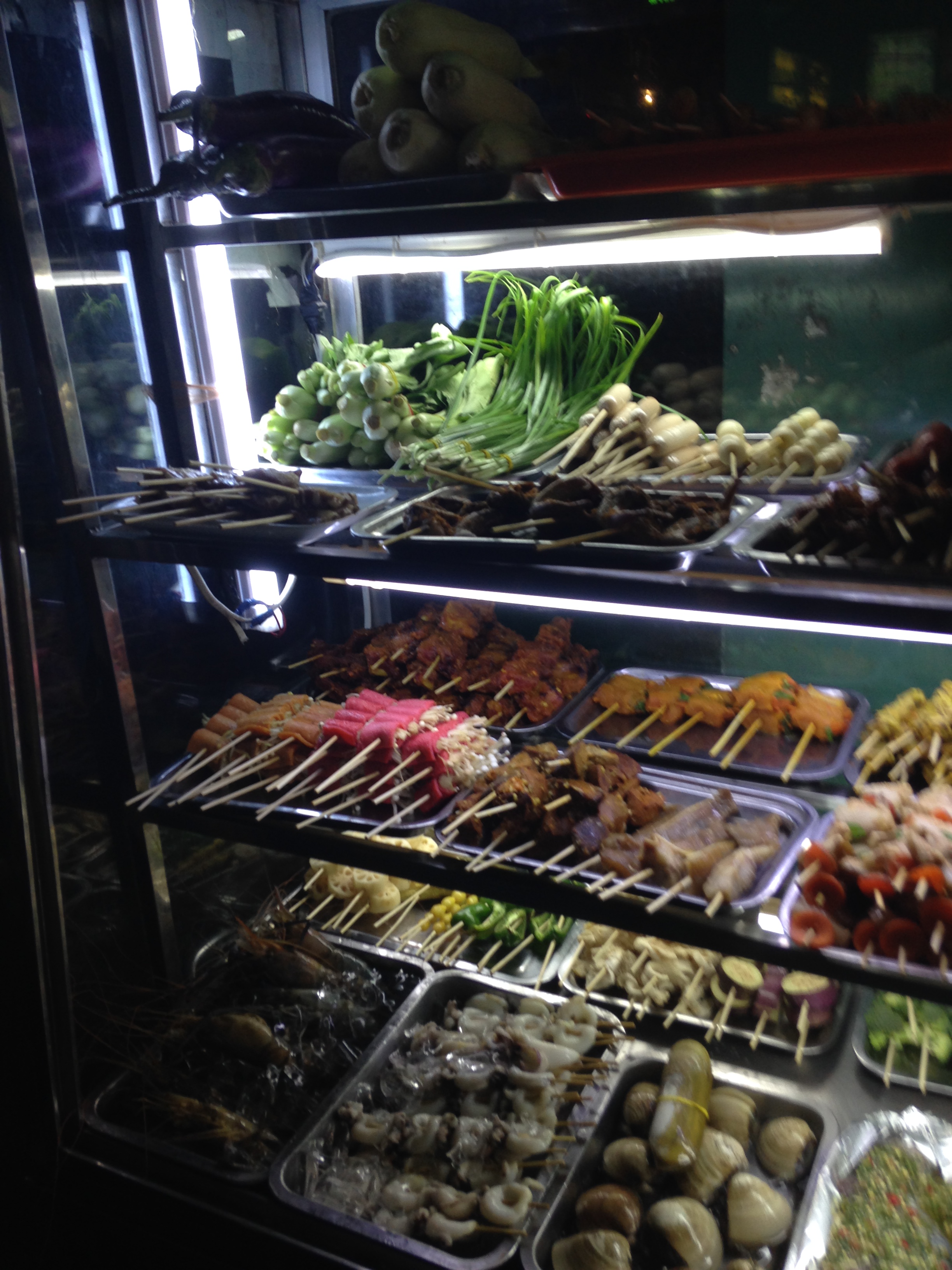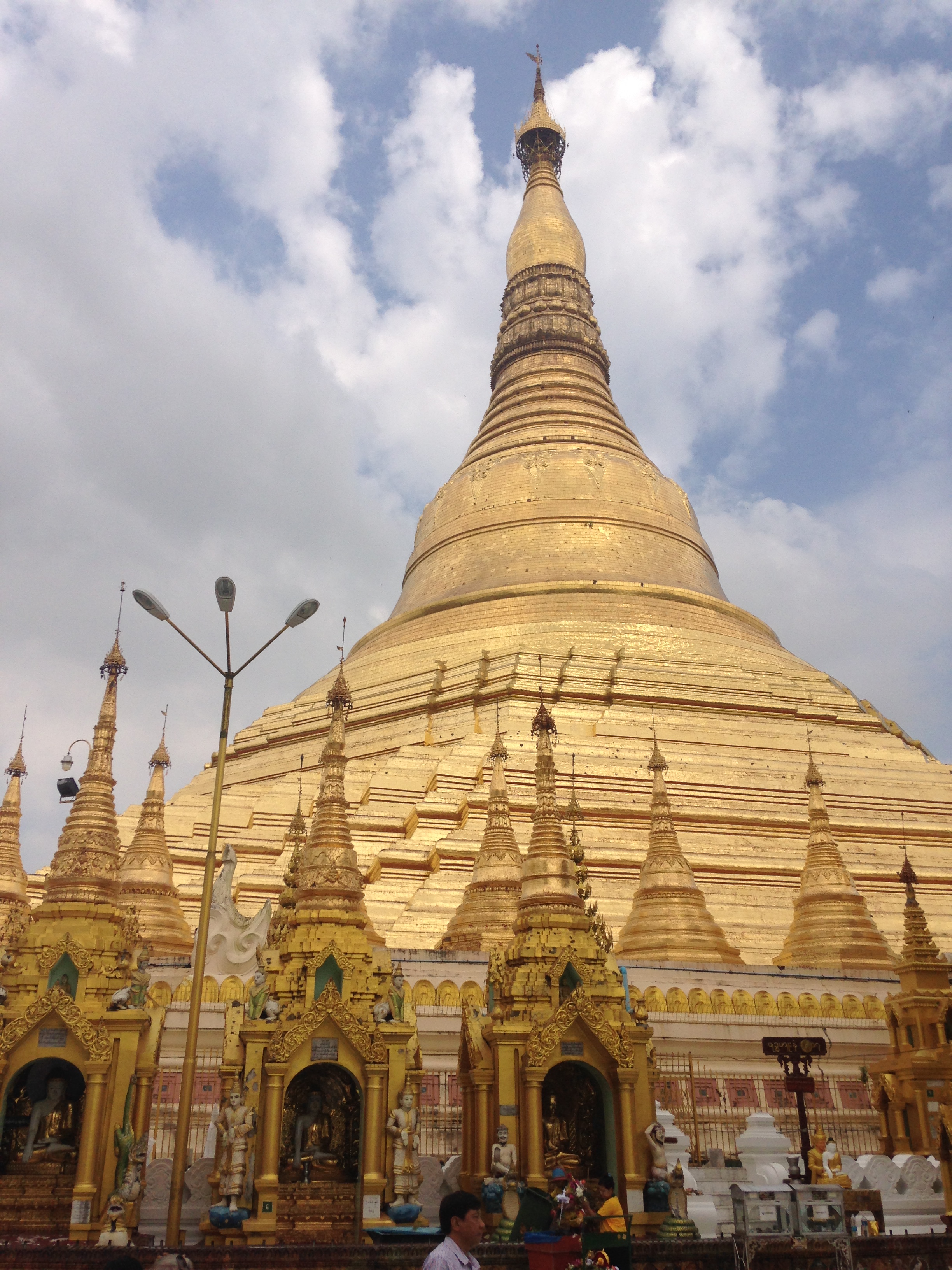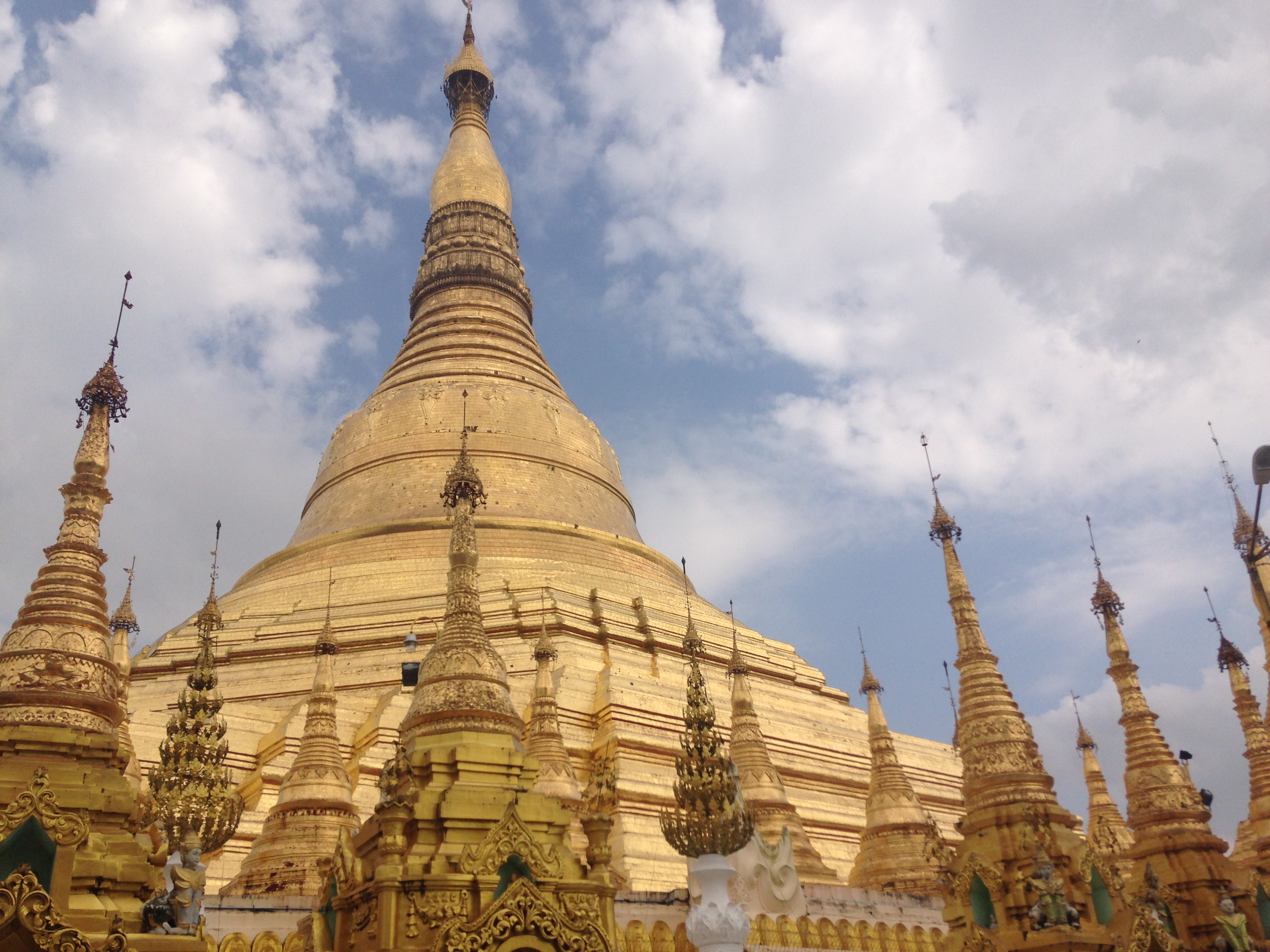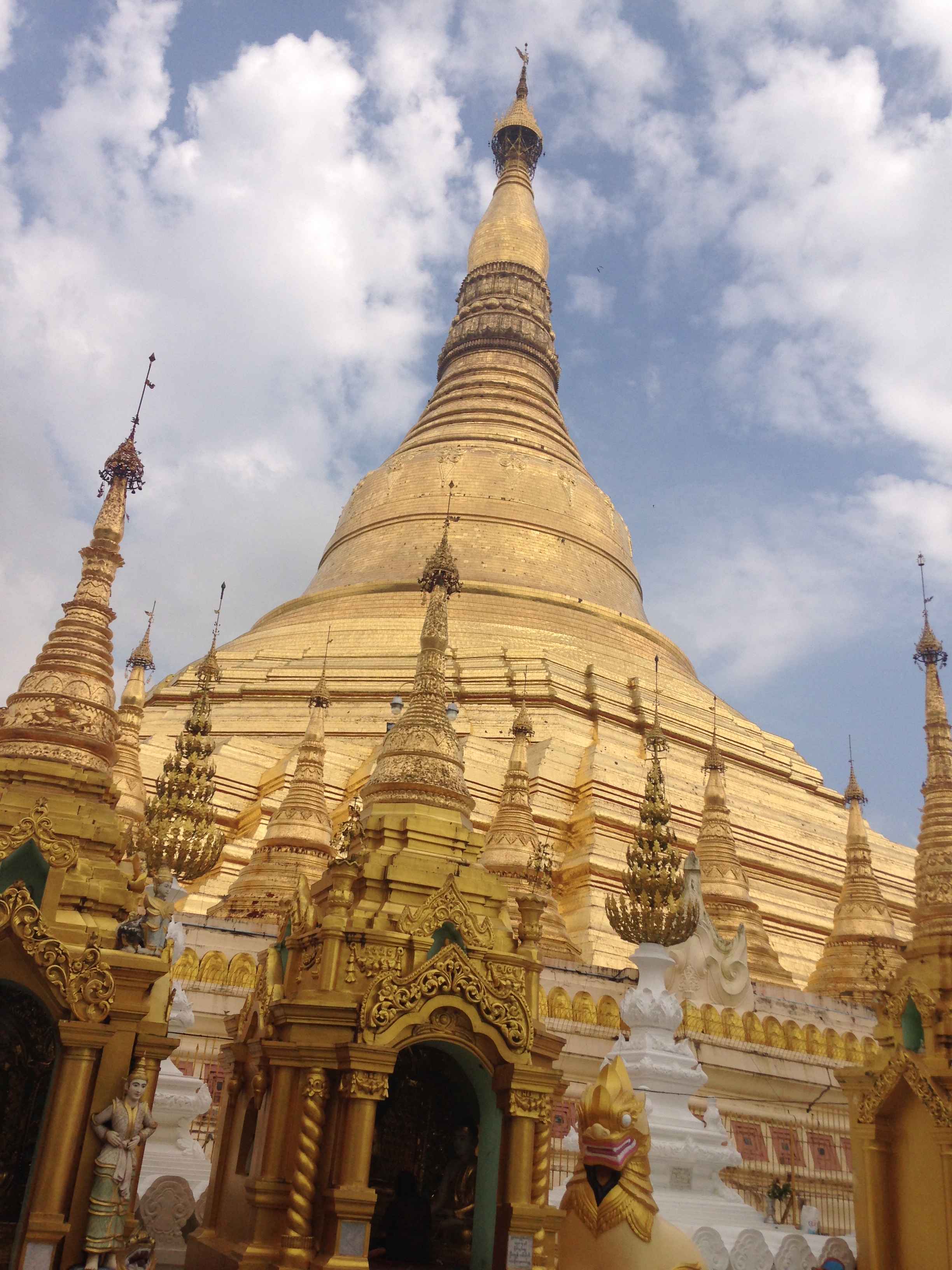This is a 2017 post and not a 2014 post like most of the others. Having run out of money and going home to be adults and work for a while we saved our pennies and came back to Myanmar. This time to catch the bits we missed and see some of the things that were under construction or renovation on the first trip through. And the big ticket item that we missed was Inle Lake.
Jill was looking for a bit of pampering on this leg so the accommodation was significantly more extravagant than we normally use. We stayed at the Novotel and to be fair…it was both very nice and well priced for what it was. As usual in a western hotel in Asia…the food sucked. The buffet breakfast was good but the a-la-carte fusion thing just never works and this was no exception. But it had (as I have been told) the bathtub to die for, a swim up pool and views across the lake that really shone at around sunset.

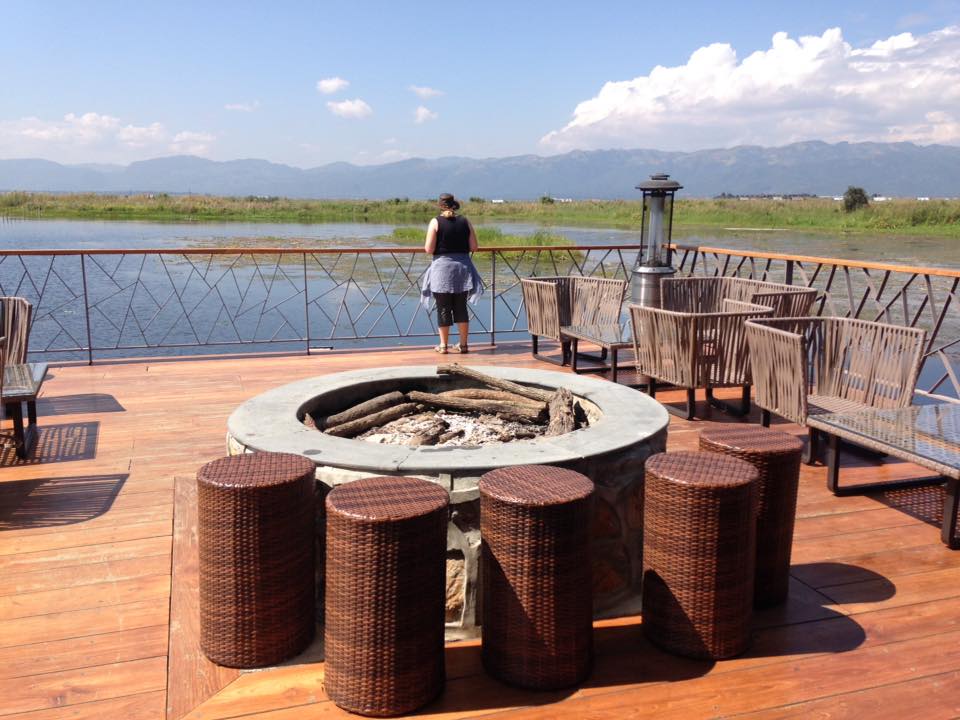
![IMG_1489[1]](https://midliferadventure.files.wordpress.com/2017/11/img_14891.jpg?w=600)
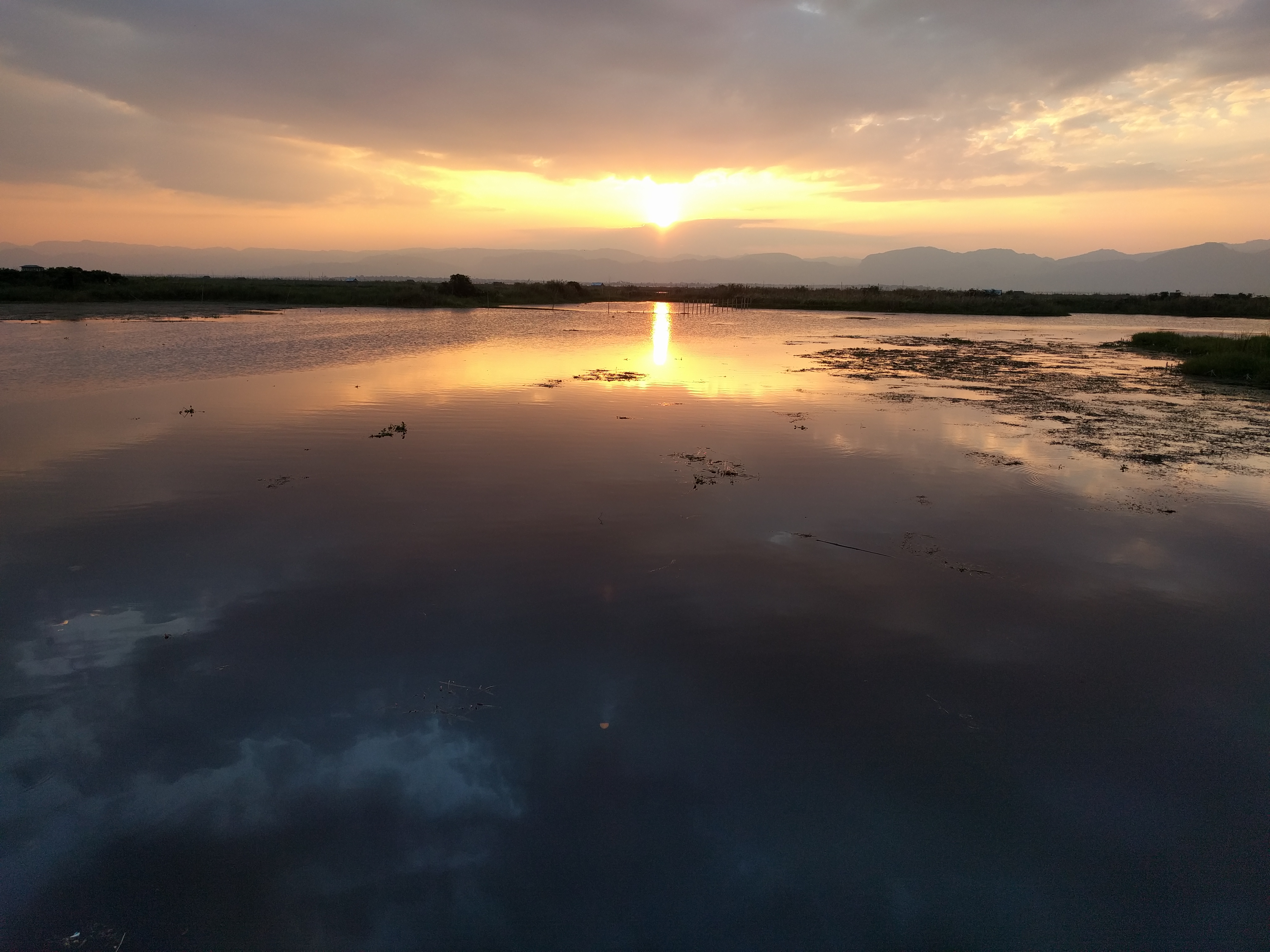


The lake itself is about 26 km long and 10 km wide at the widest point. And Dr Google tells me that there are about thirty species of snails and fish that can be found nowhere else in the world. But for most of us it is just pretty. The commuting by longboat water taxis makes for an interesting time and there is so much to see and do around the area. That said, it will cost you a lot of money to do it (especially by Myanmar standards).



Everything here is more expensive. The taxis, the boats, the food, the beer…everything. And this is without even factoring in the Novotel factor (which adds extra onto the bill if they find out where you are staying). But it is pretty and is certainly worth the trip.
A major factor of interest around Inle Lake is the rolling markets. The markets alternate on a five day cycle between the little townships and villages along the shore (Heho, Nyaungshwe, Taunggyi, Minethauk, Shwenyaung). This means that every morning you can head off by boat to a new township and see a different market. There is the obvious tourist junk that is at every one of the markets, but there is also a local flavour to each of them and each one is just a little bit different.

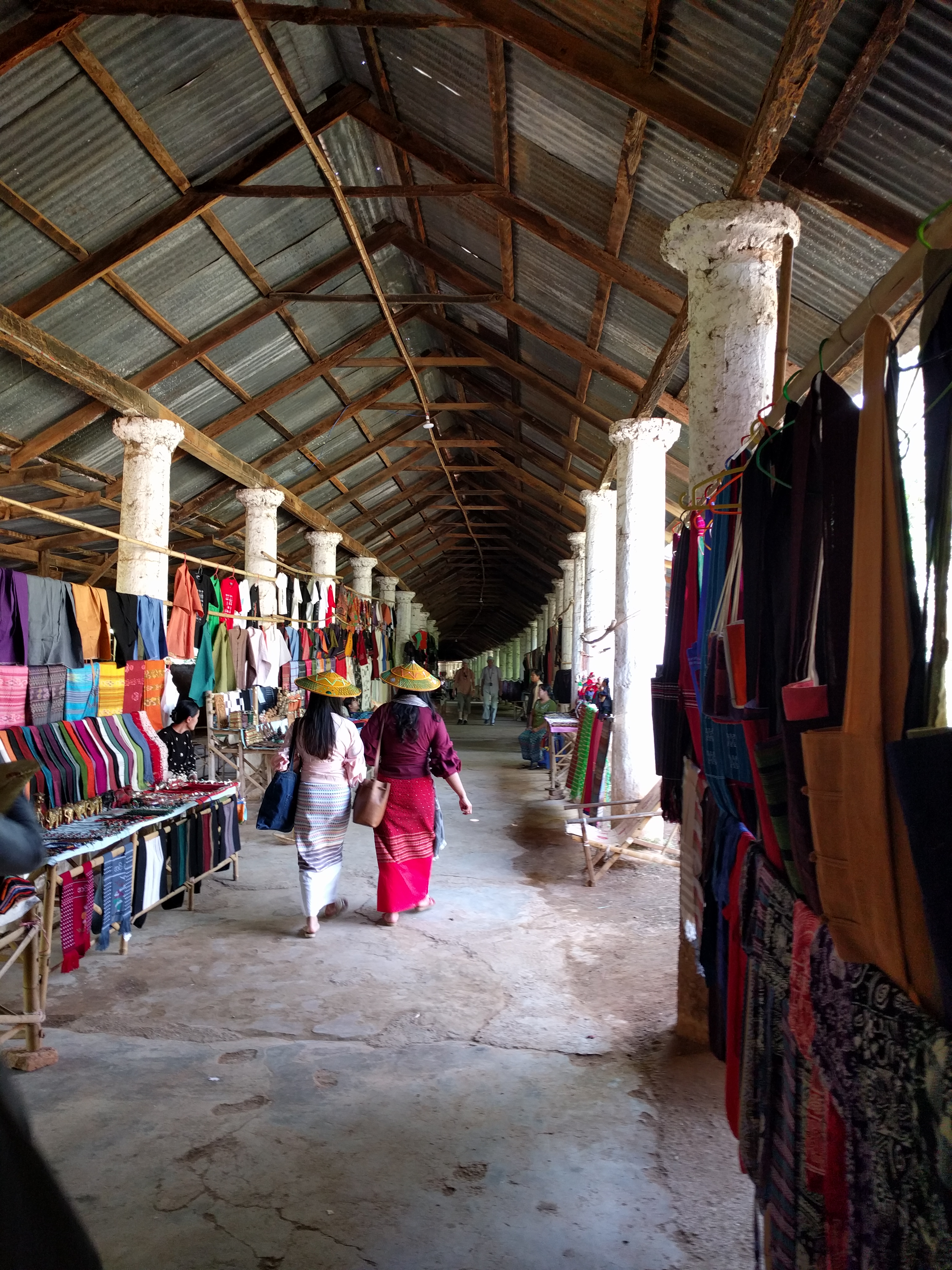

The other thing of note with the rolling markets is the sheer beauty of taking the boat rides to get to them. Needless to say over the years we have been to any number of floating villages. For the most part these have been tourist traps designed to part you from your dollars. But here on Inle lake, they are almost all floating villages. It is not a gimmick it is the lifestyle…and it is charming. So the boat rides to the various markets see you riding along past ramshackle residences and shops all perched on stumps above the water.
[wpvideo ZQriB72C]
Another major attraction of coming to the lake is to meet with the Kayan people of Myanmar. For those that do not know they are the group that place brass coils around their neck. Most often they have been seen on the Thailand border (having fled the former fighting) the Kayan people have largely migrated back closer to their original home base. They have been referred to in any number of ways, that not surprisingly they find somewhat offensive. Names like giraffe women and long neck women are less than appreciated. They are however more than comfortable being referred to as the ladies with the long elegant necks.
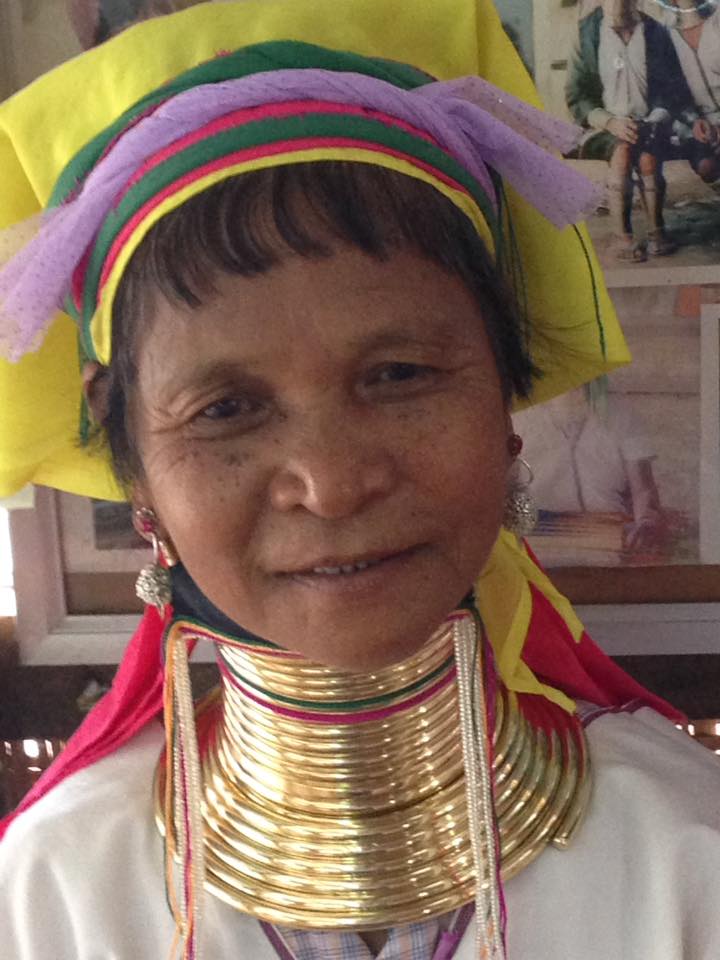
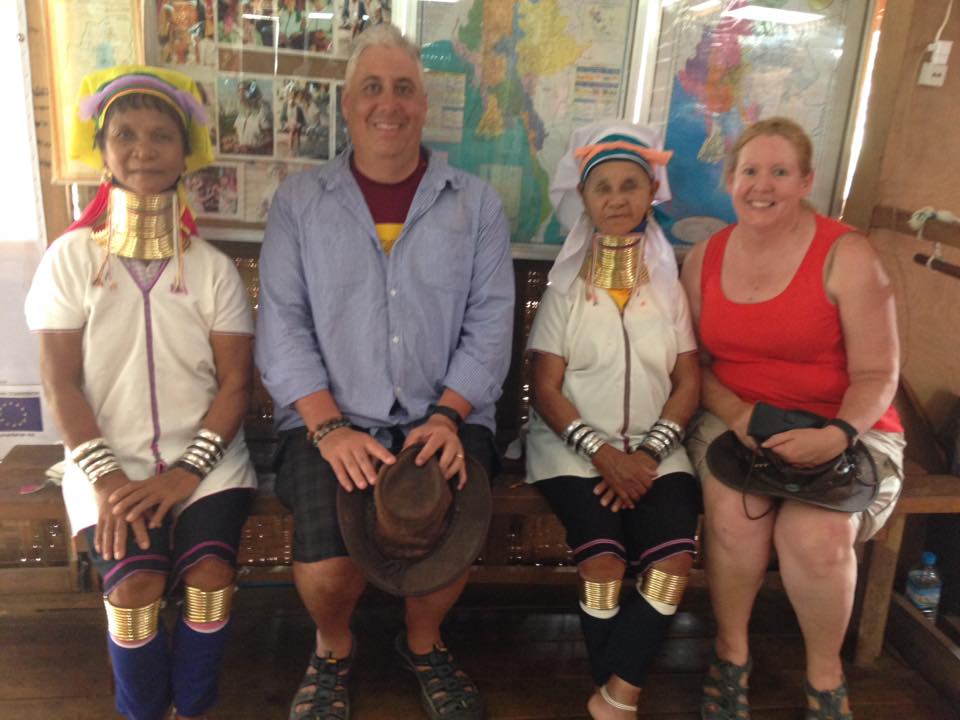

Another unique thing about the lake is the local fishermen and their rowing style. They perch on the edge of these insanely narrow and shallow boats while casting and retrieving fishing nets and simultaneously rowing the boat using their legs. This is a sight not to be missed and for us mere mortals, a zen like demonstration of both concentration and balance. The fishermen come in two varieties…the actual fishermen who use modern nets and the touristy ones that use bamboo nets as perhaps was done once upon a time. The second type just do it to pose for tourist photos and stage capturing fish by throwing them into their nets after the fact. Both types are highly entertaining.

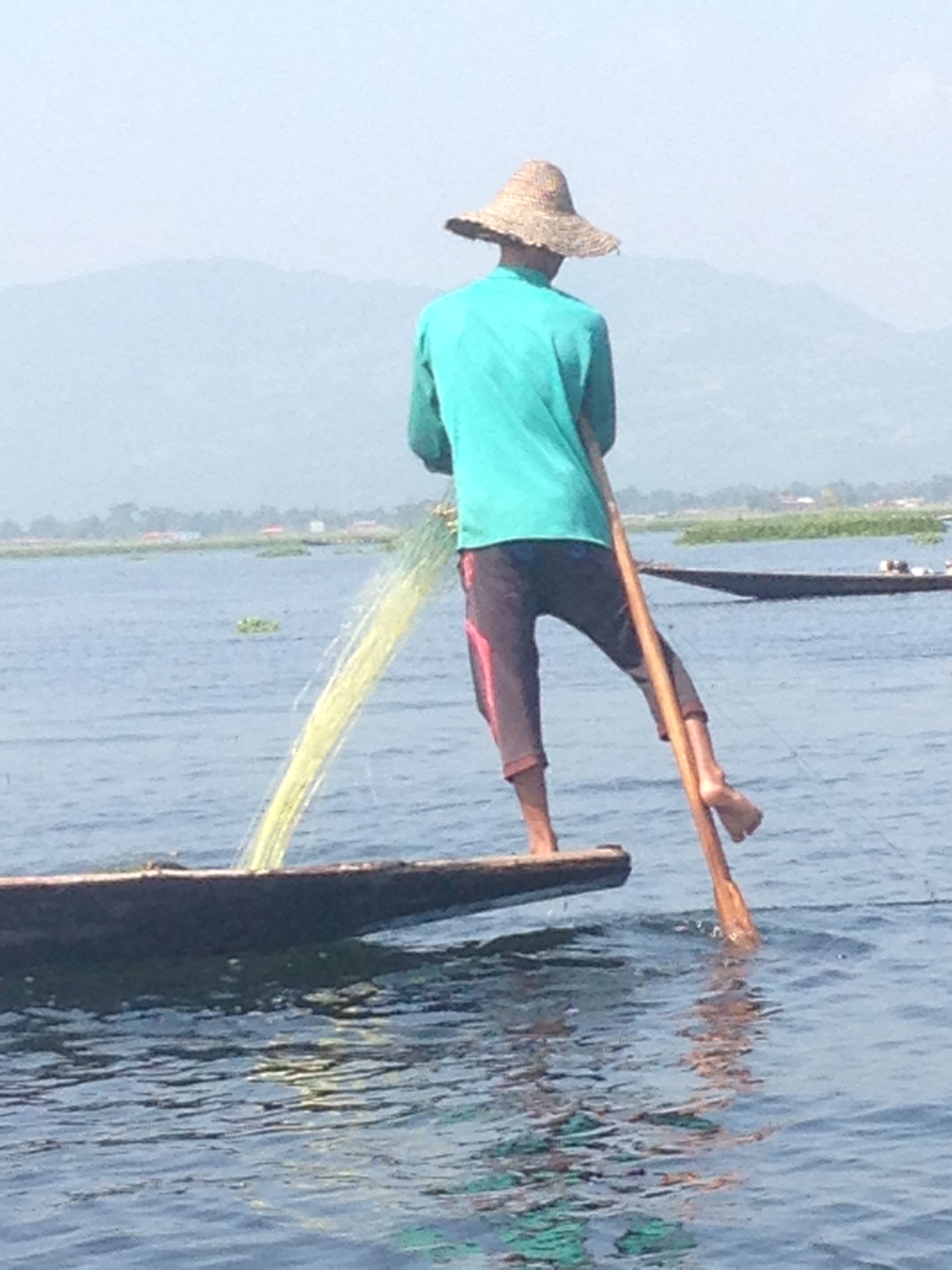


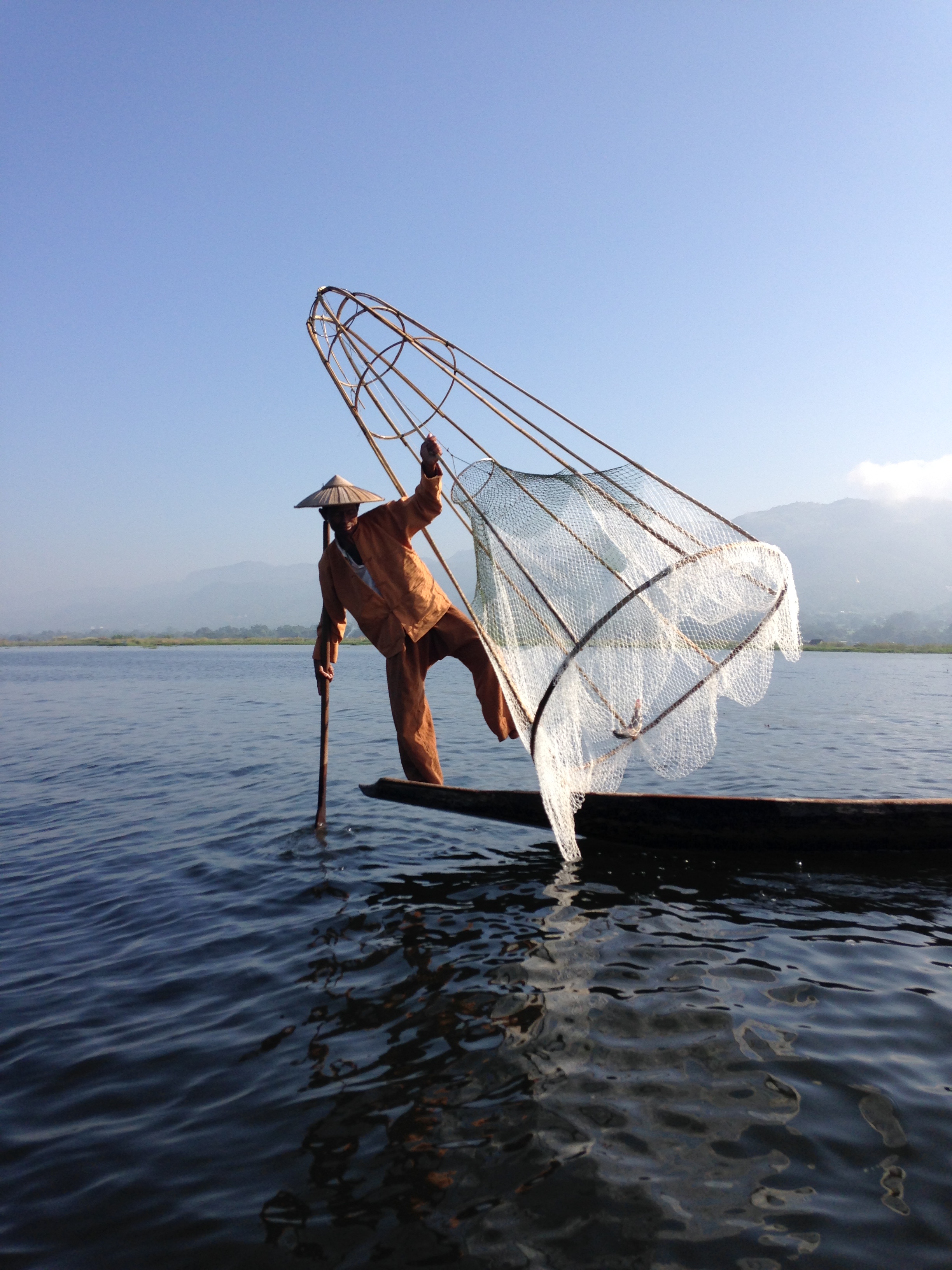

And lets not be silly…it is Myanmar so there is no shortage of stupas, pagodas, temples and monasteries to go to. The lake is littered with them. You can cruise the lake stopping at any one that you like.




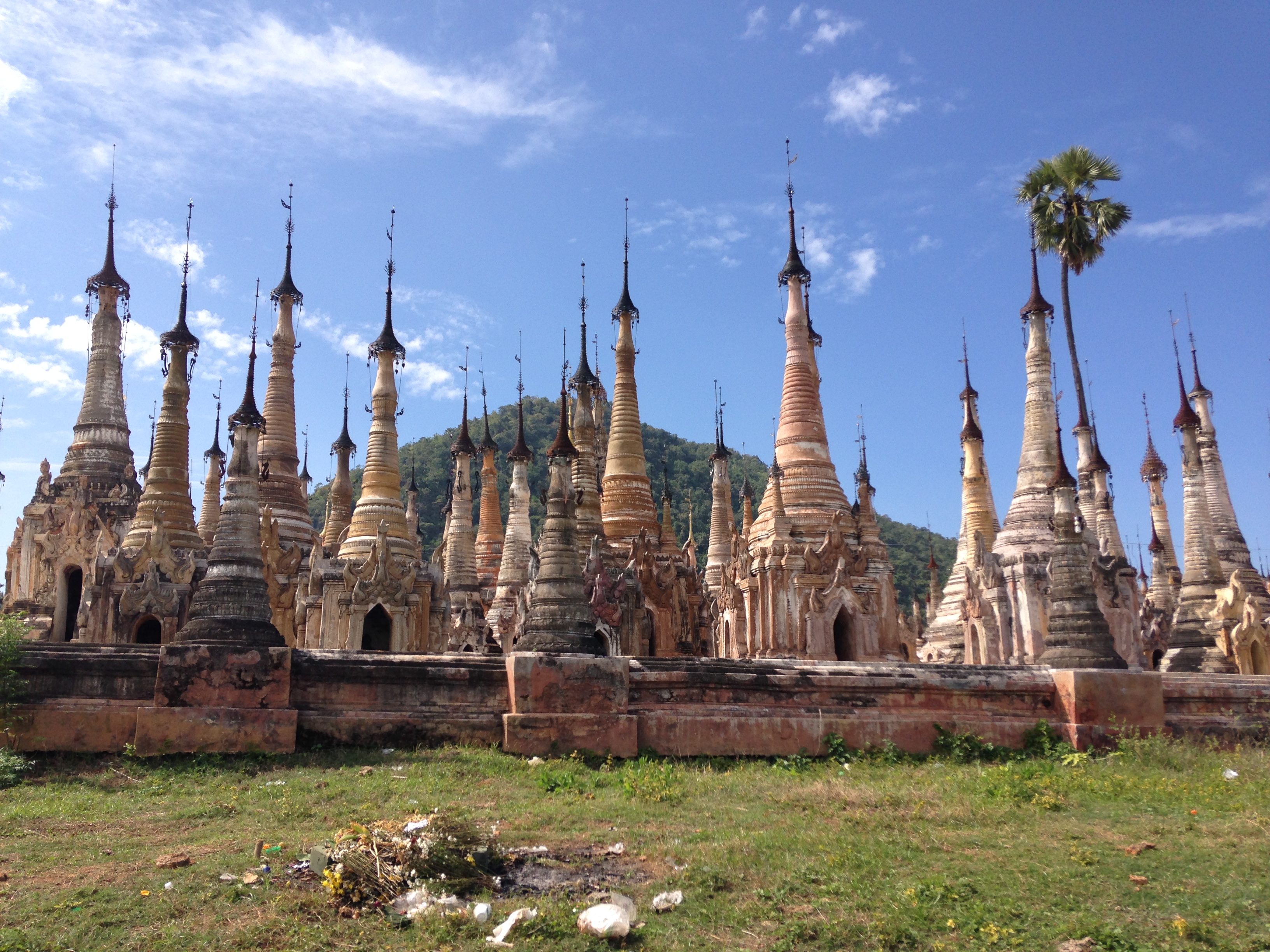

And other than this…almost everything that you can imagine happens on the water. The weeds are harvested manually and are used for fertiliser for crops. The lake itself is turned into a massive hydroponic tomato cropping area. The lake bed is dredged manually for dirt and building materials, the banks are used to distil rice down into what passes for the local hooch. In short there are so very many things to see and do on Inle Lake.

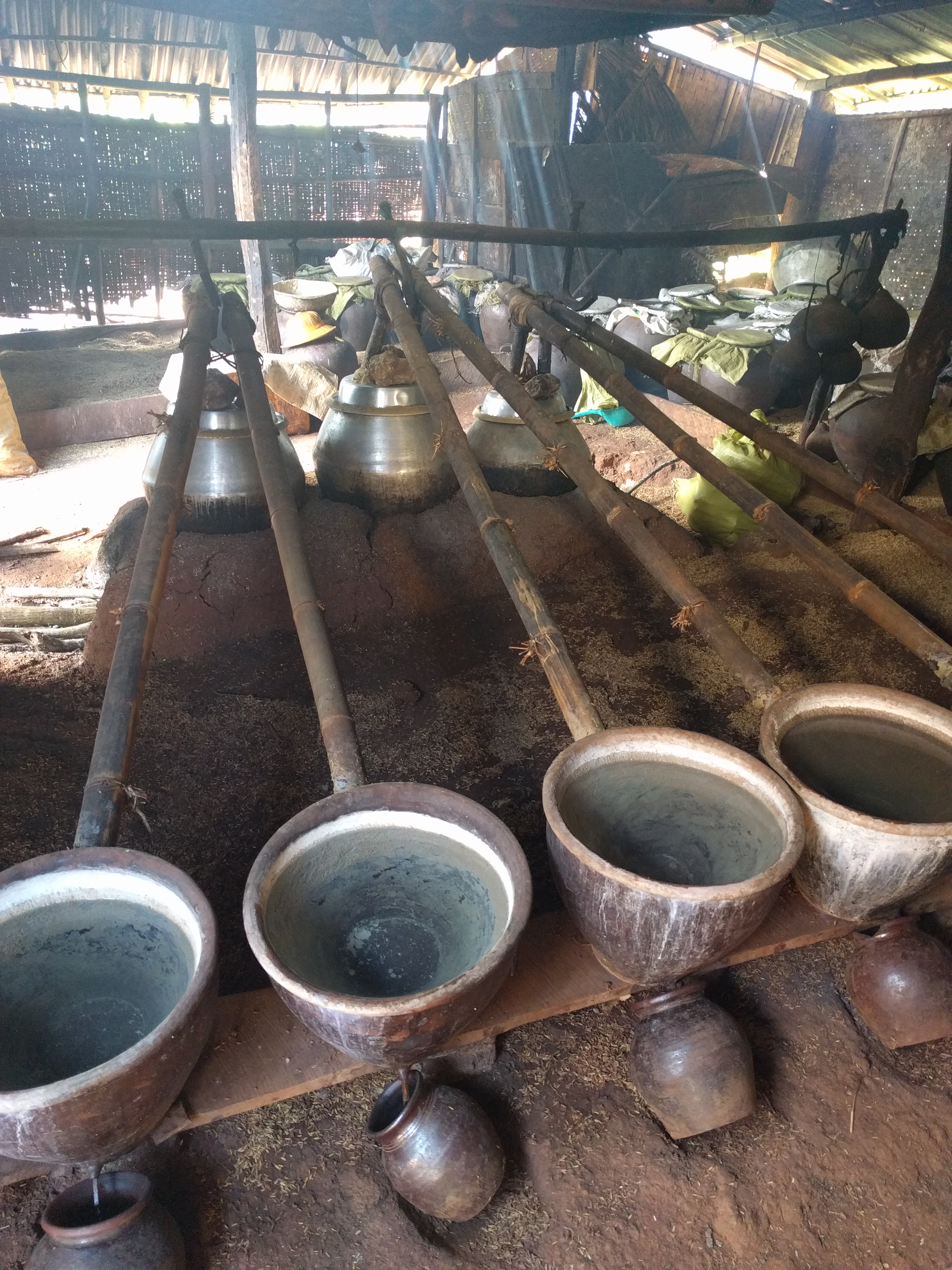
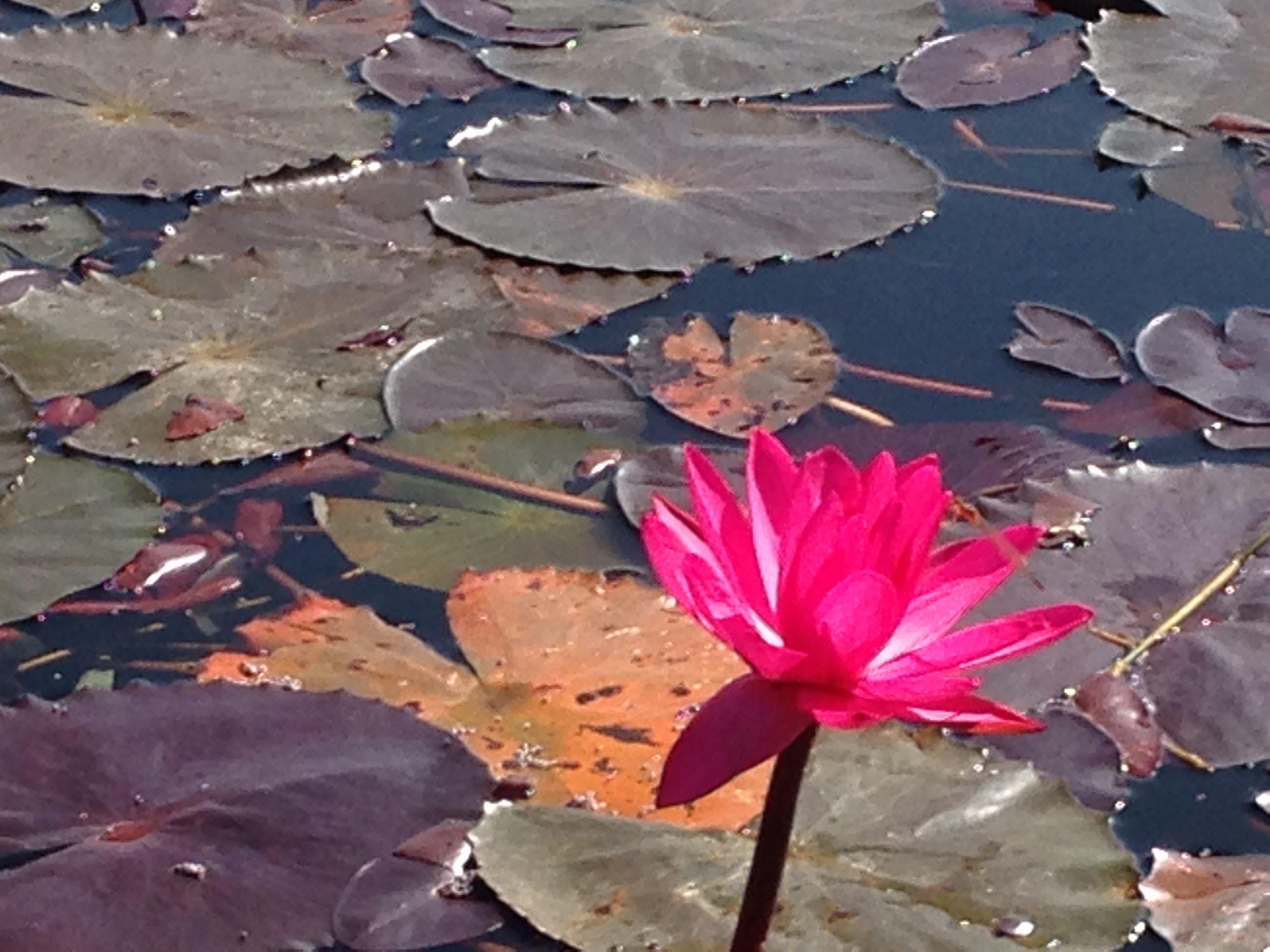
But the most impressive of all…is the people. This is as true for Inle Lake as it has been throughout Myanmar. It is impossible to walk down the street without being met with a huge smile and somebody greeting you with the local “Mingalabar”. This is even more evident with the little ones. Shy kids (generally) under the age of 4 will be beaming and waving as you go past. They will try a ‘hello’ if they are old enough or they will merely beam a huge smile and wave.



And lastly, as we always do…we eat local. We ignore the hotels and we find dodgy little shacks to eat at. Our options this time around were a little limited as we were in an out of the way location. But a short 2km walk away was the long jetty at Maing Thauk. This is the location that you could come to to get a boat for the day if you did not want to add the ‘Novotel’ premium to your price. But it is also the location of some local fare that is just delicious. The jetty itself is quite the tourist attraction and makes for some stunning sunset photographs along with some very tense moments in the dark as you wander along in the pitch blackness hoping not to hear a big splash meaning that Jill or I has hit the water.
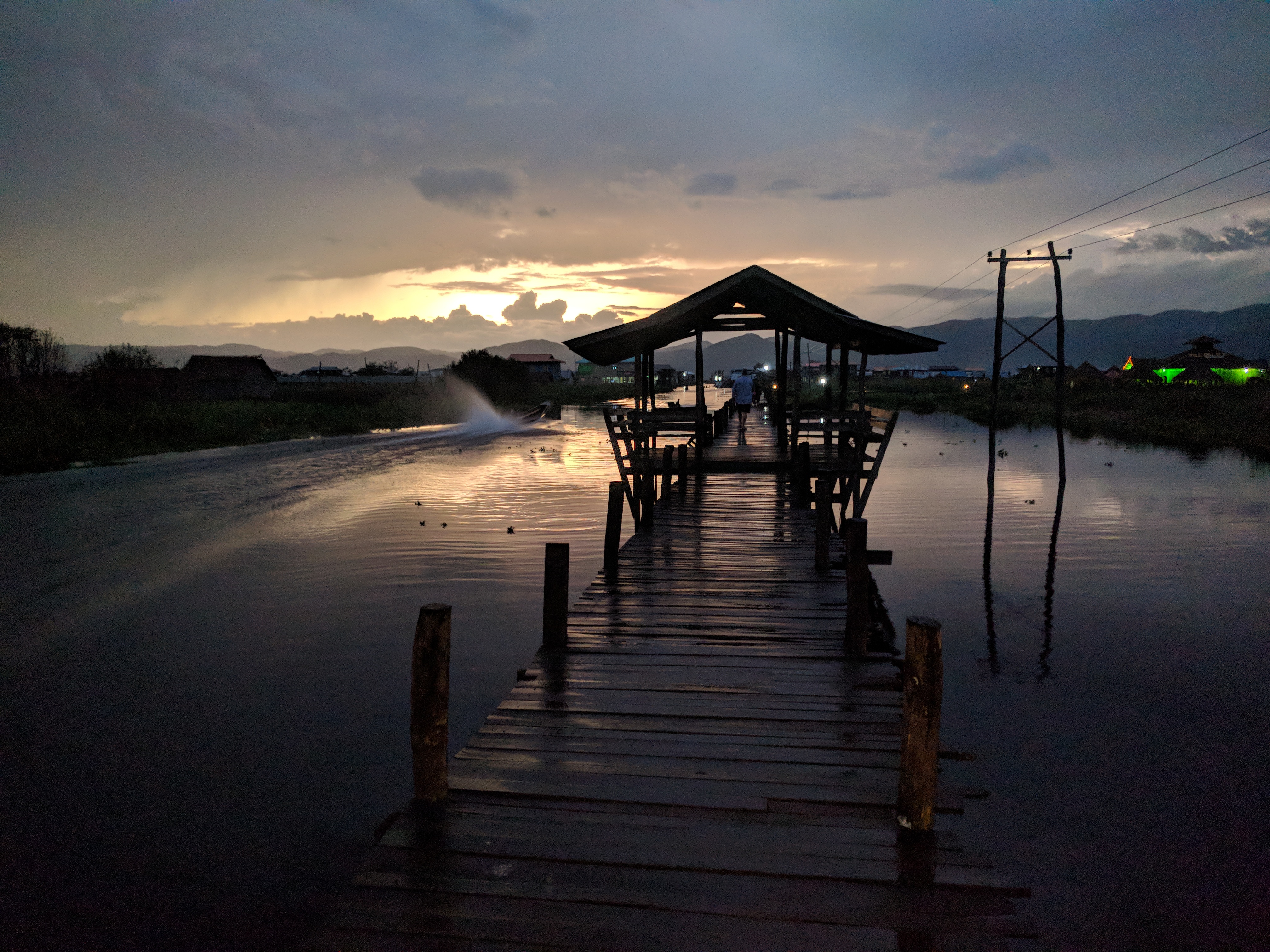
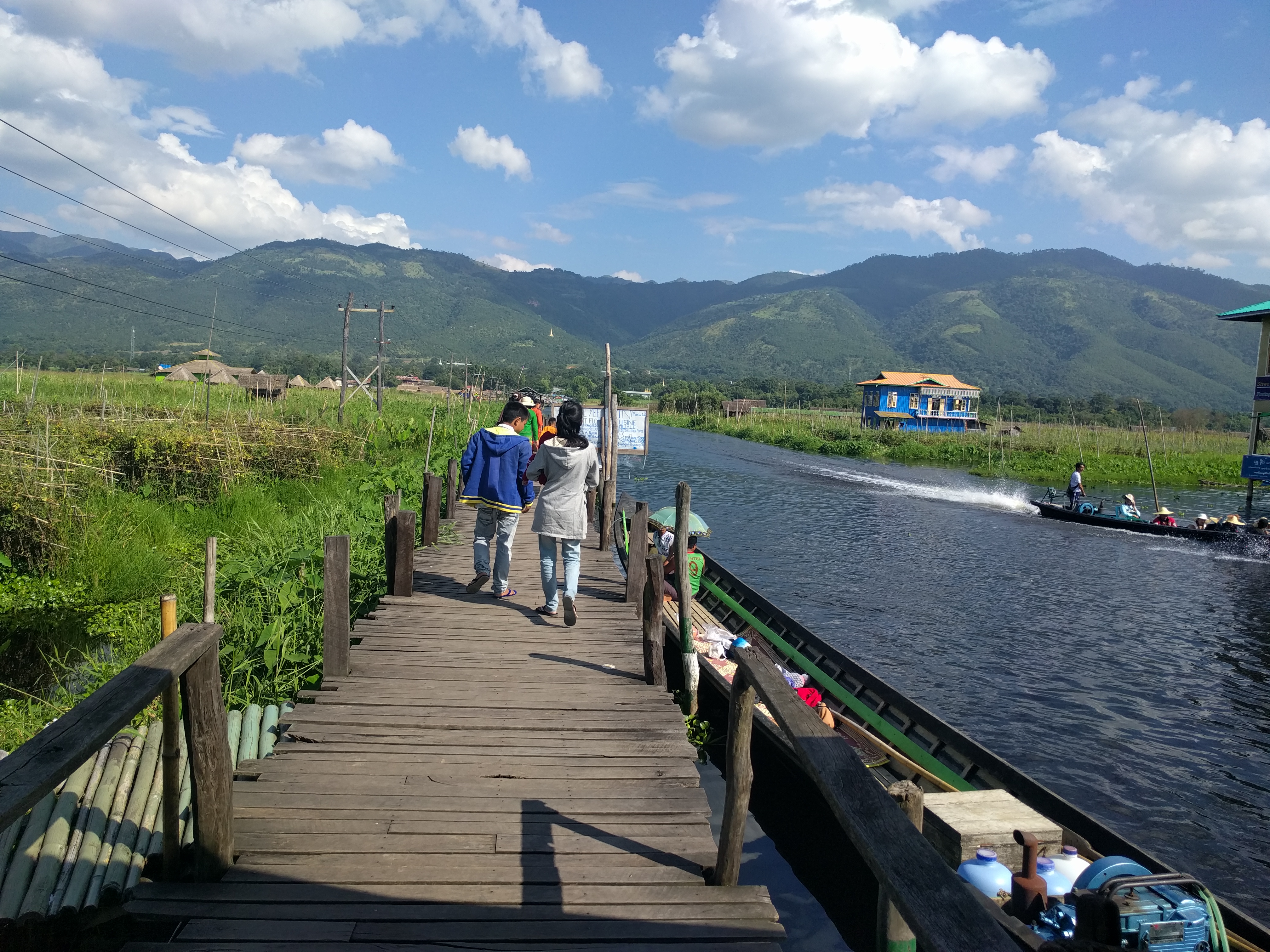

But we didn’t…and we found about 4 different restaurants along the jetty serving local food, cold beer and heapings of smiles and hospitality. Plates give way to lily leaves and the local salads come to the fore. The local avocados are the smoothest and creamiest that I have ever tasted and the other offerings that they put forward are tough to beat. And needless to say, for a village on the lake…they know how to cook a really good fish. We tried many incantations of the fish and they were magnificent.

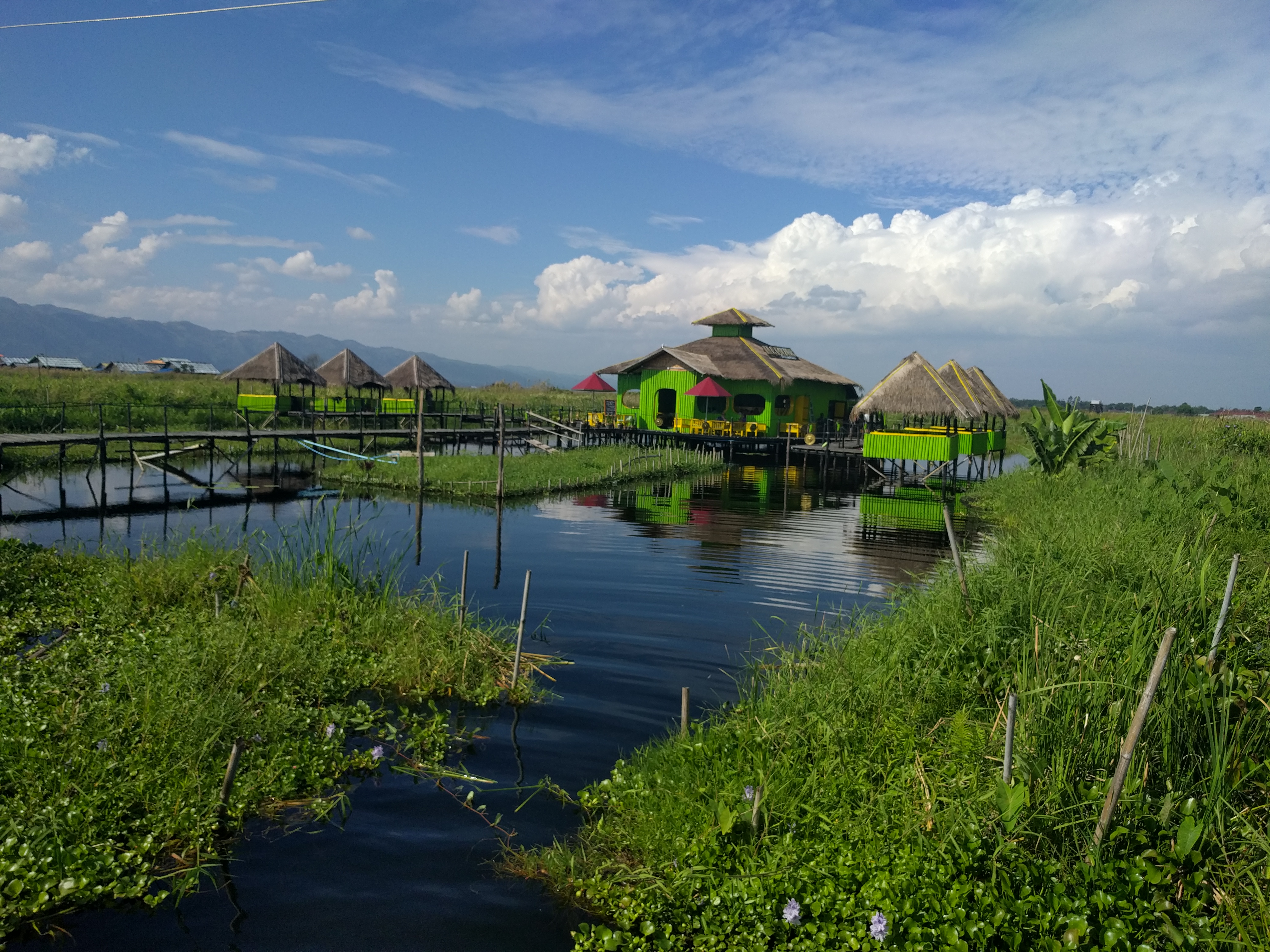
So if you are a traveller looking for a place to come, Inle Lake should be high on a list. It is on the pricey side (activities) for those on a tight budget but it is definitely worth a look…if you can swing 5-6 days here you will get to sample each of the townships and the markets. The big hotels are well priced by western standards (half to one third of back home) for the rooms but comparable on the food and drinks.
